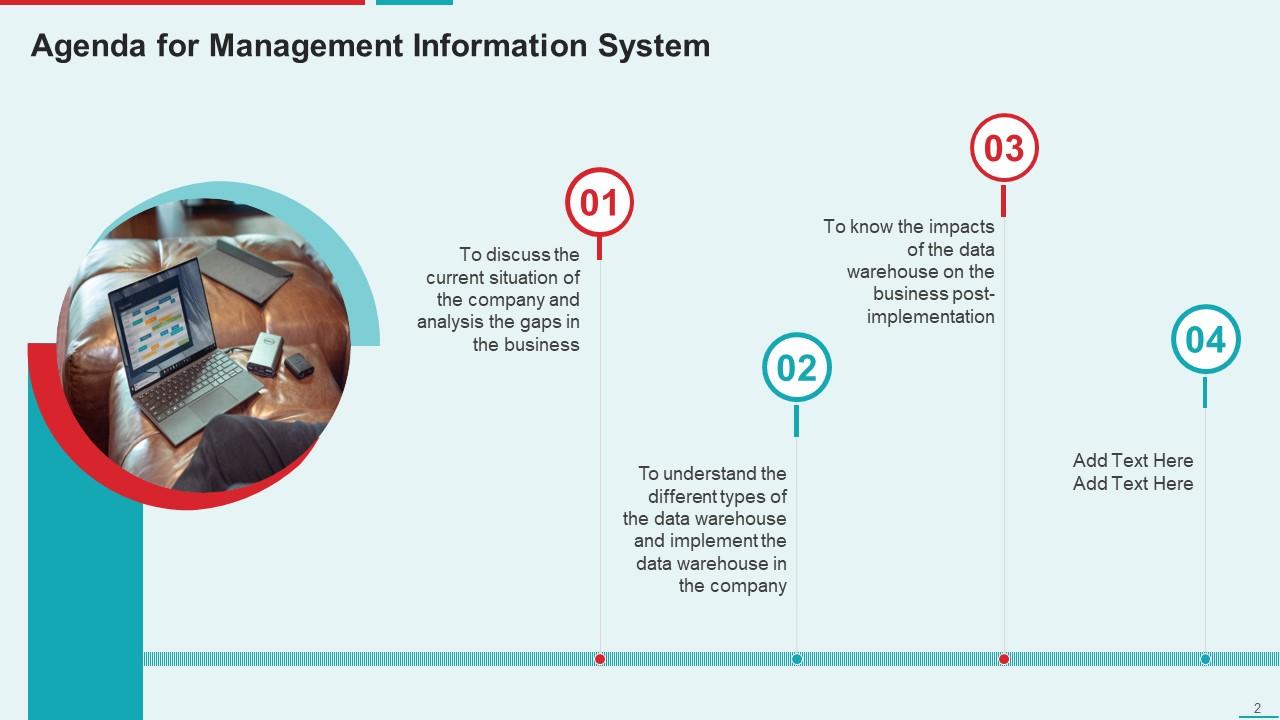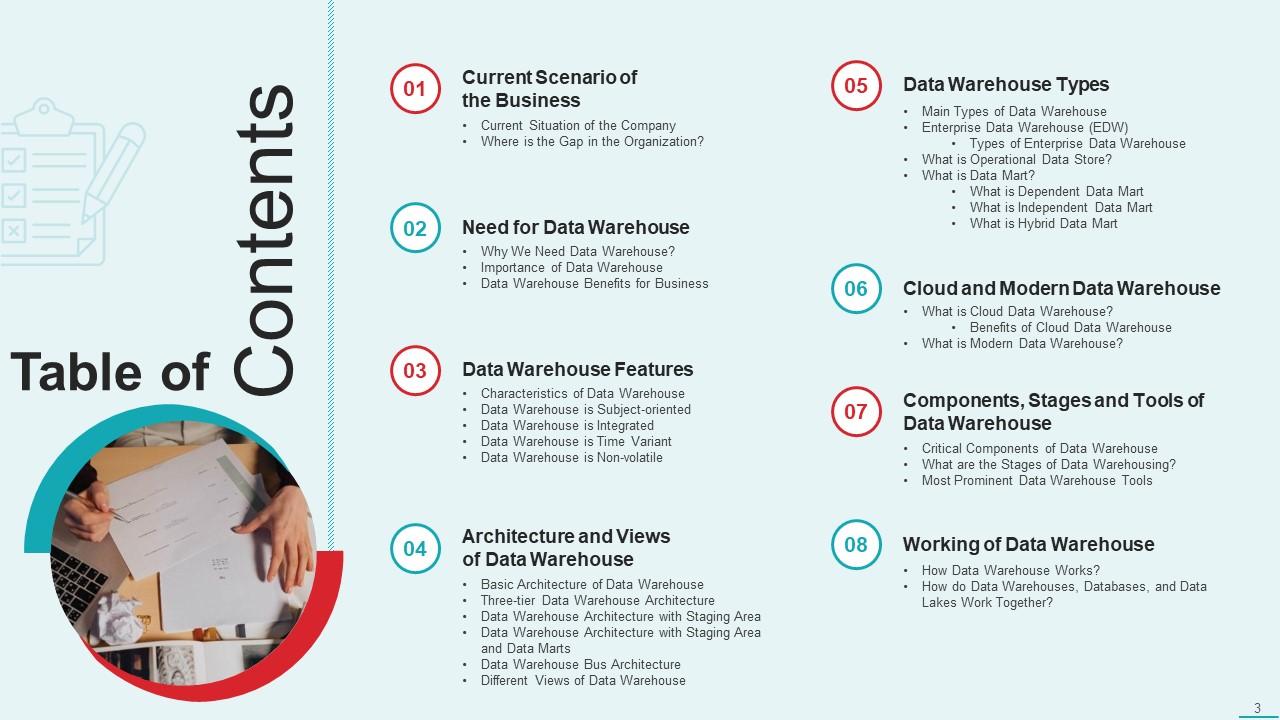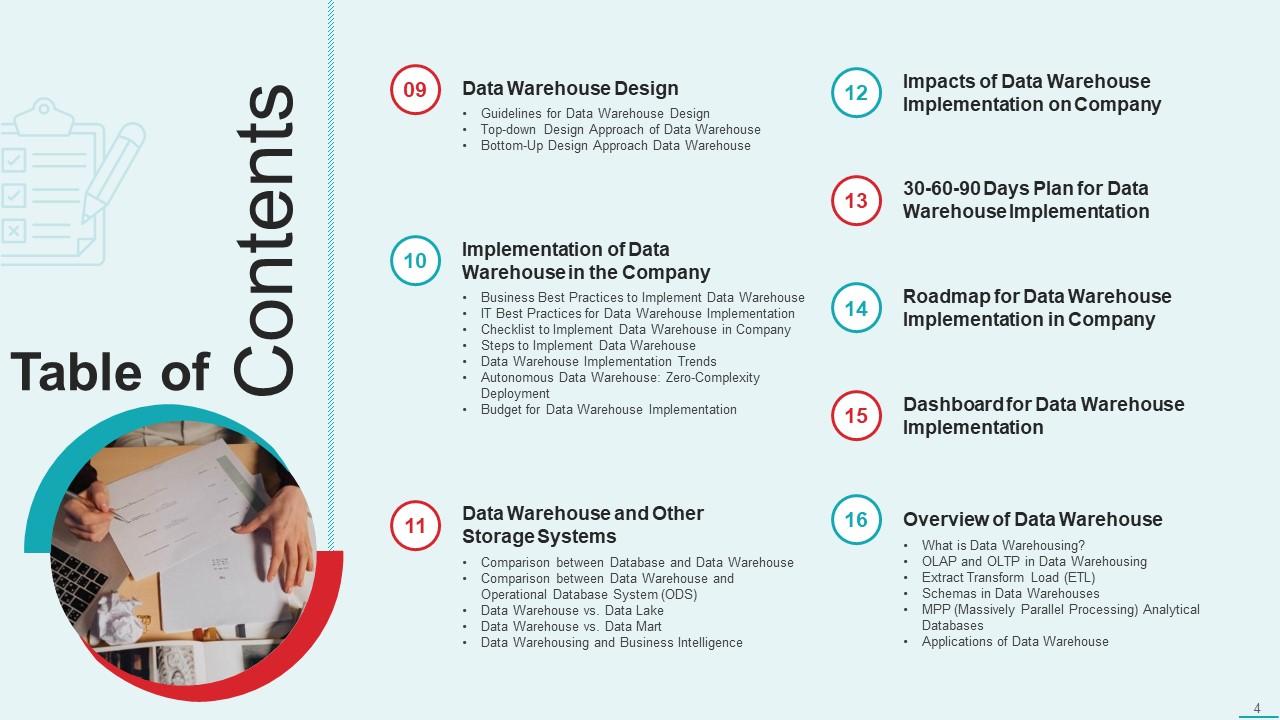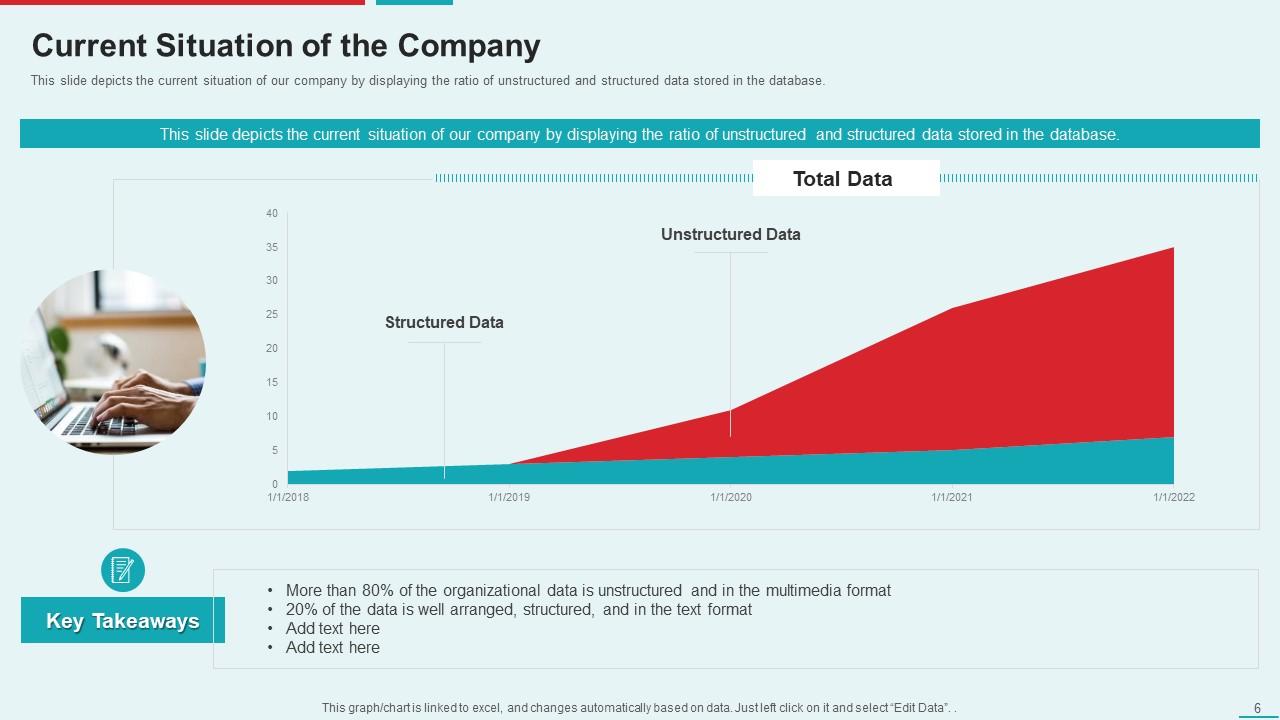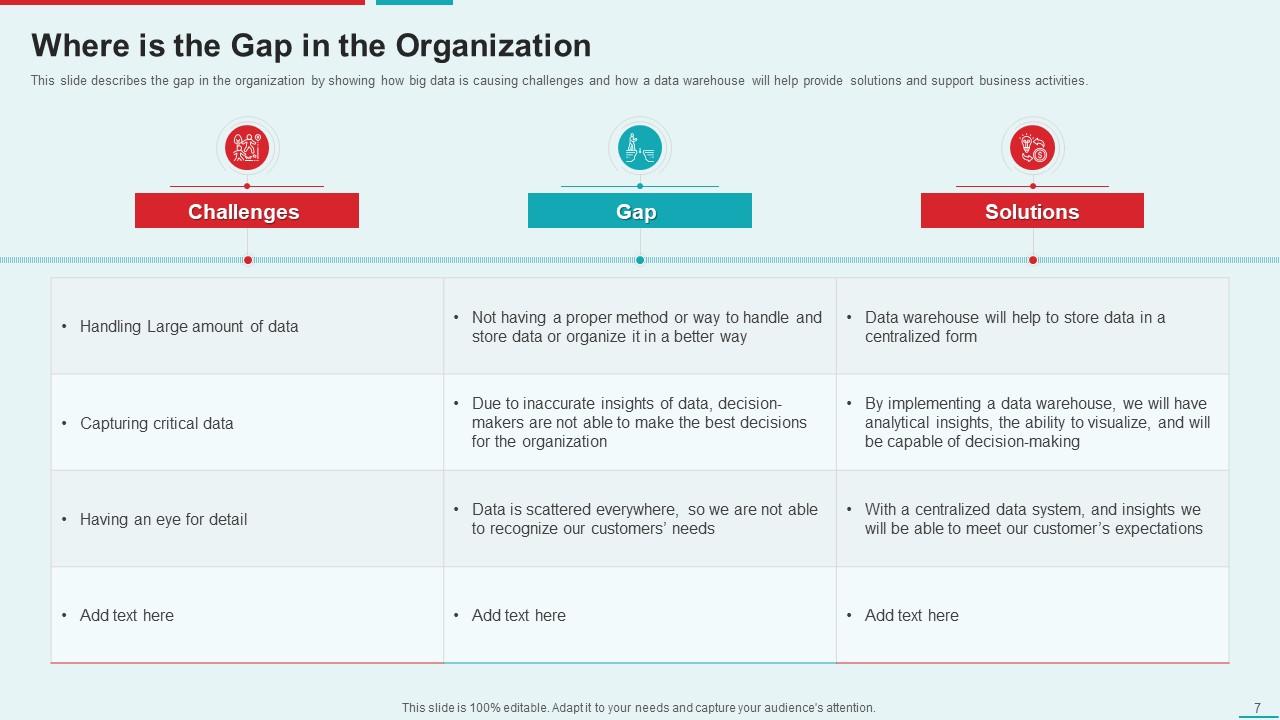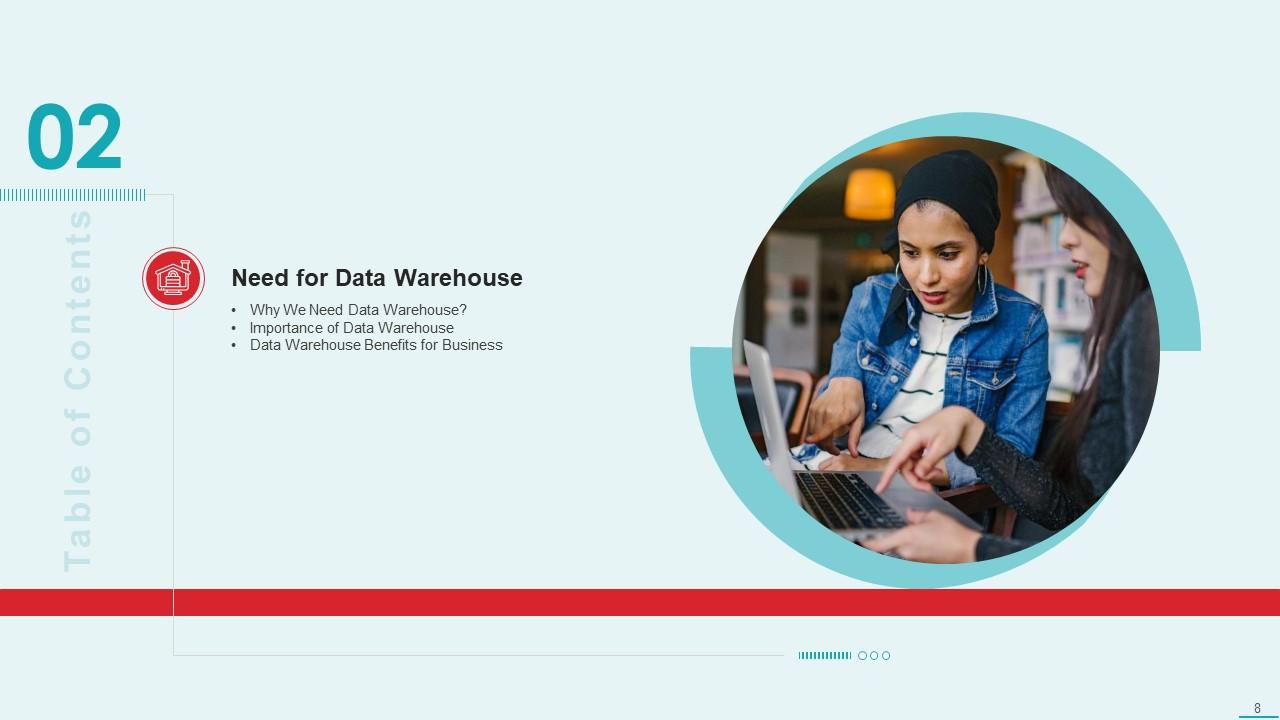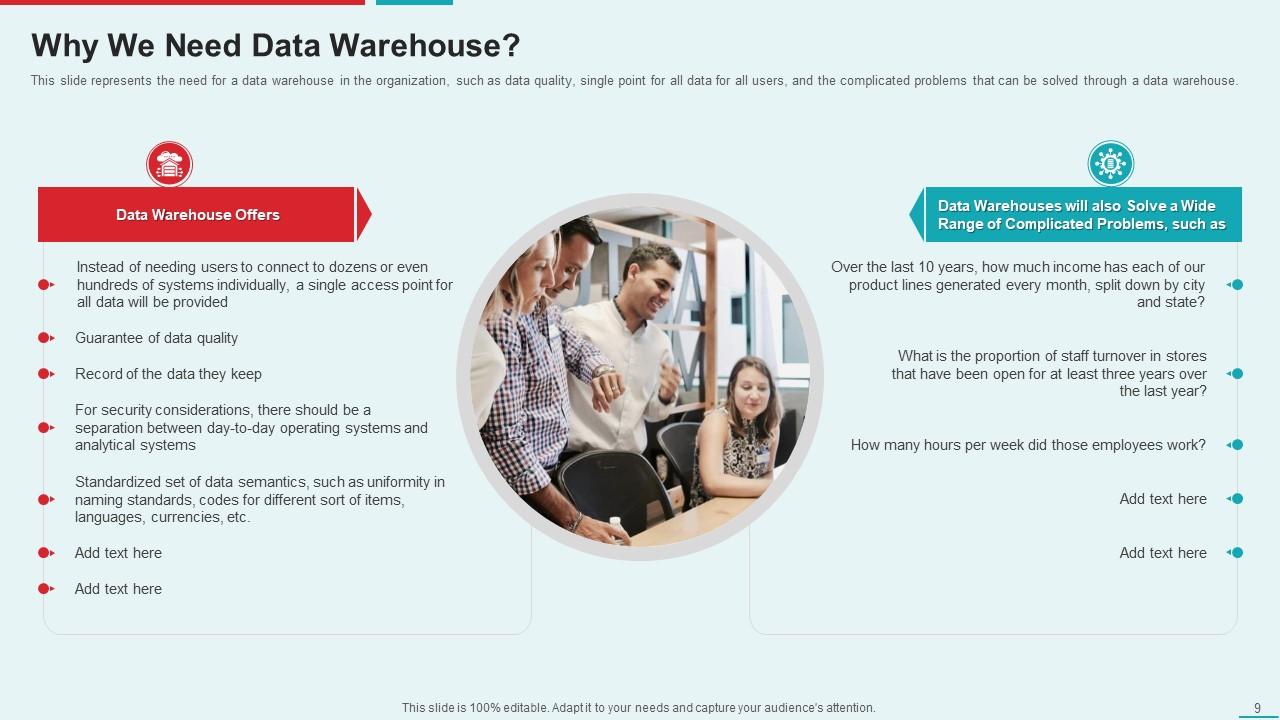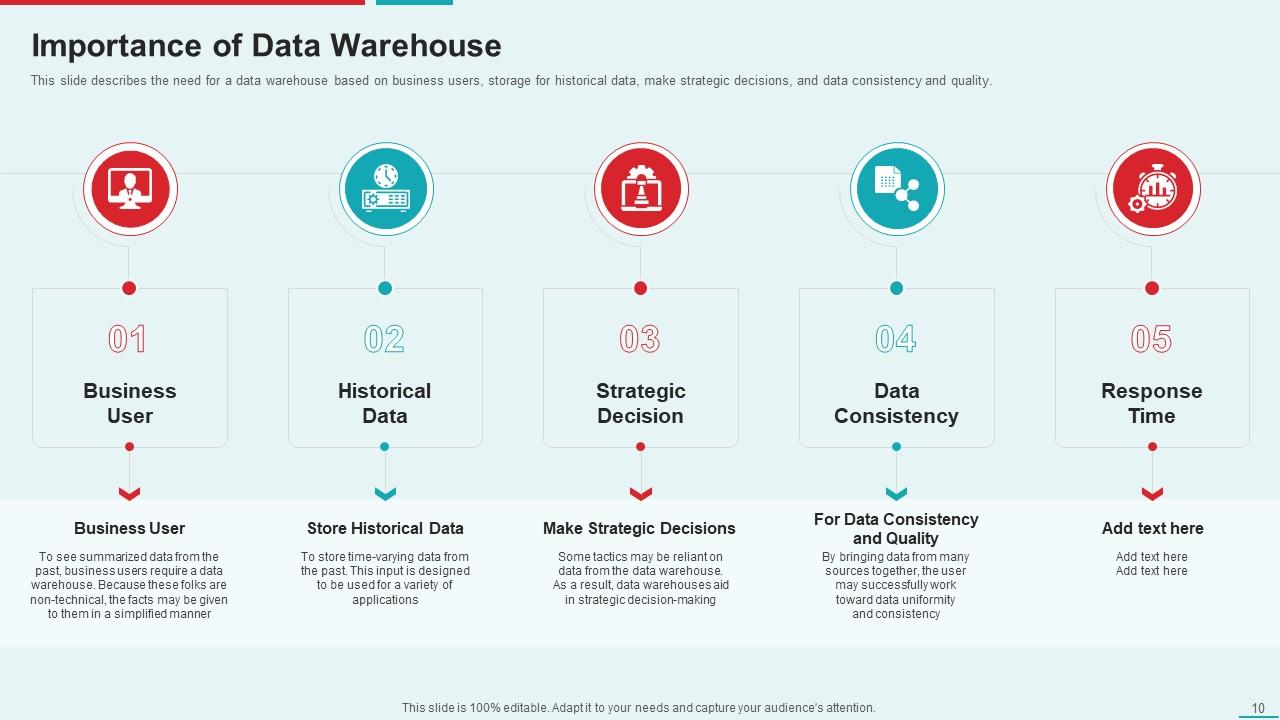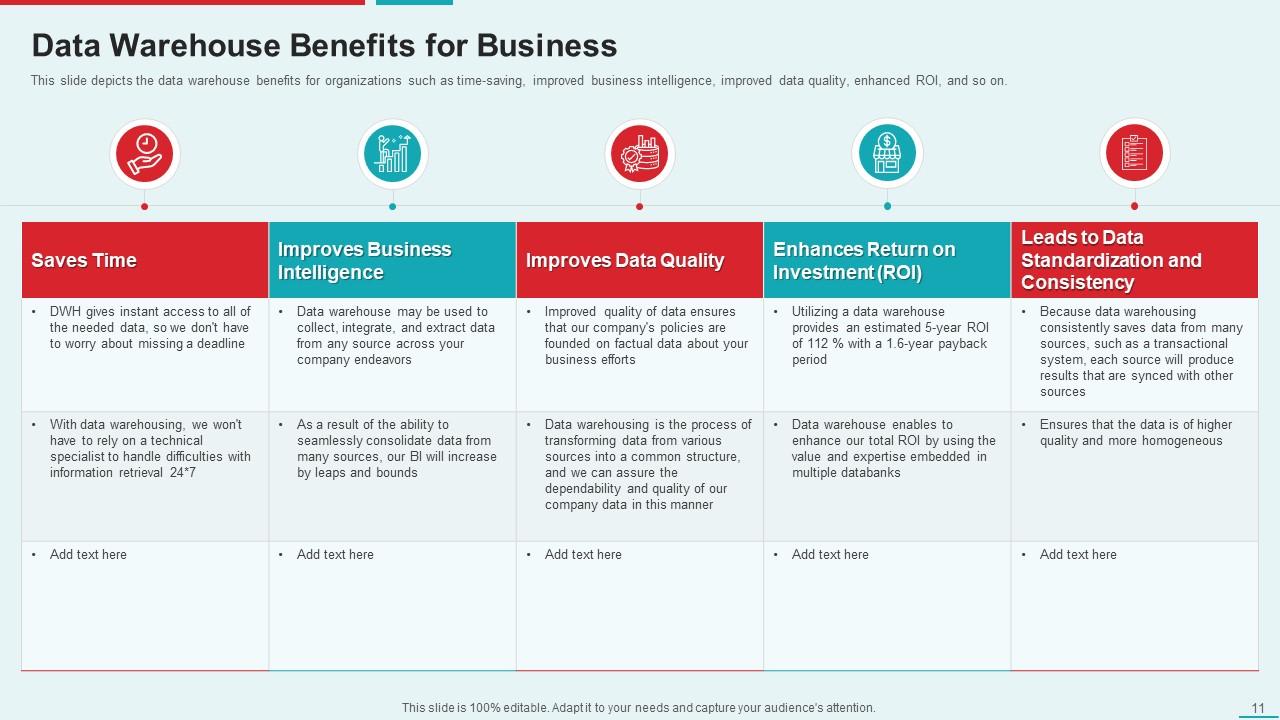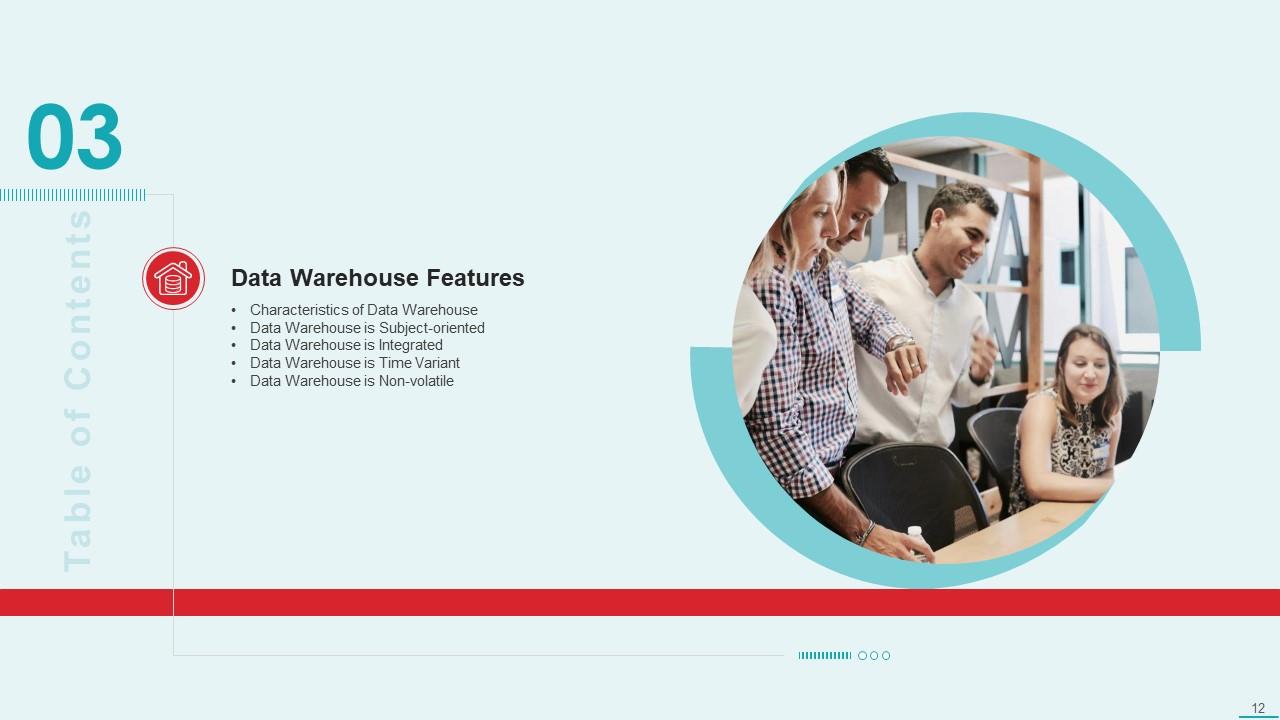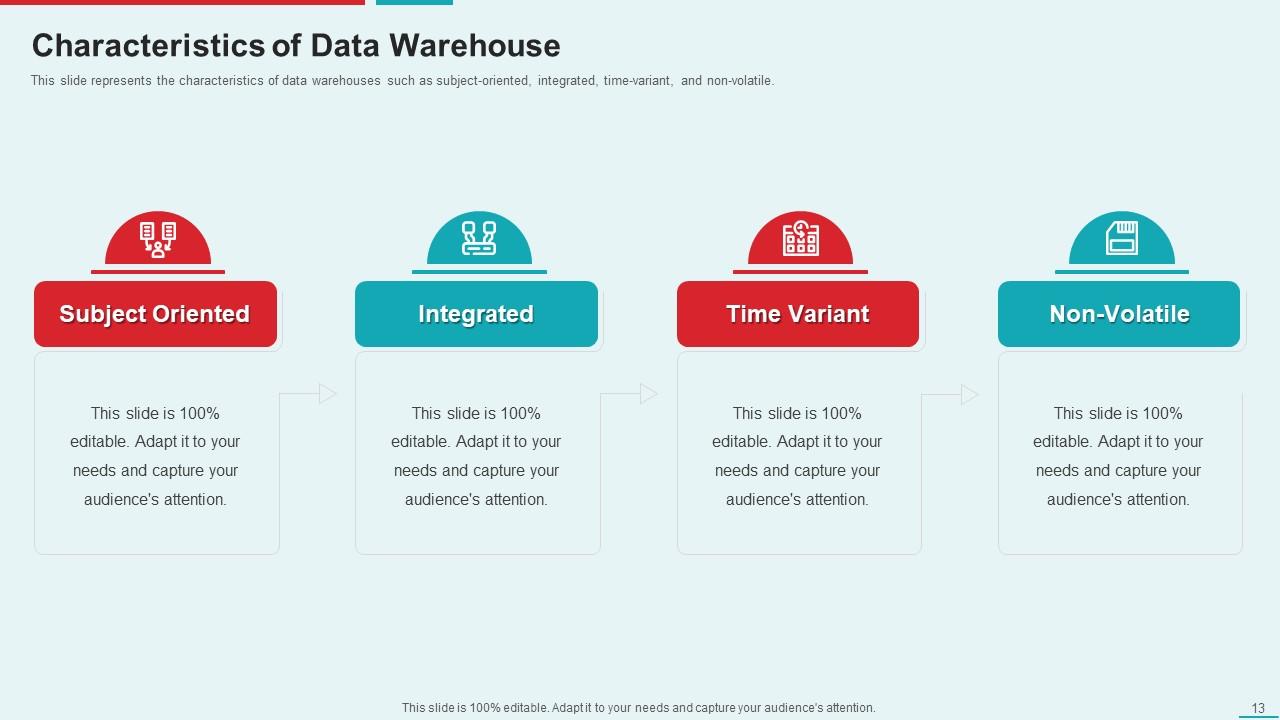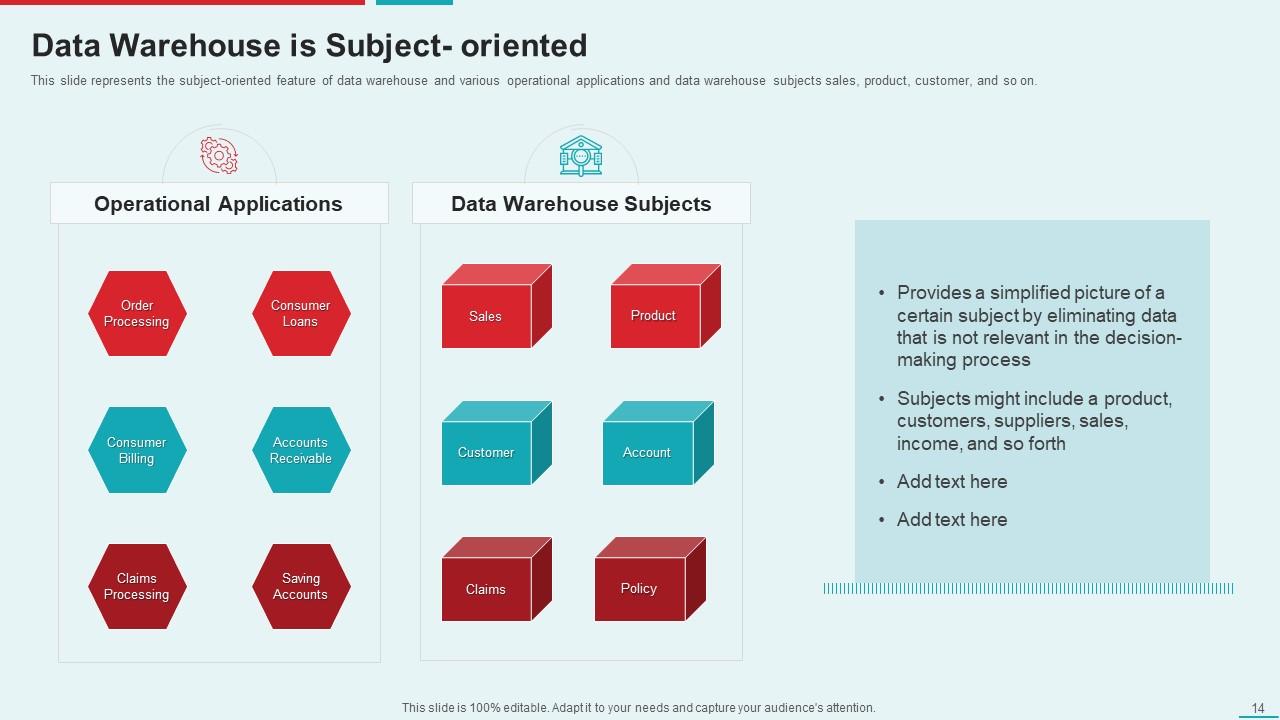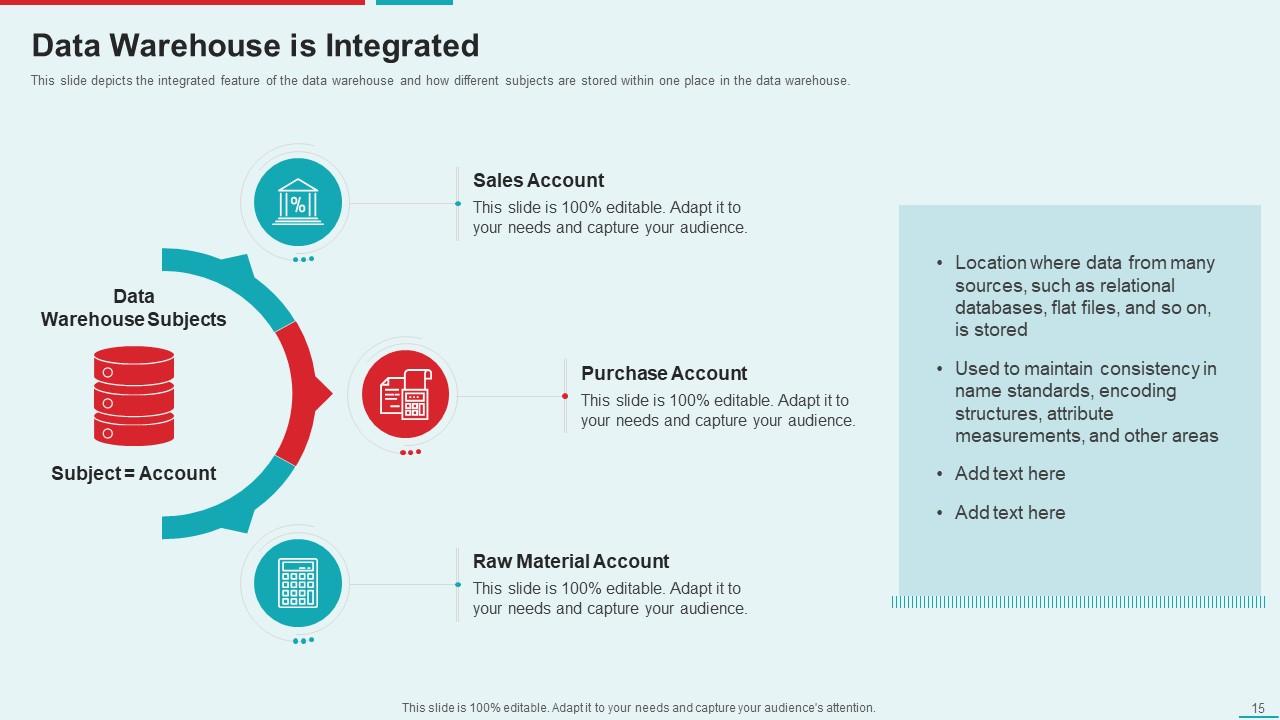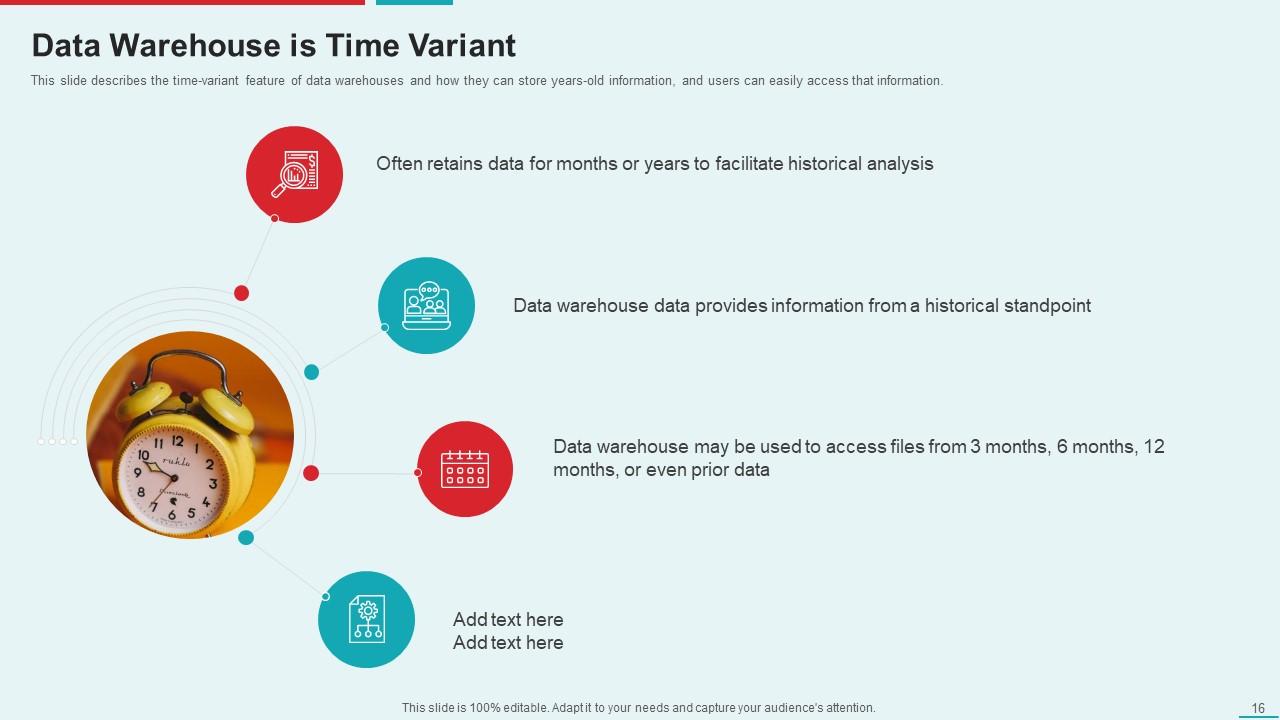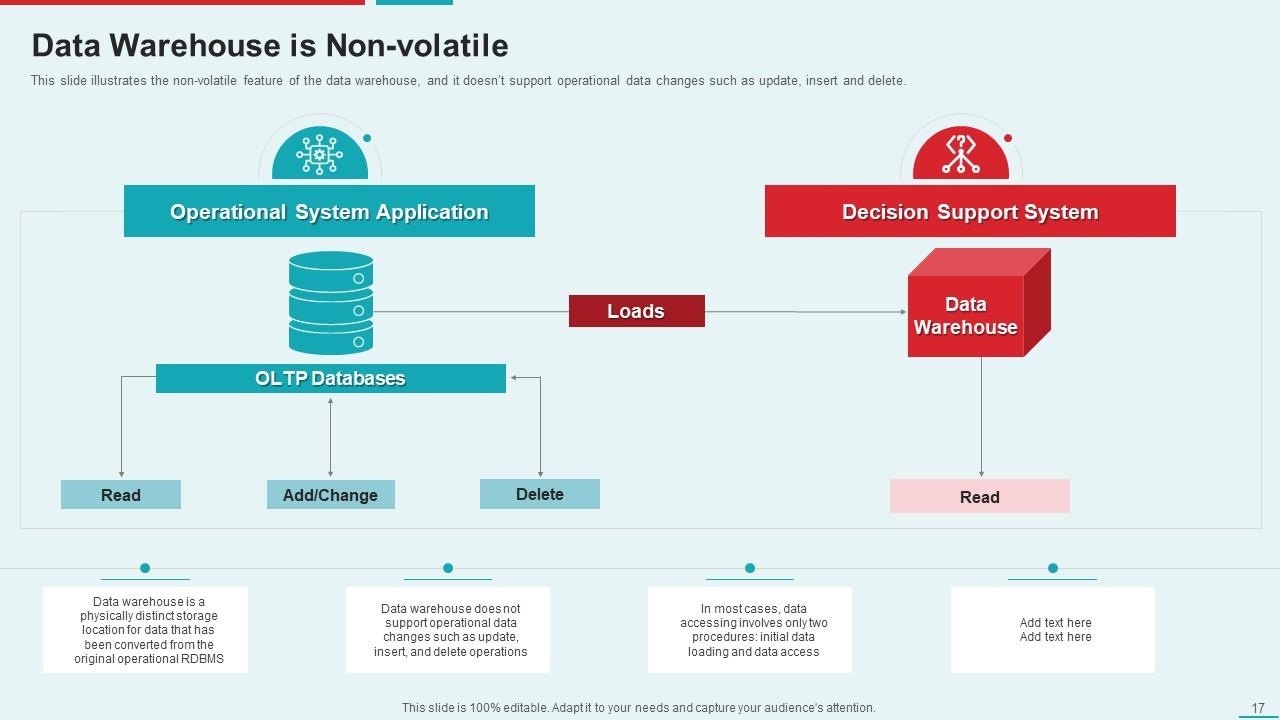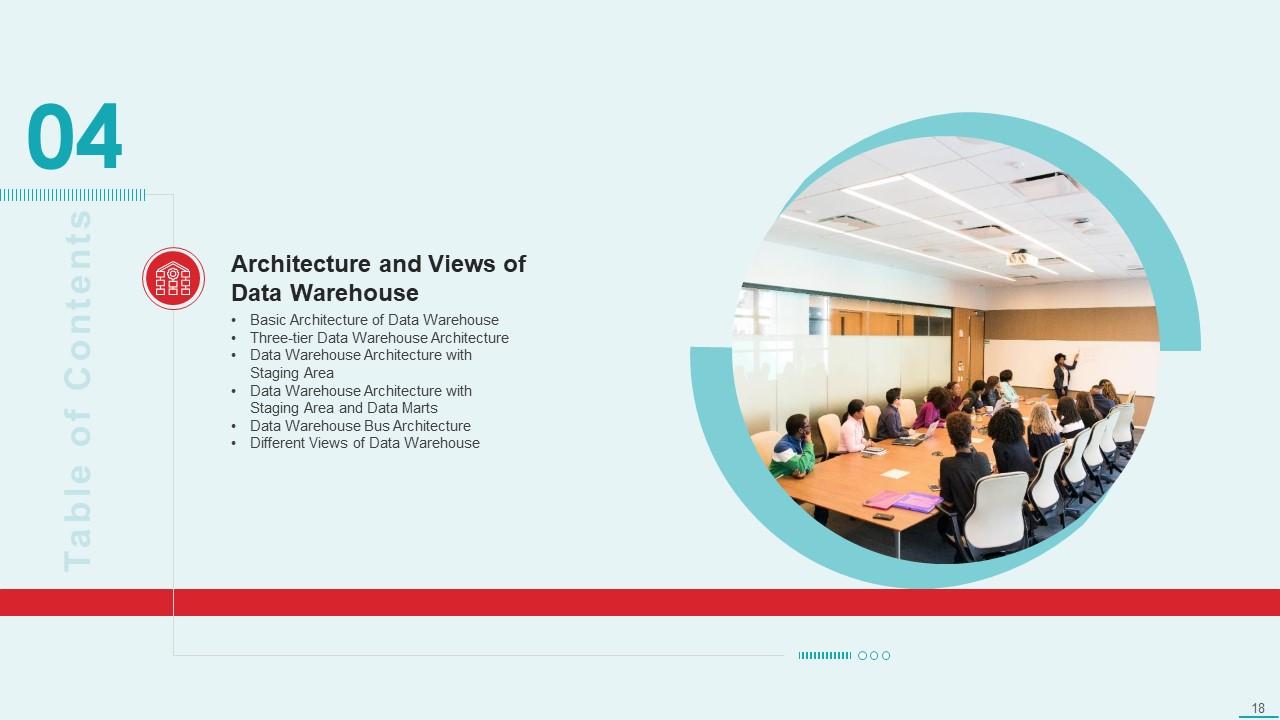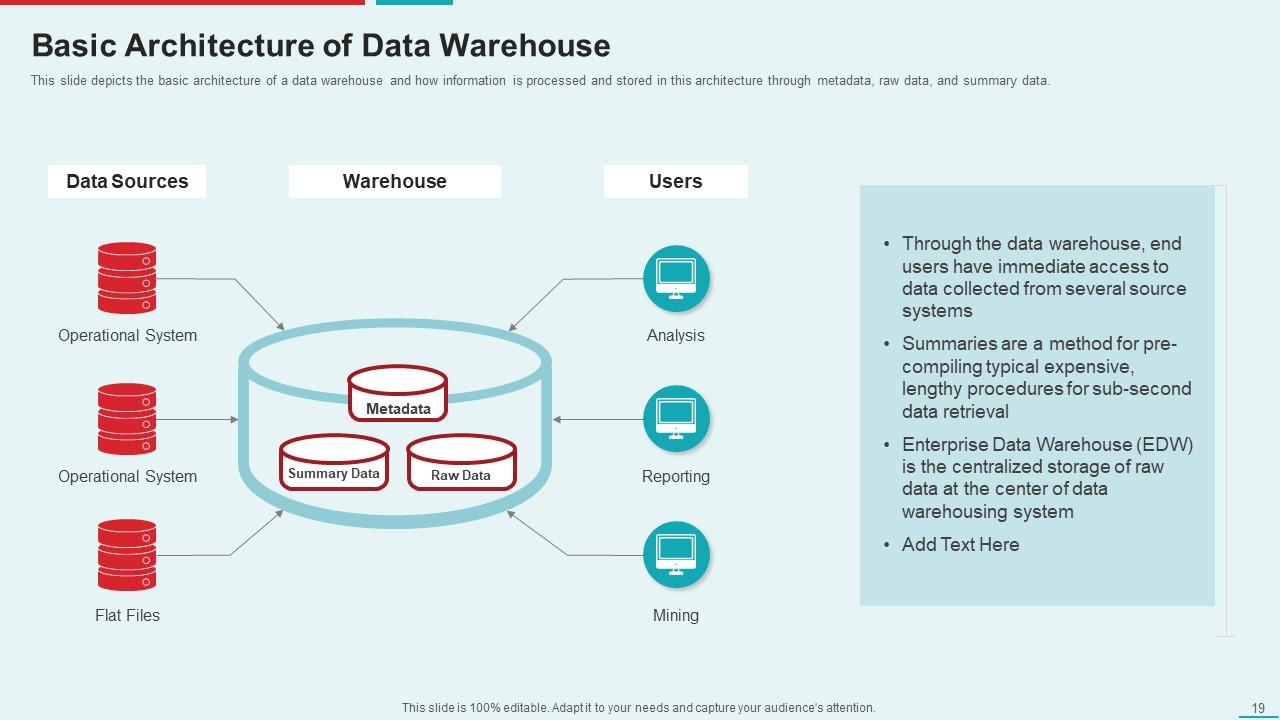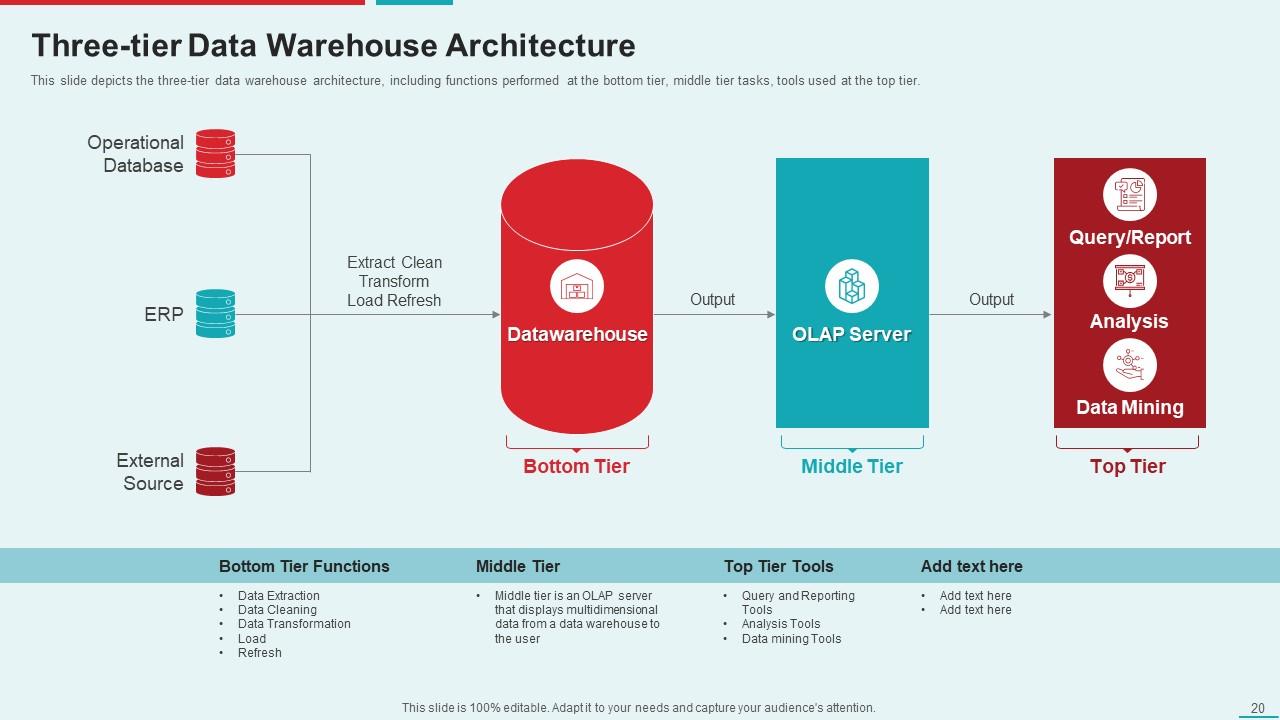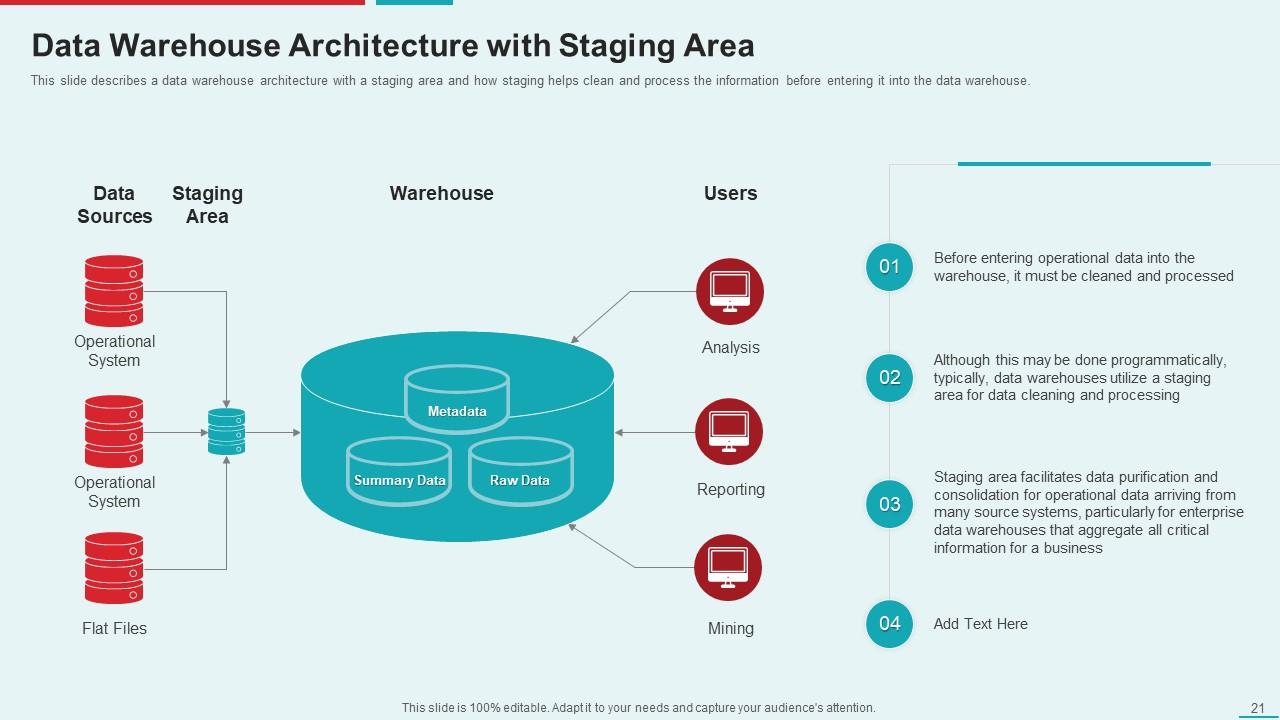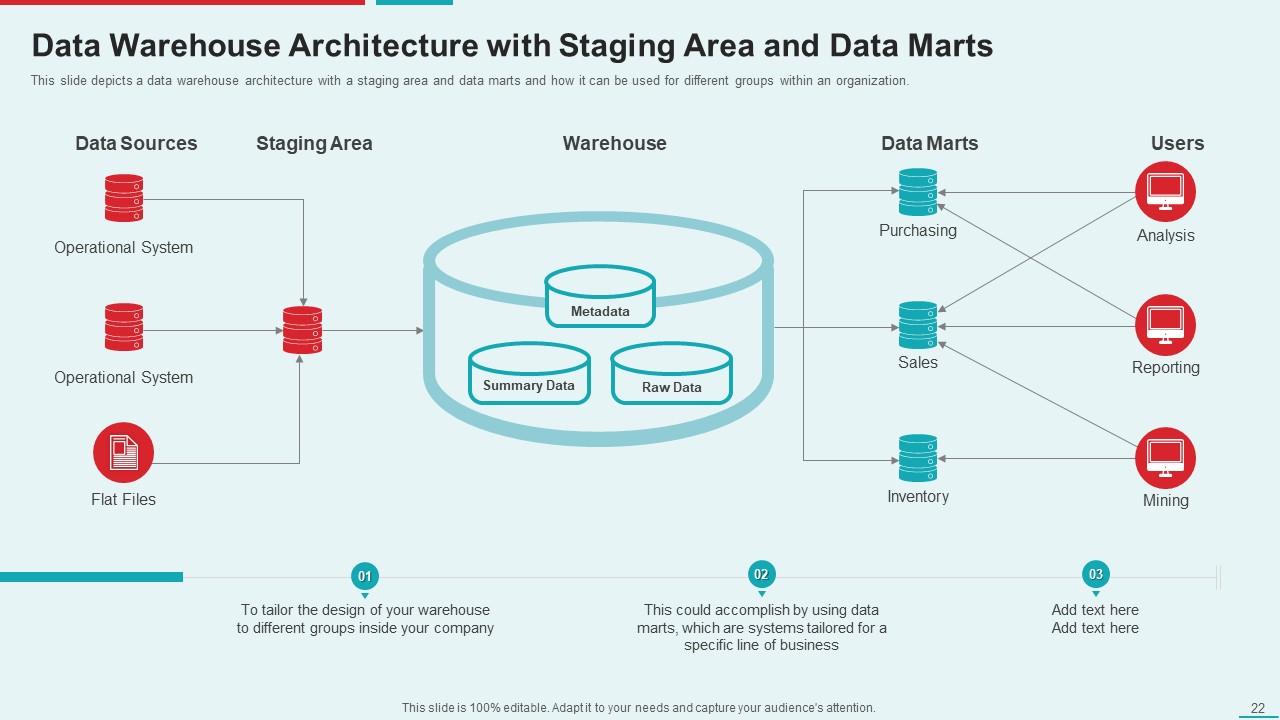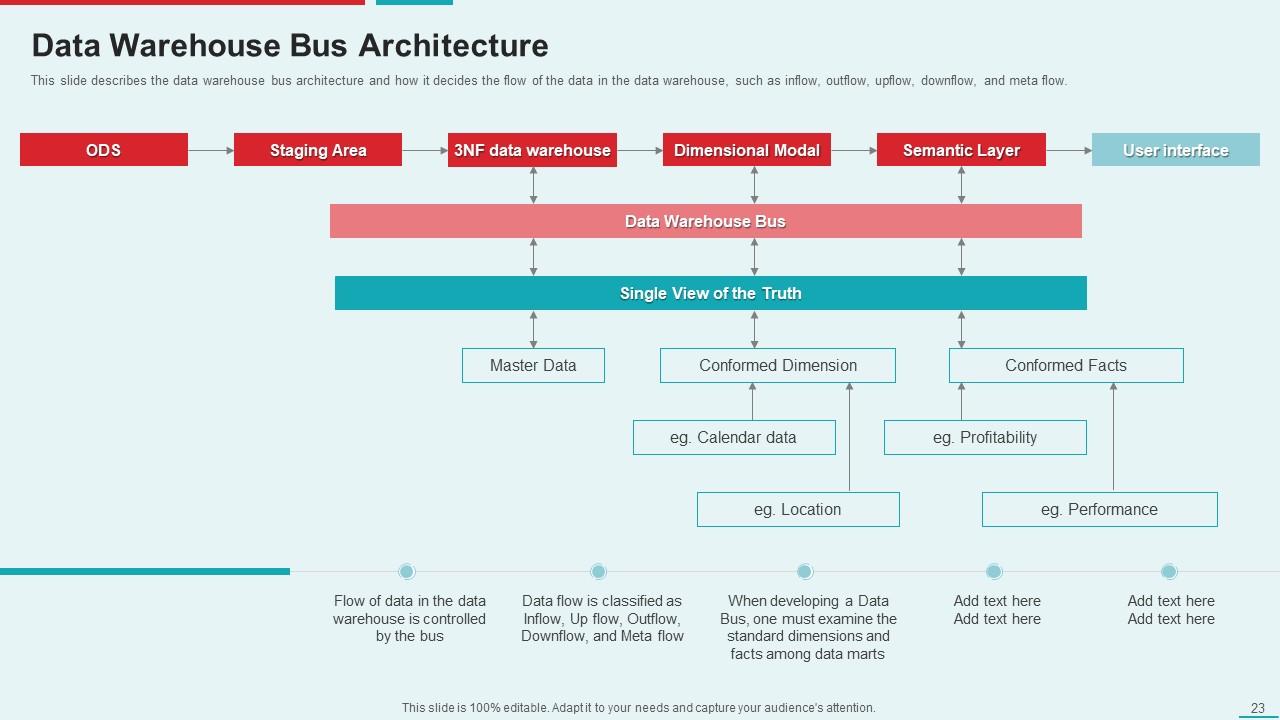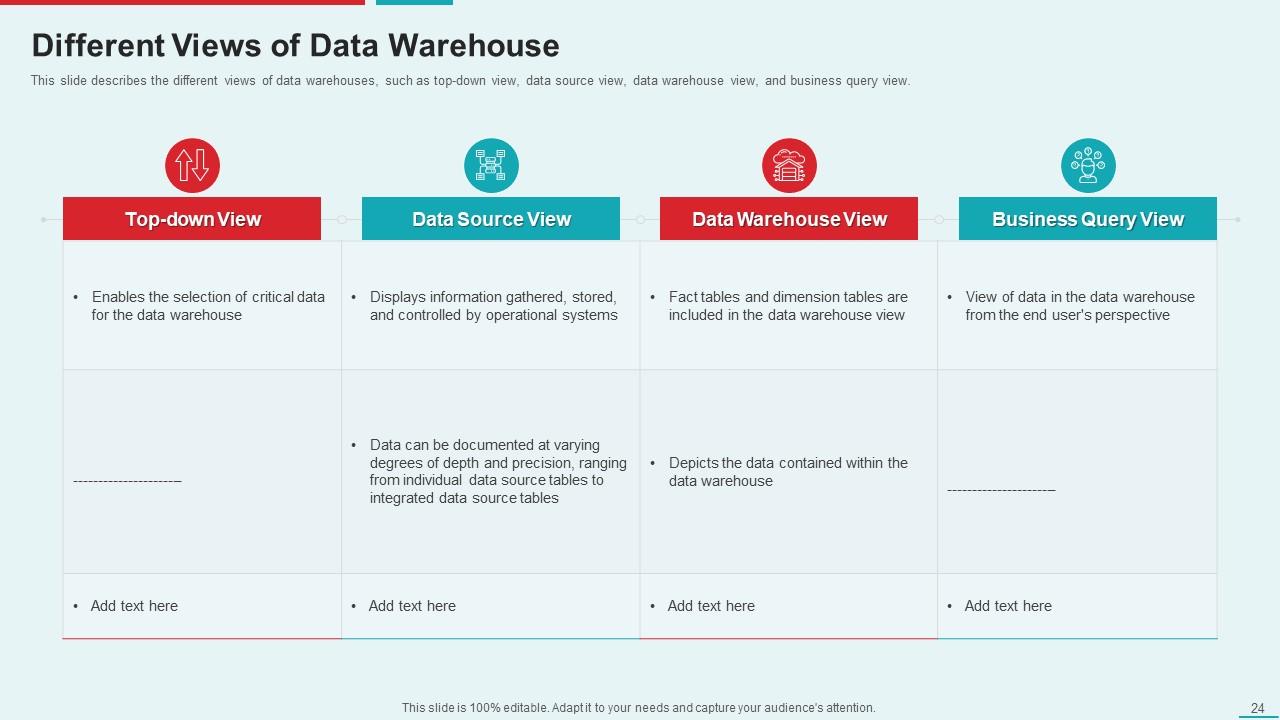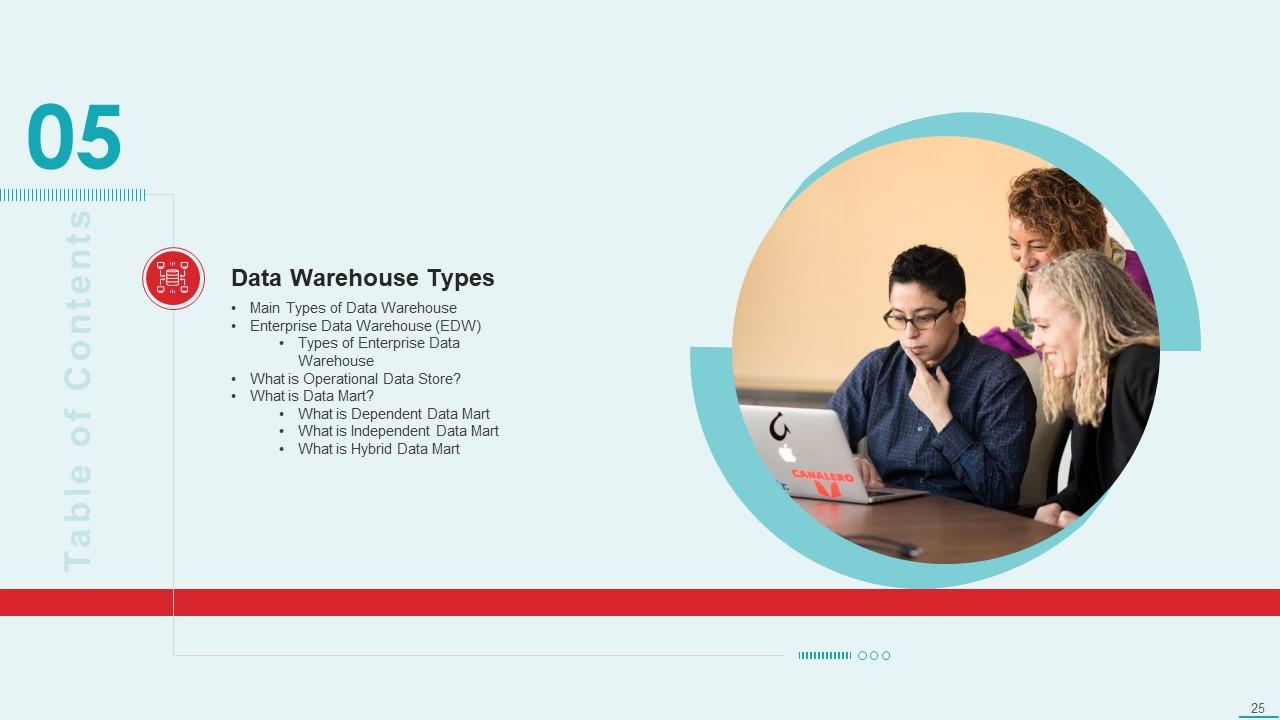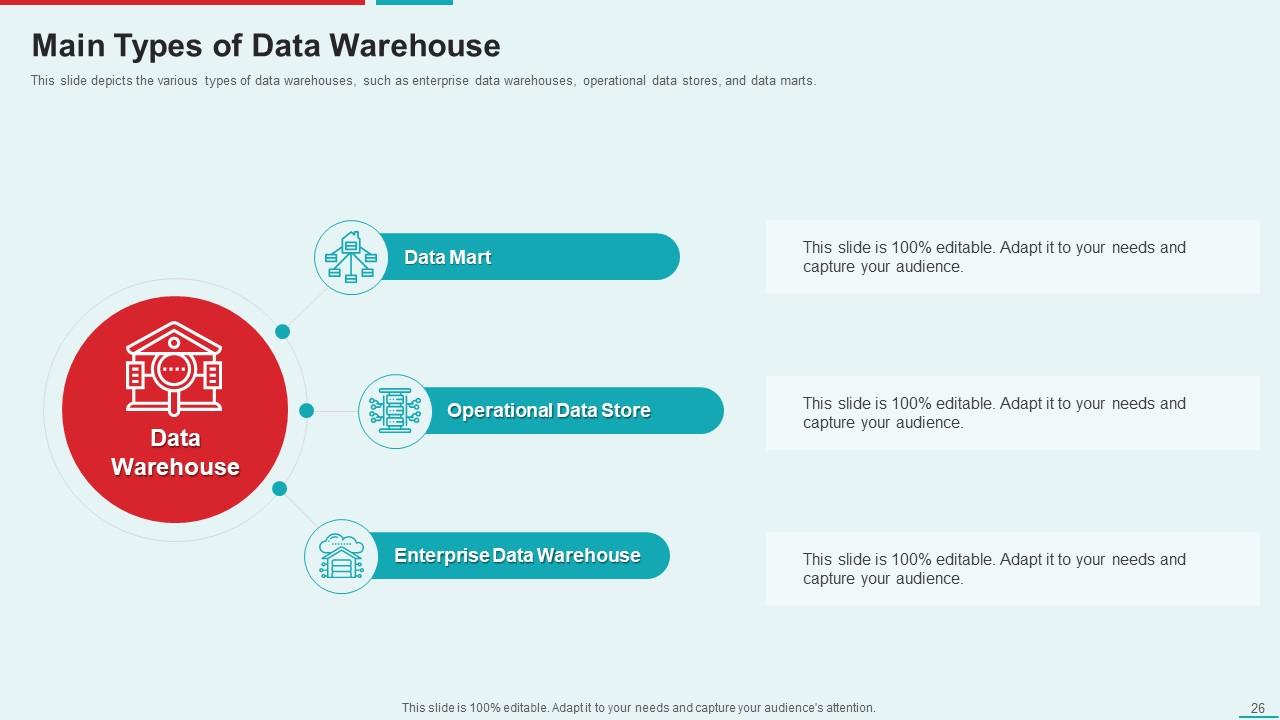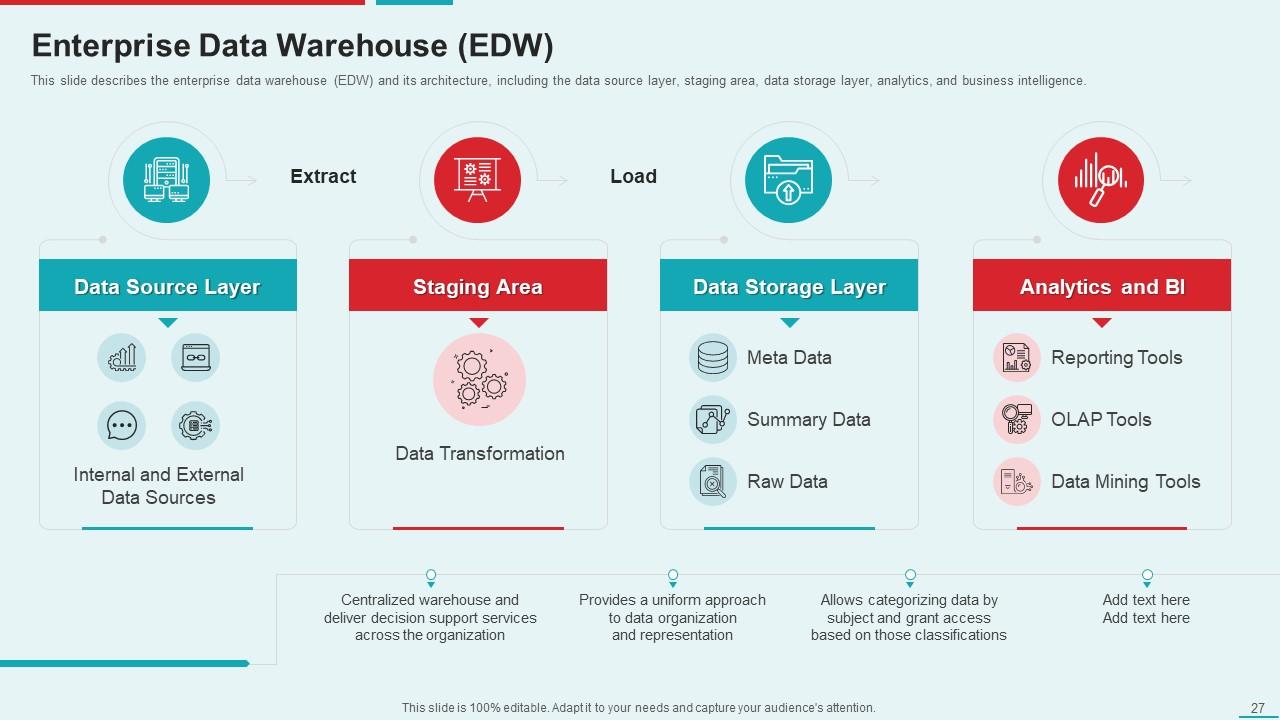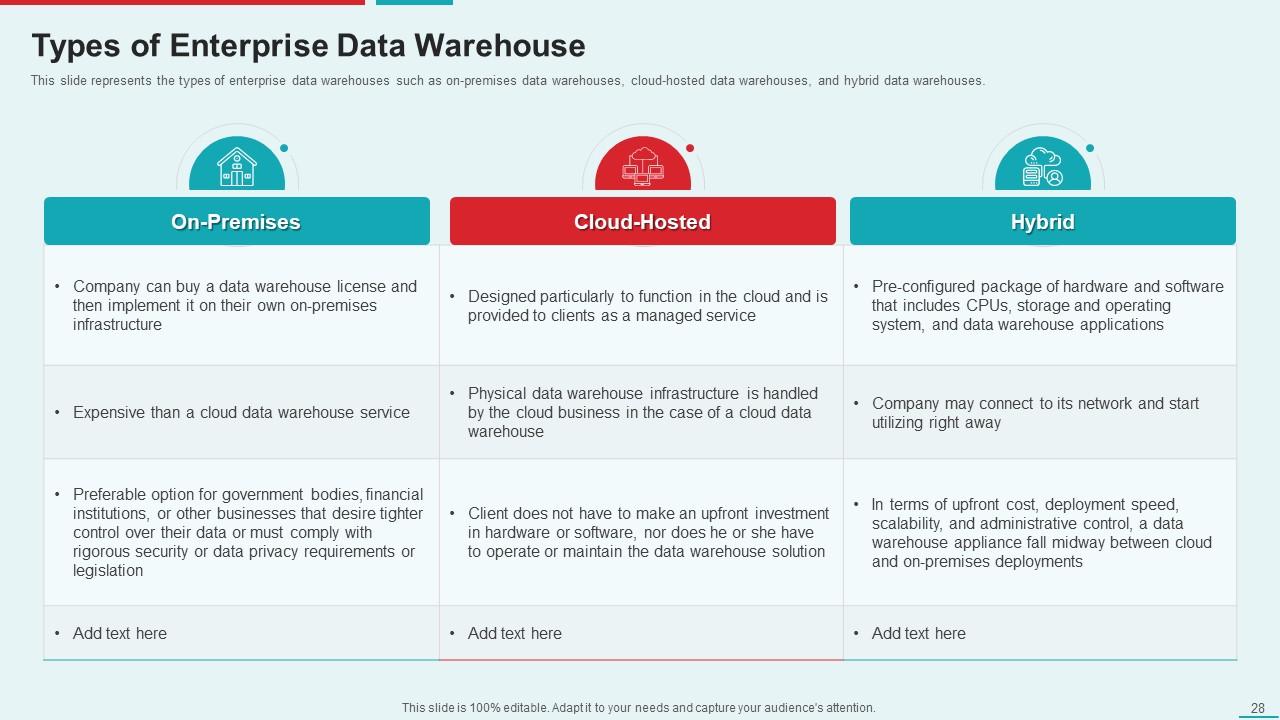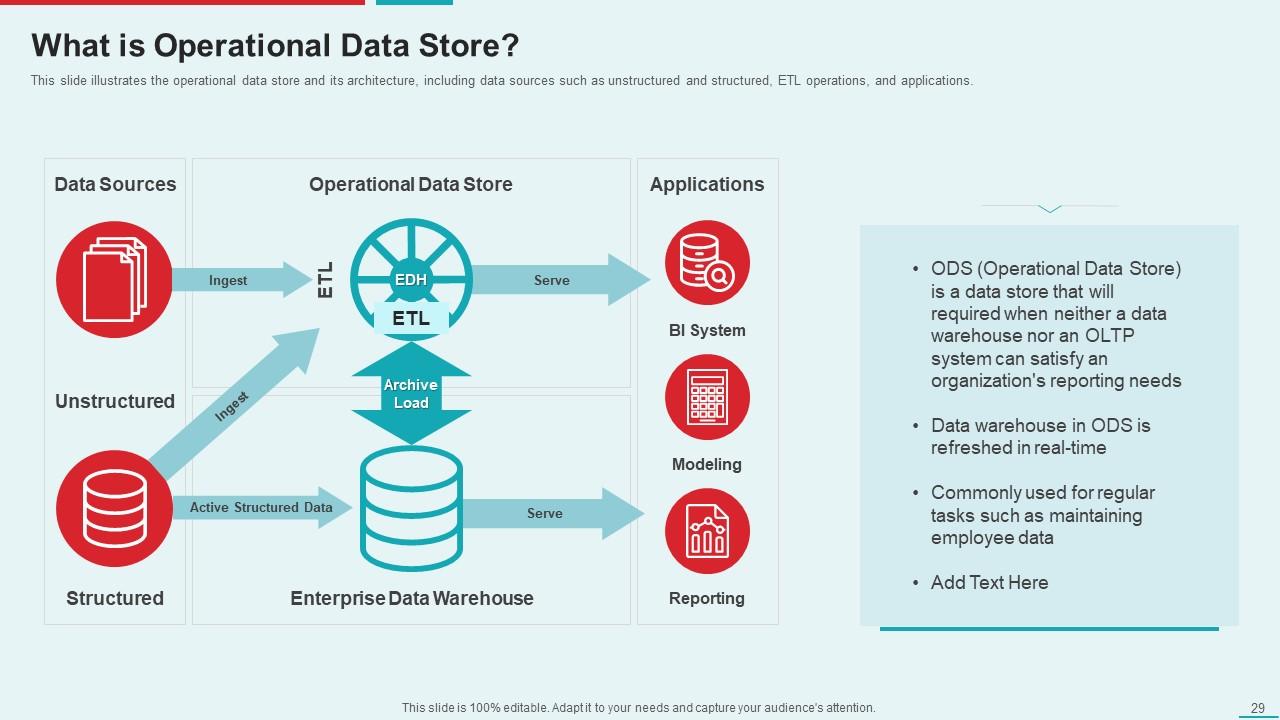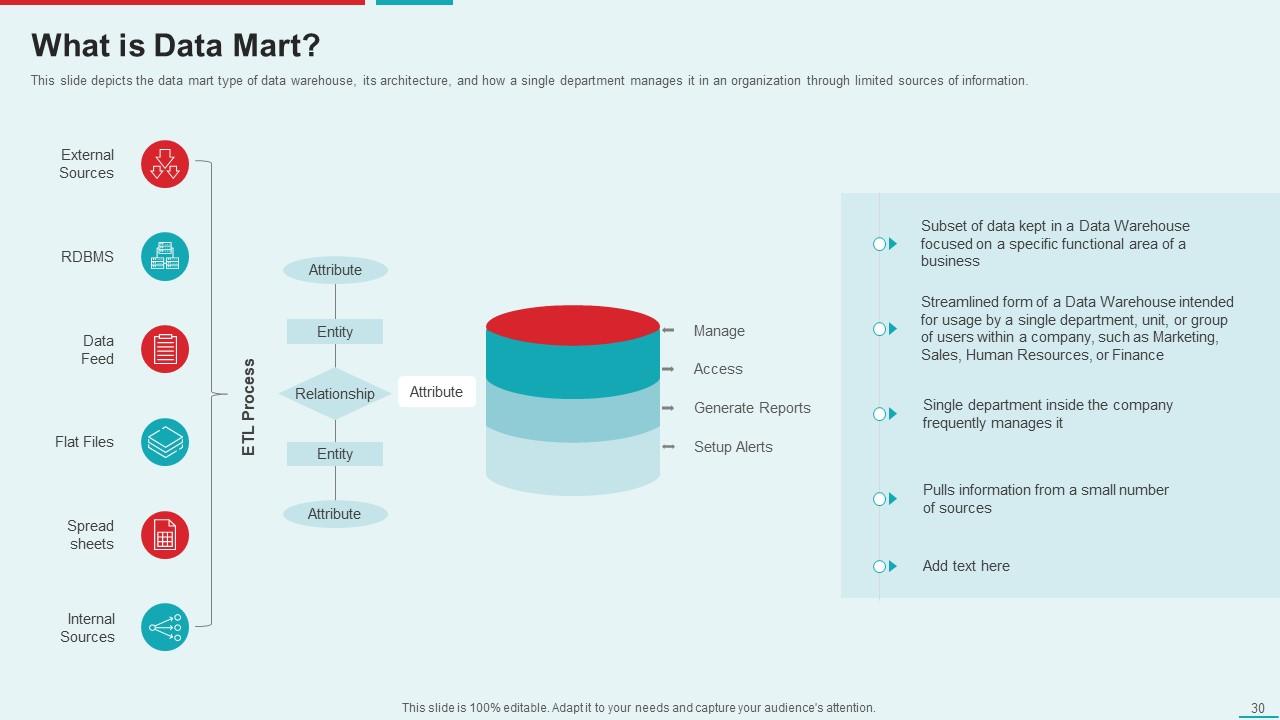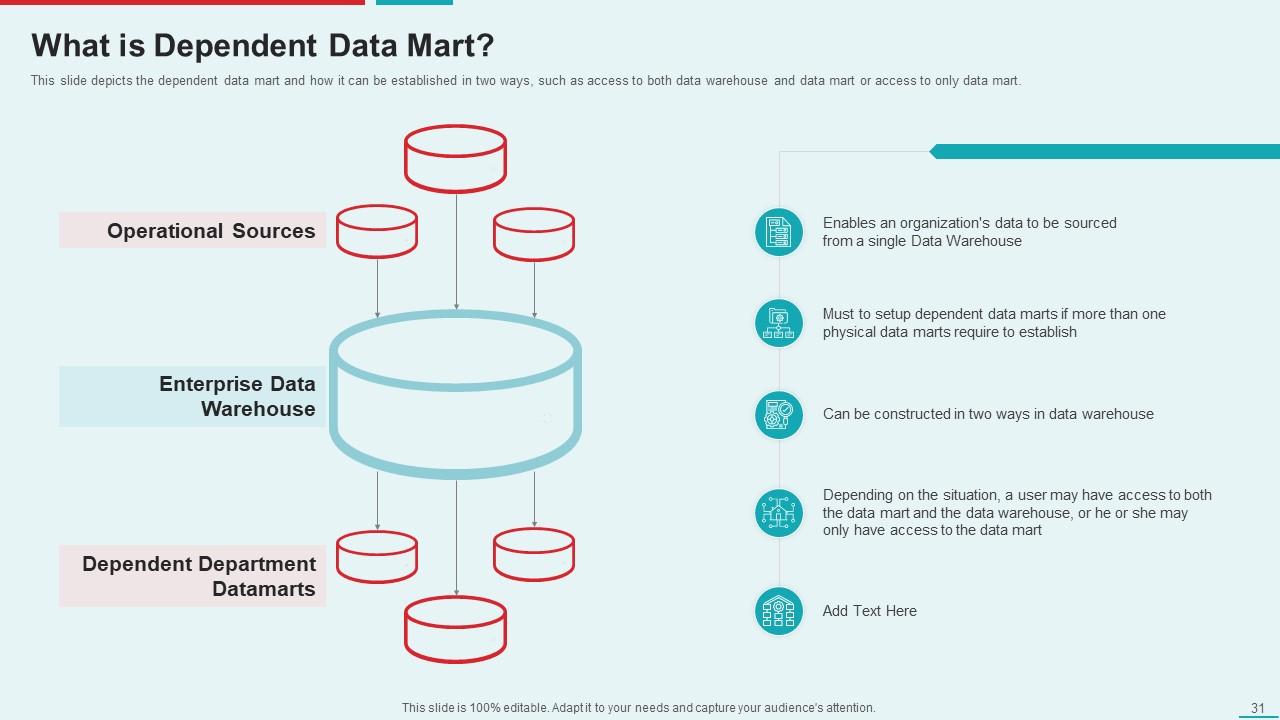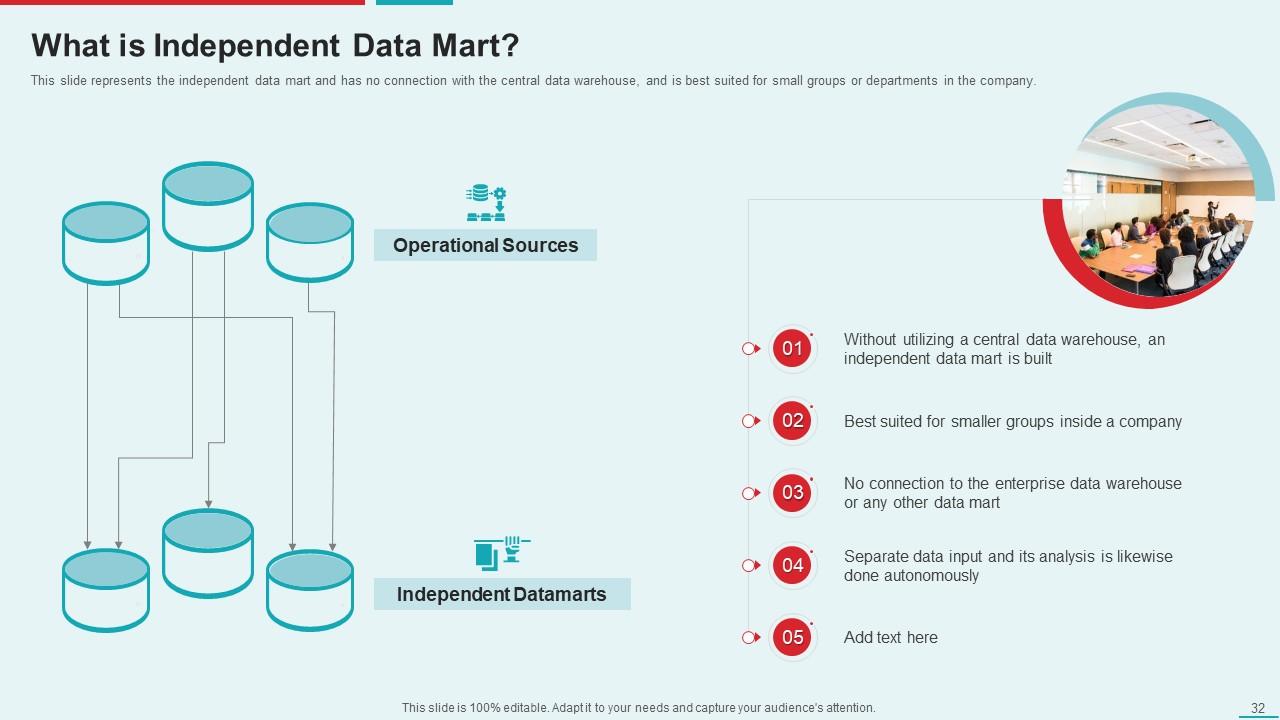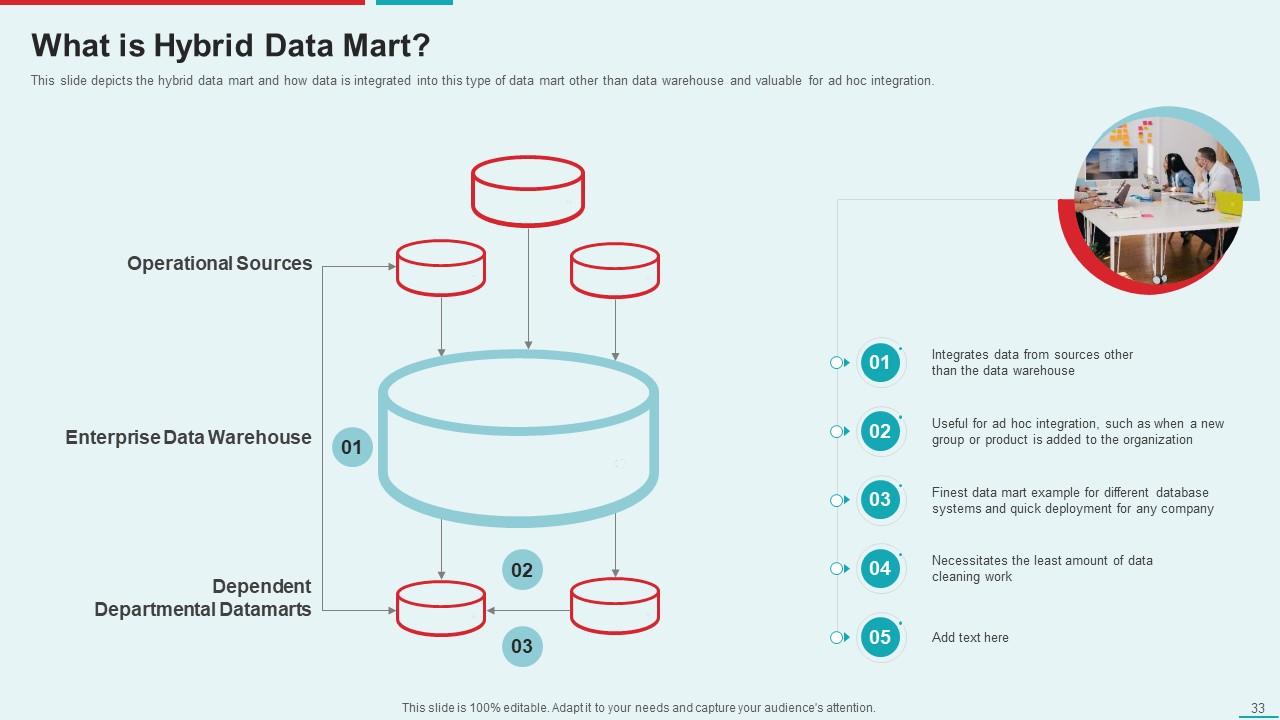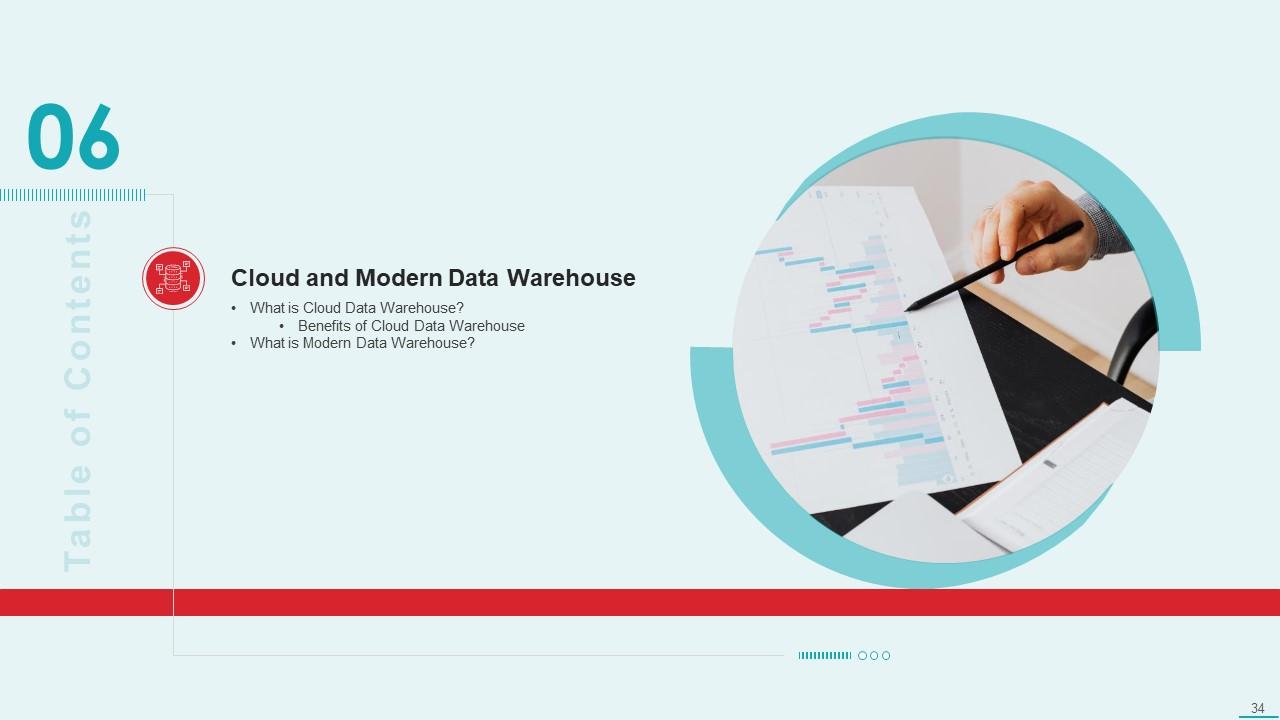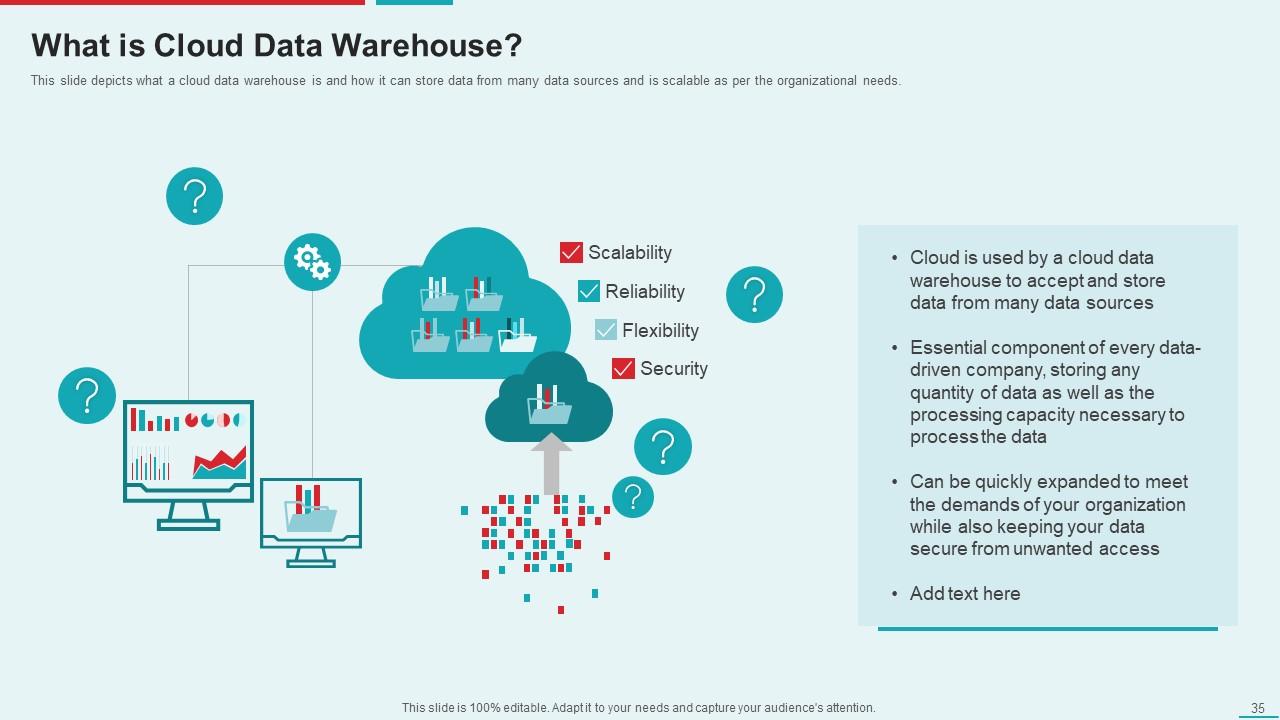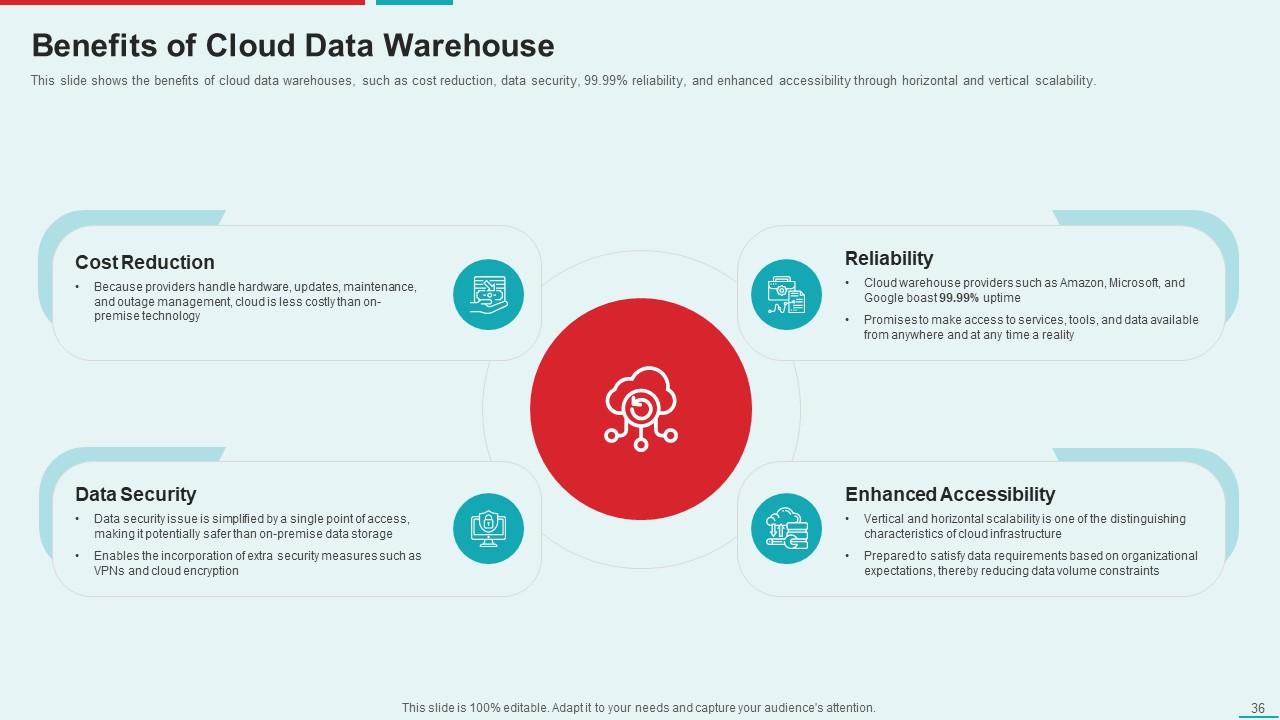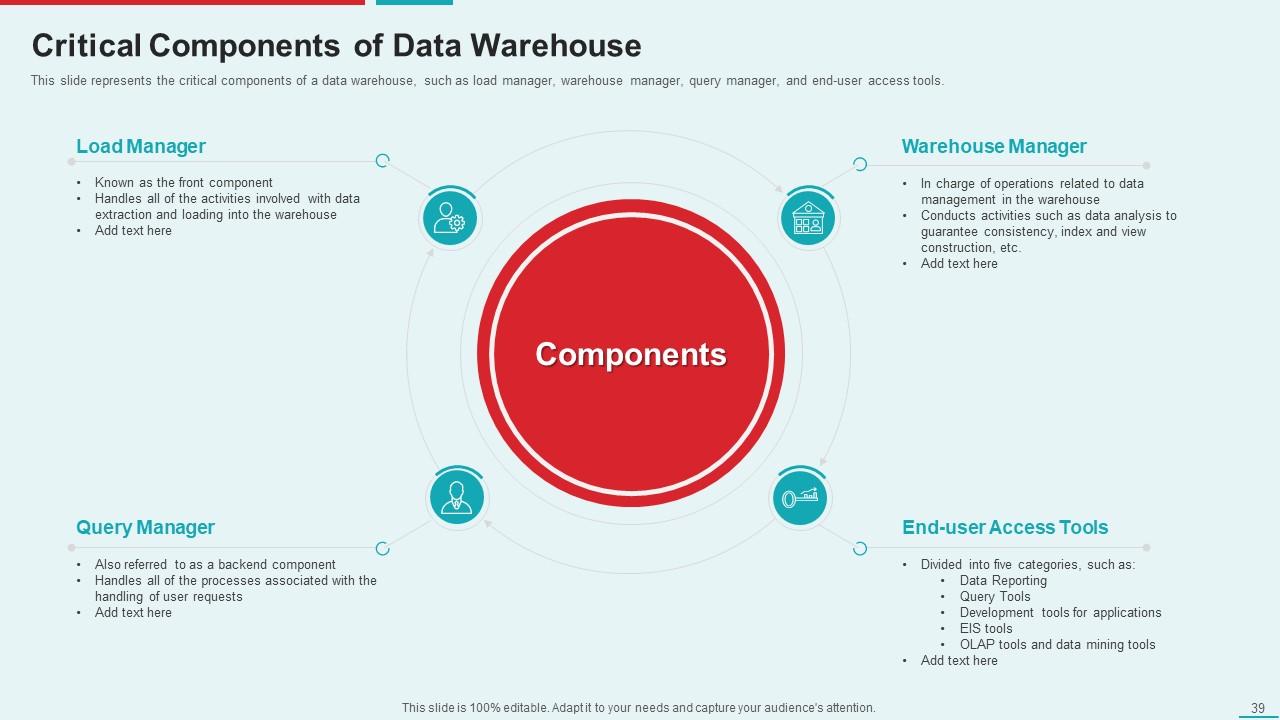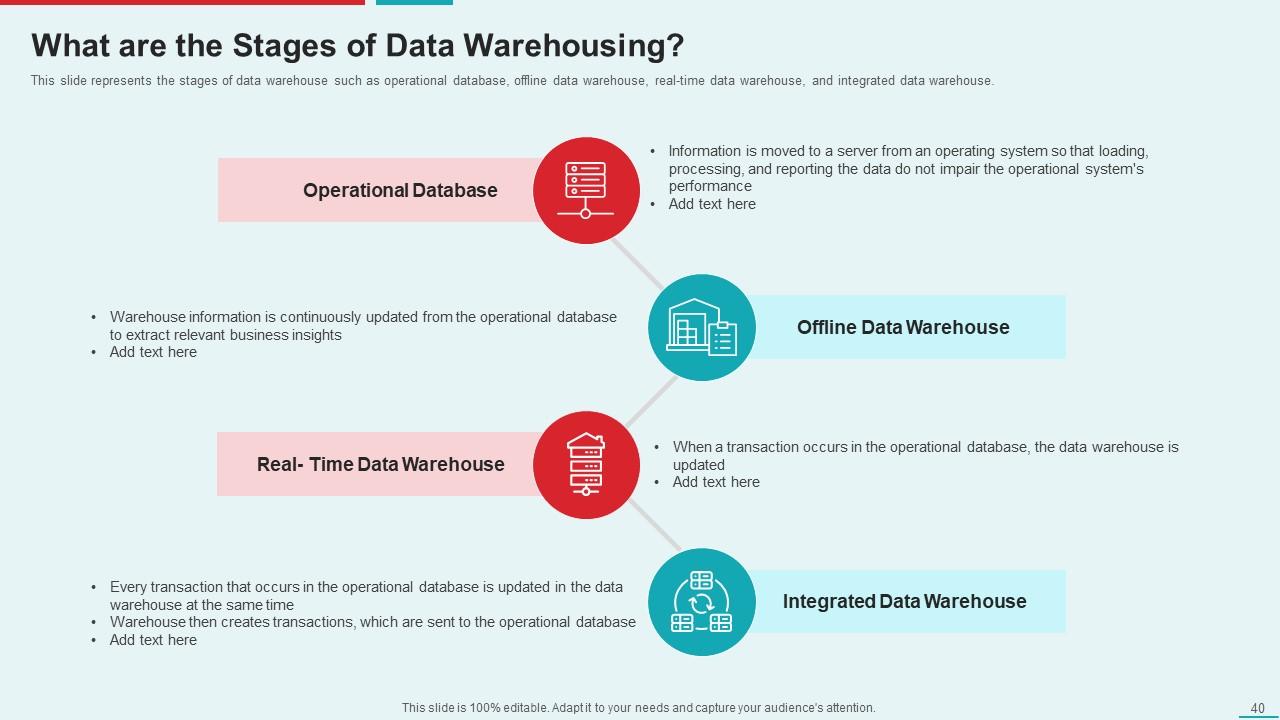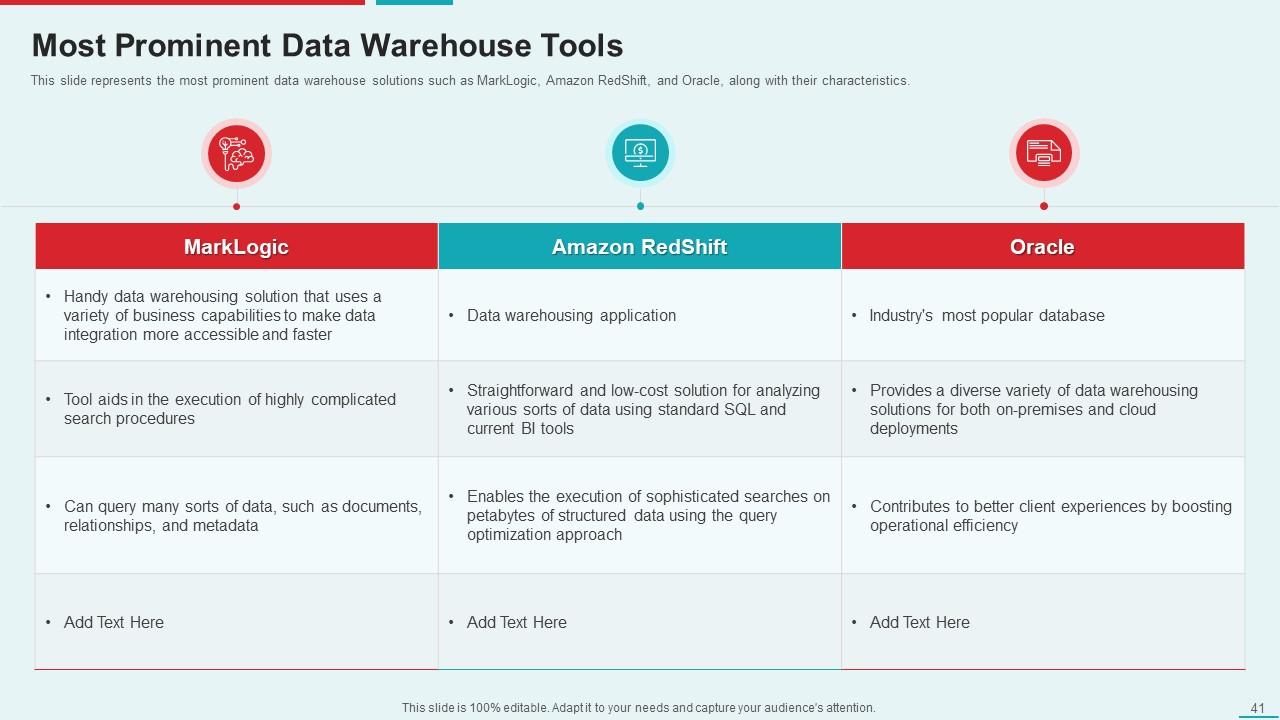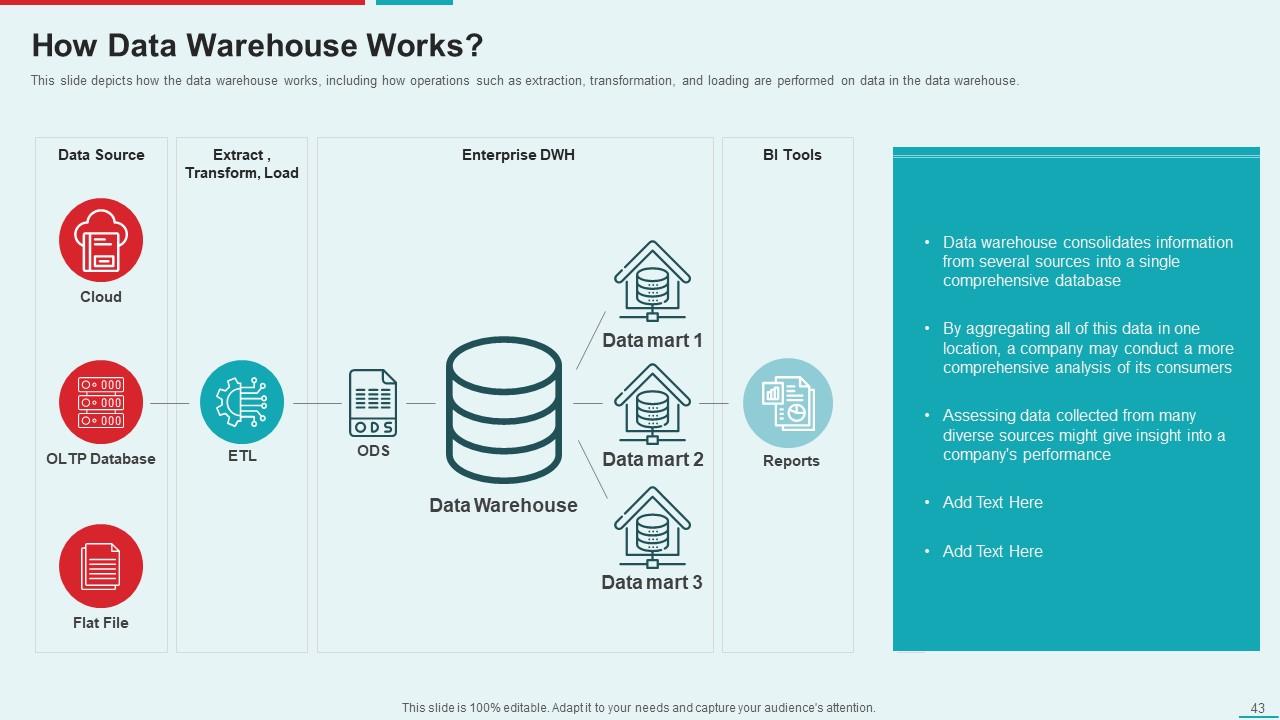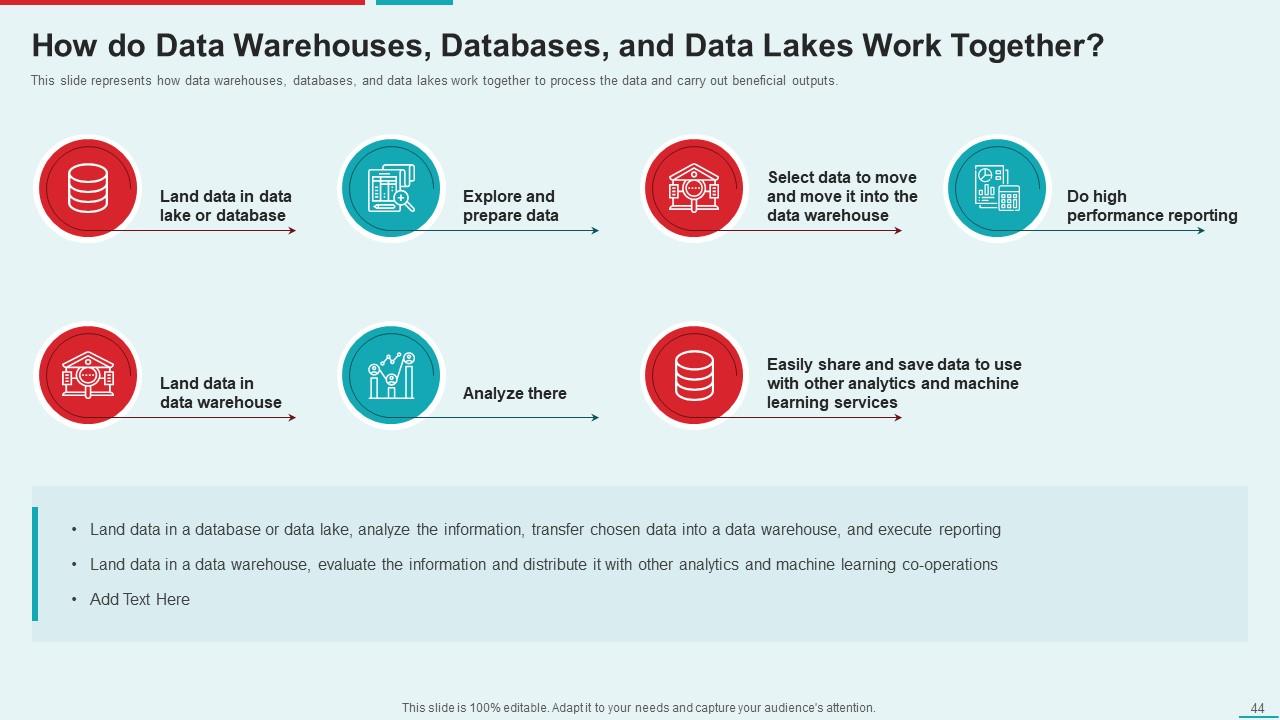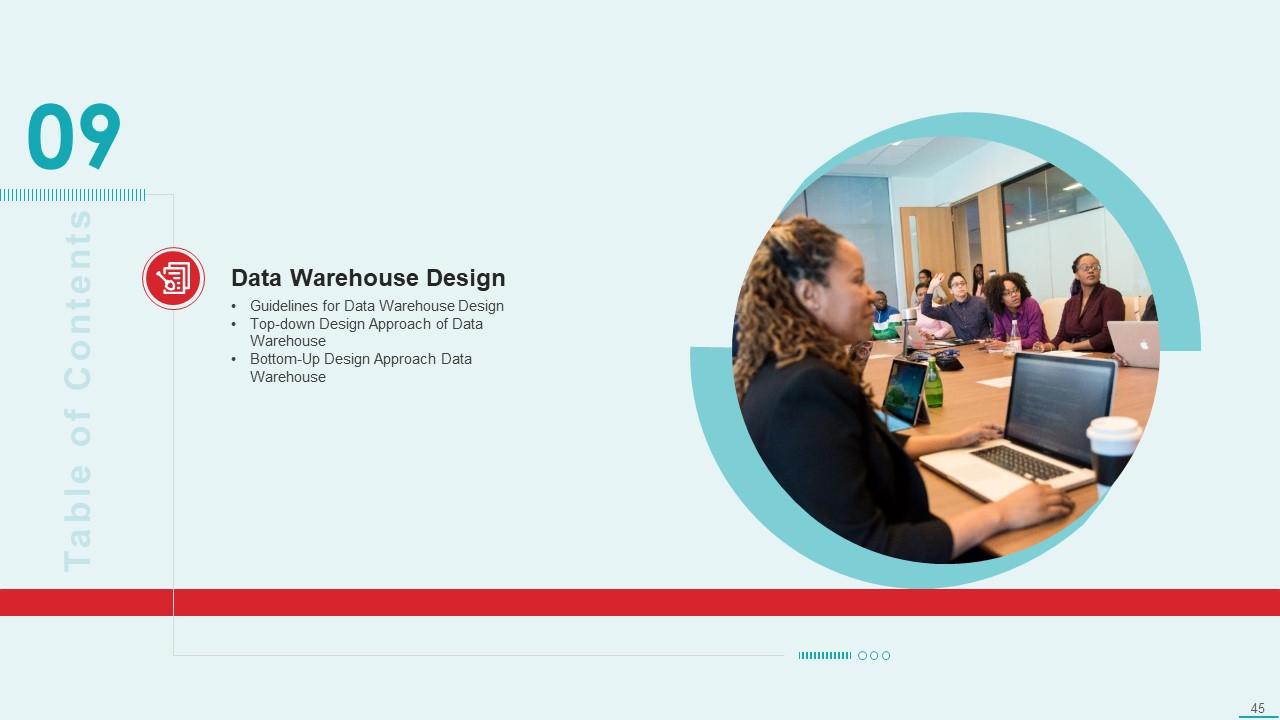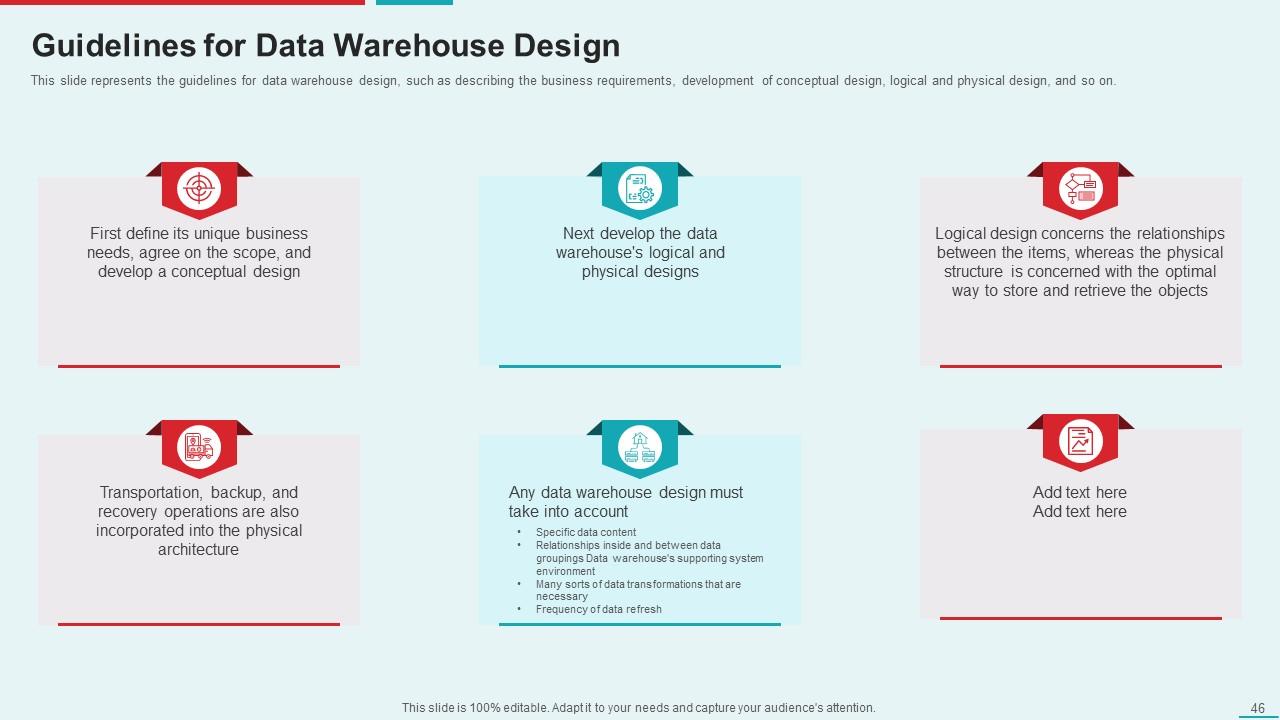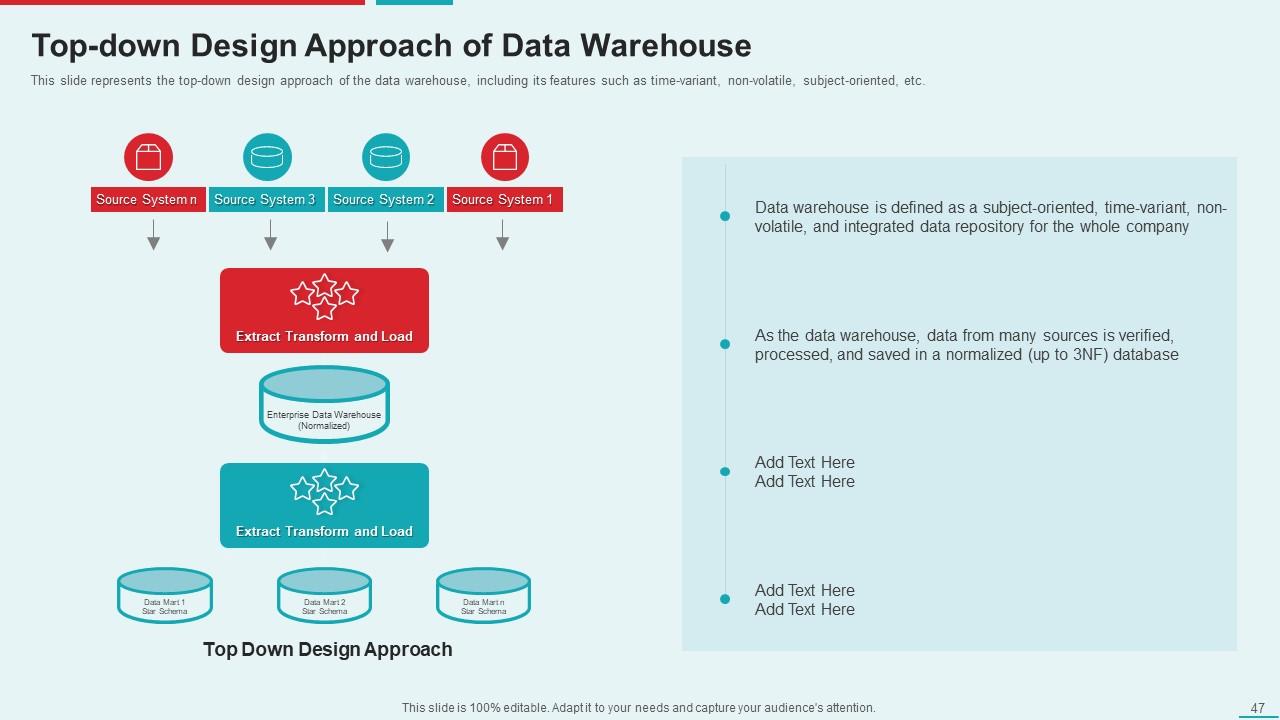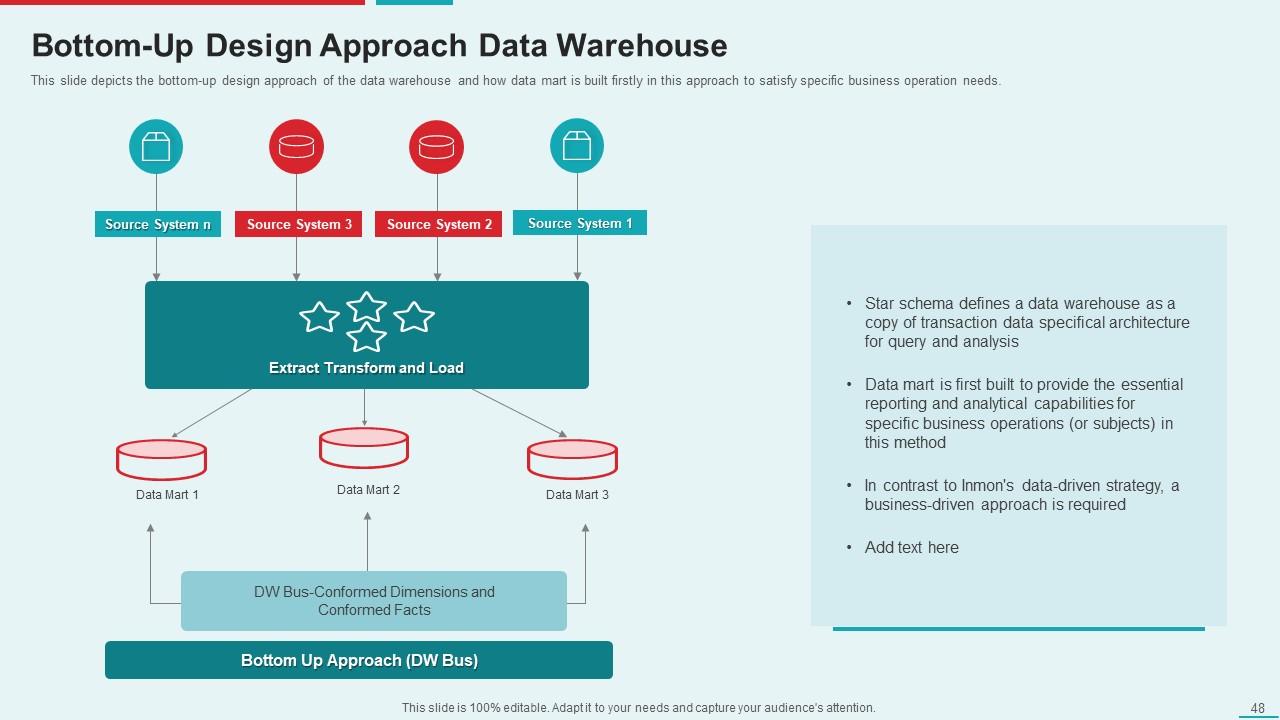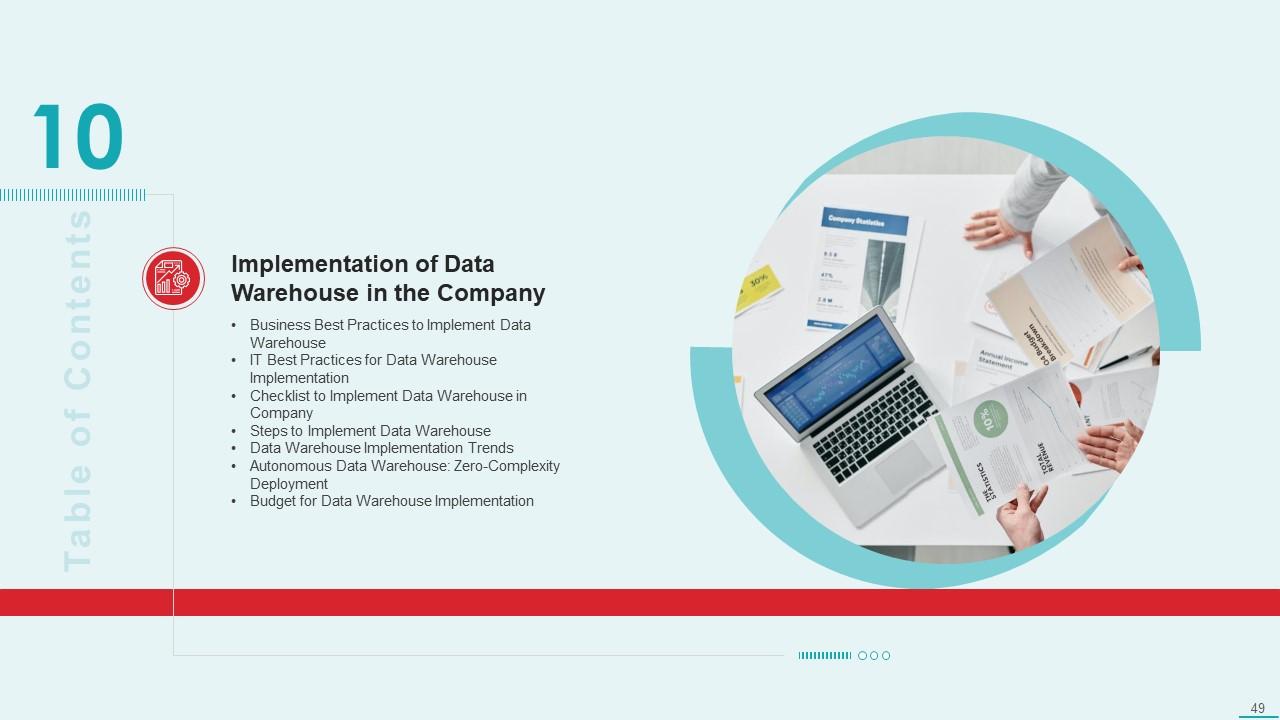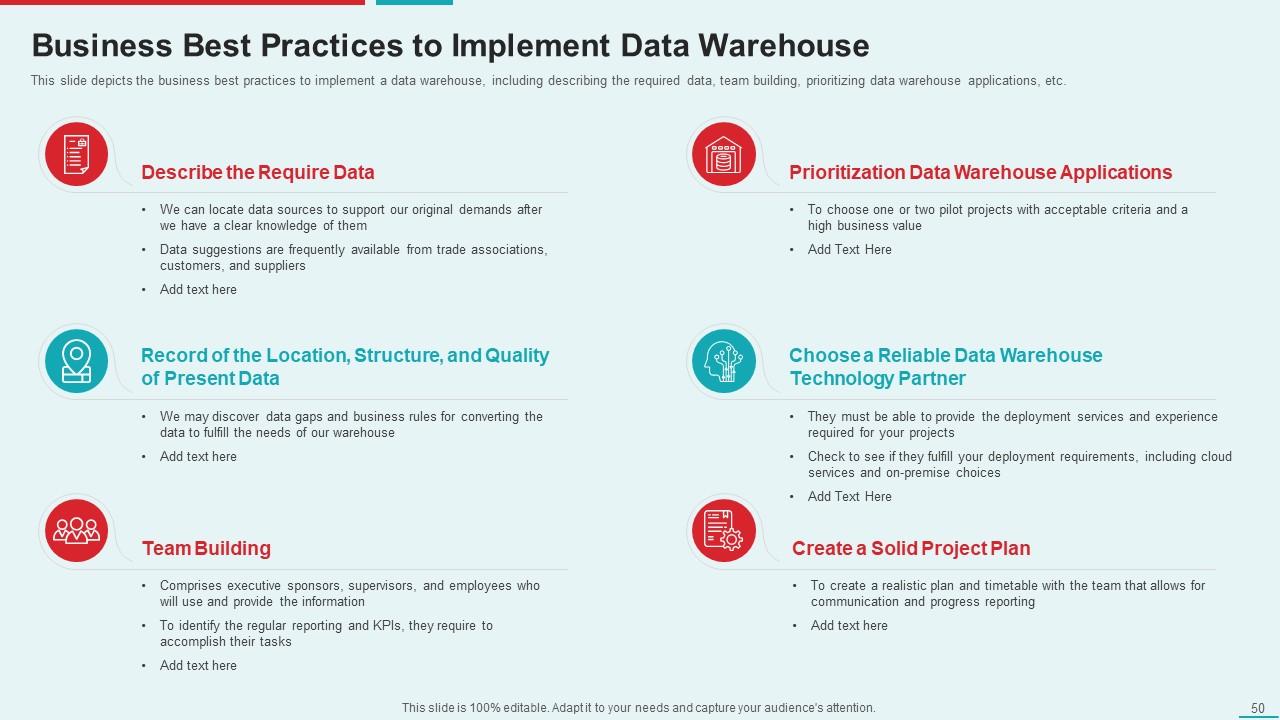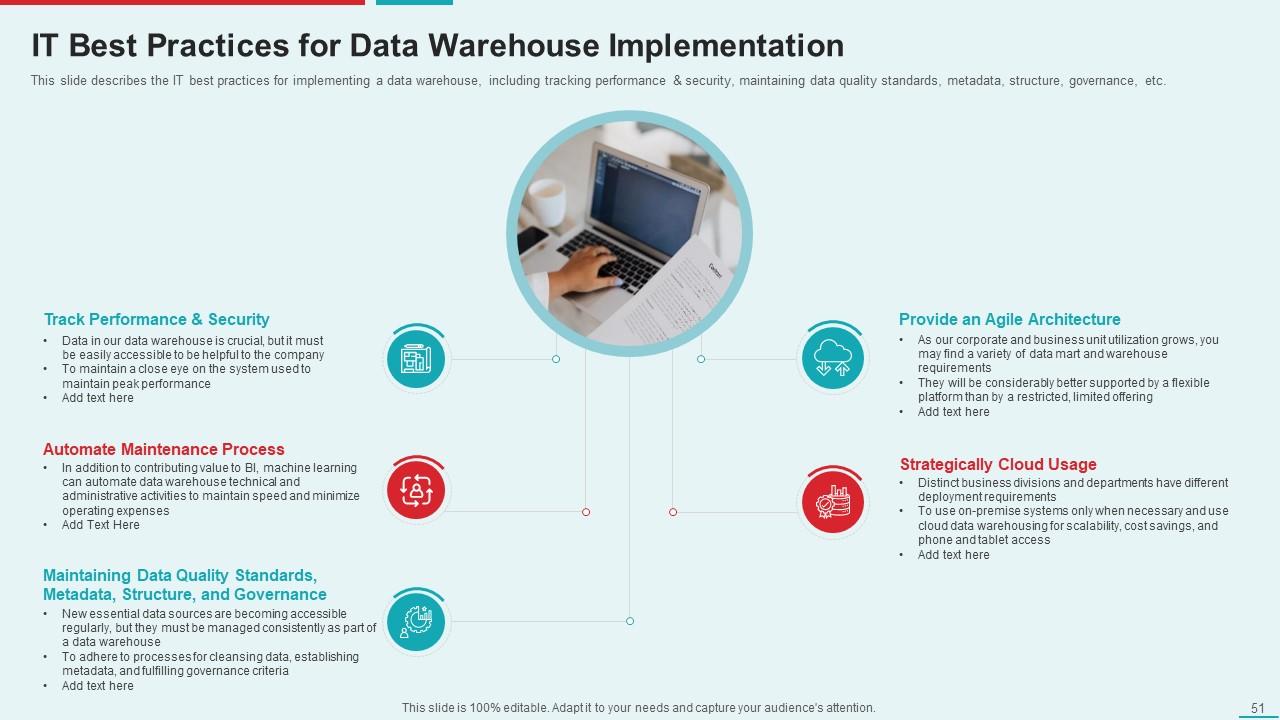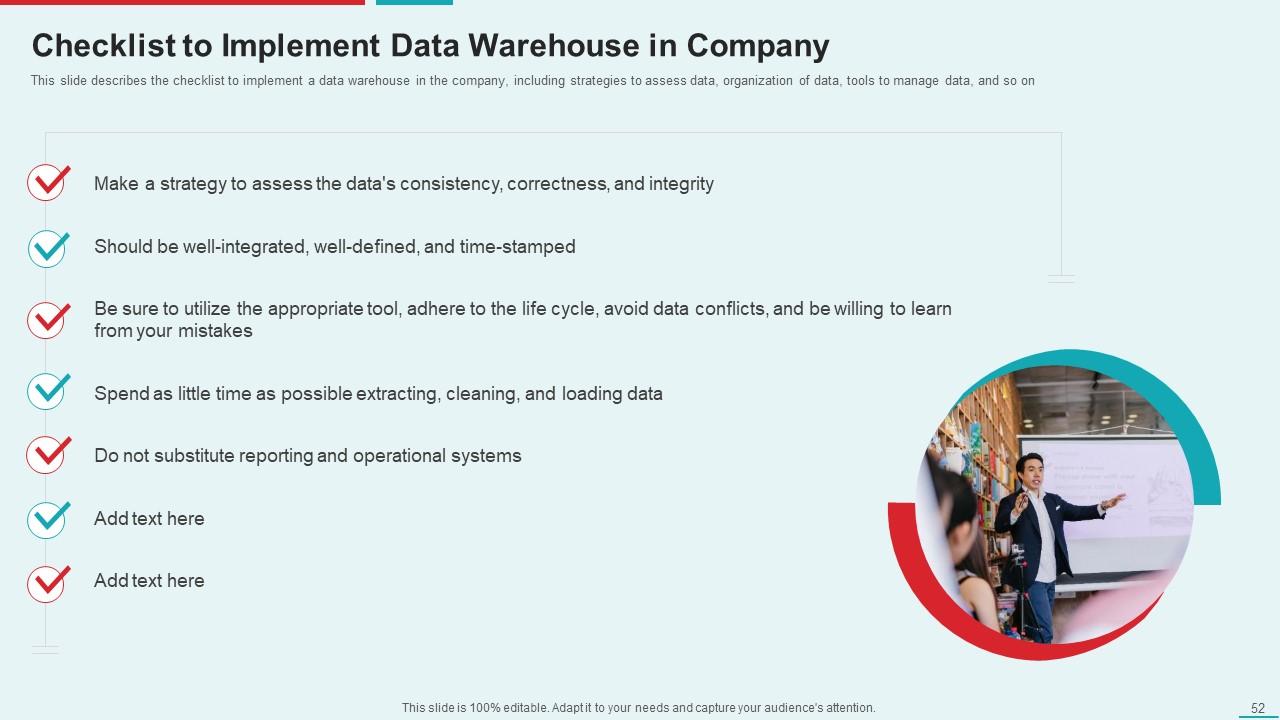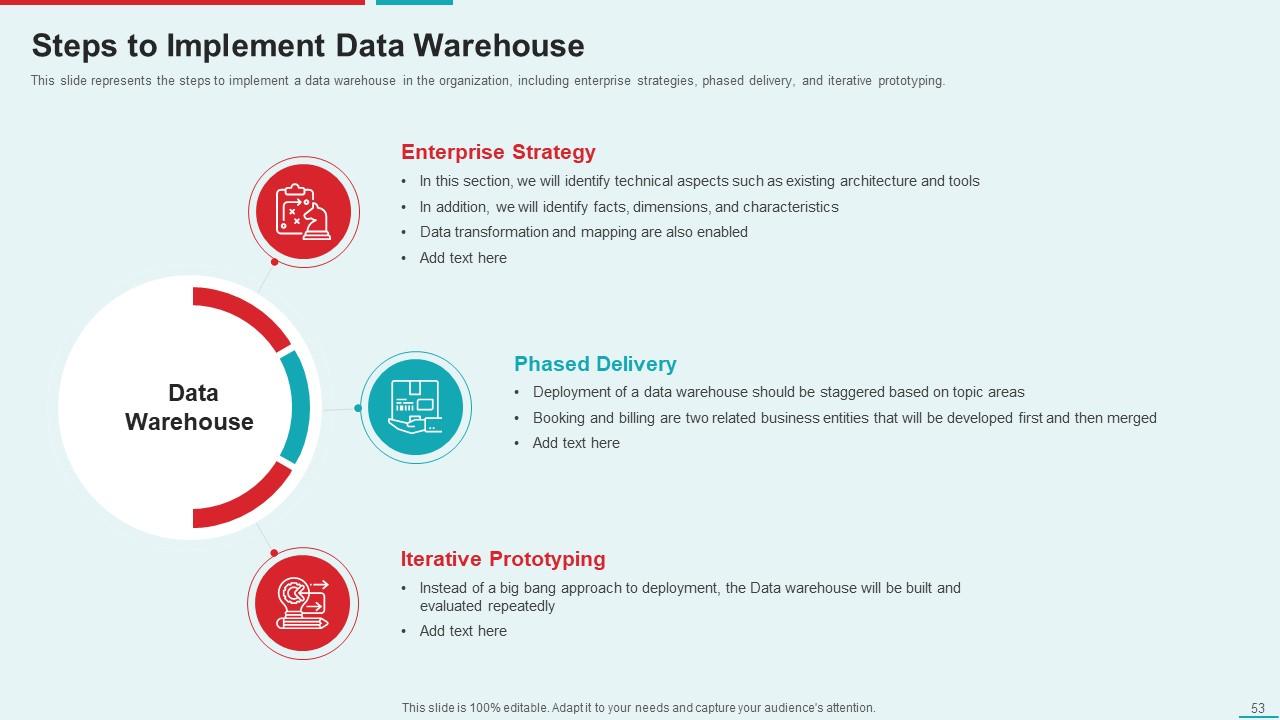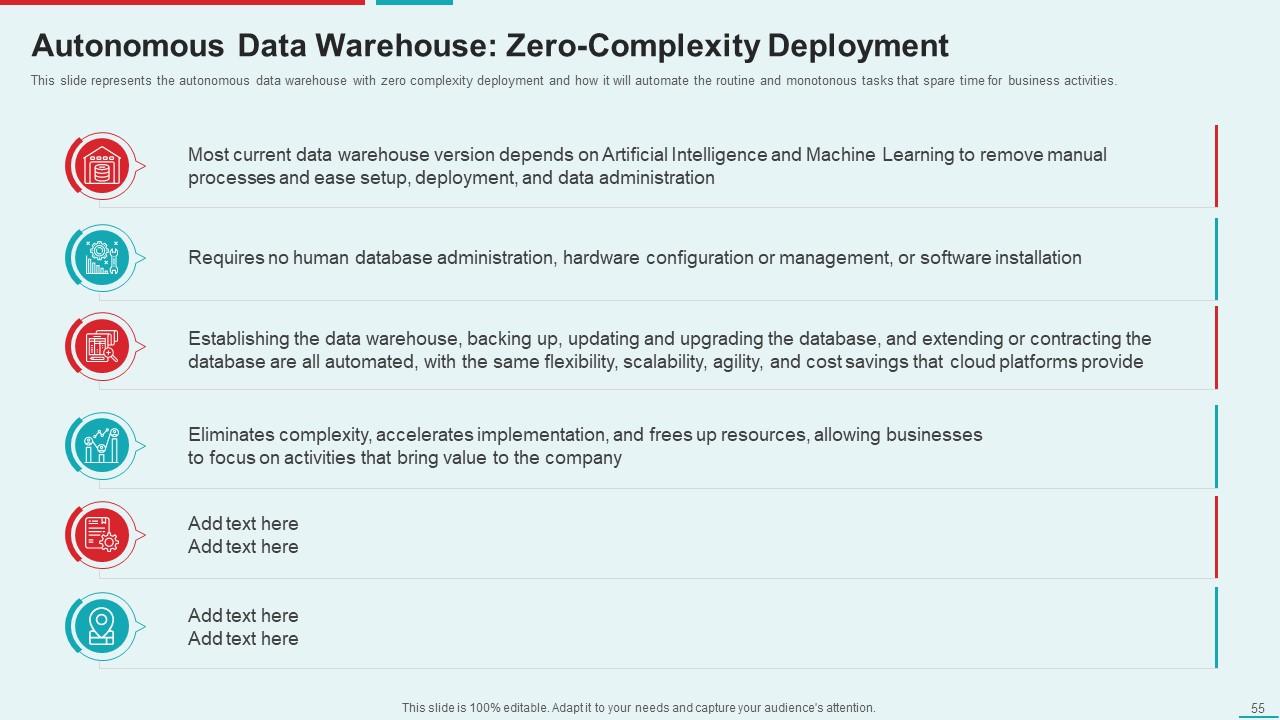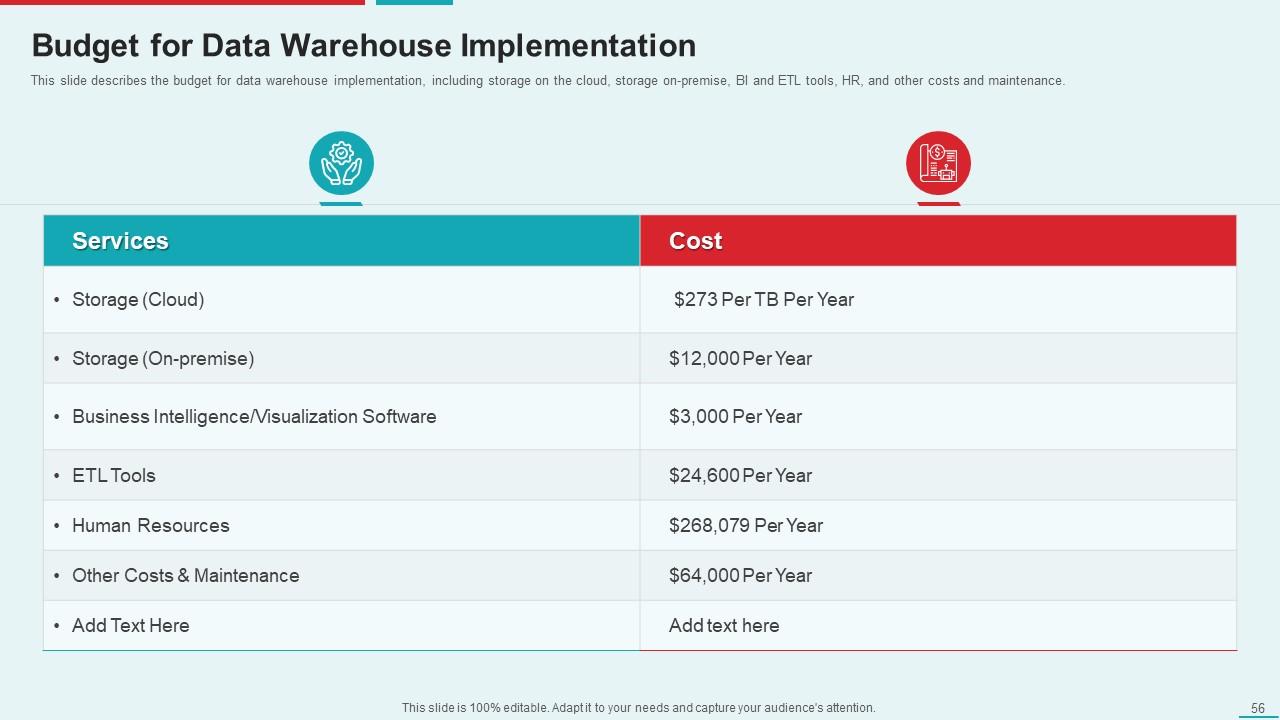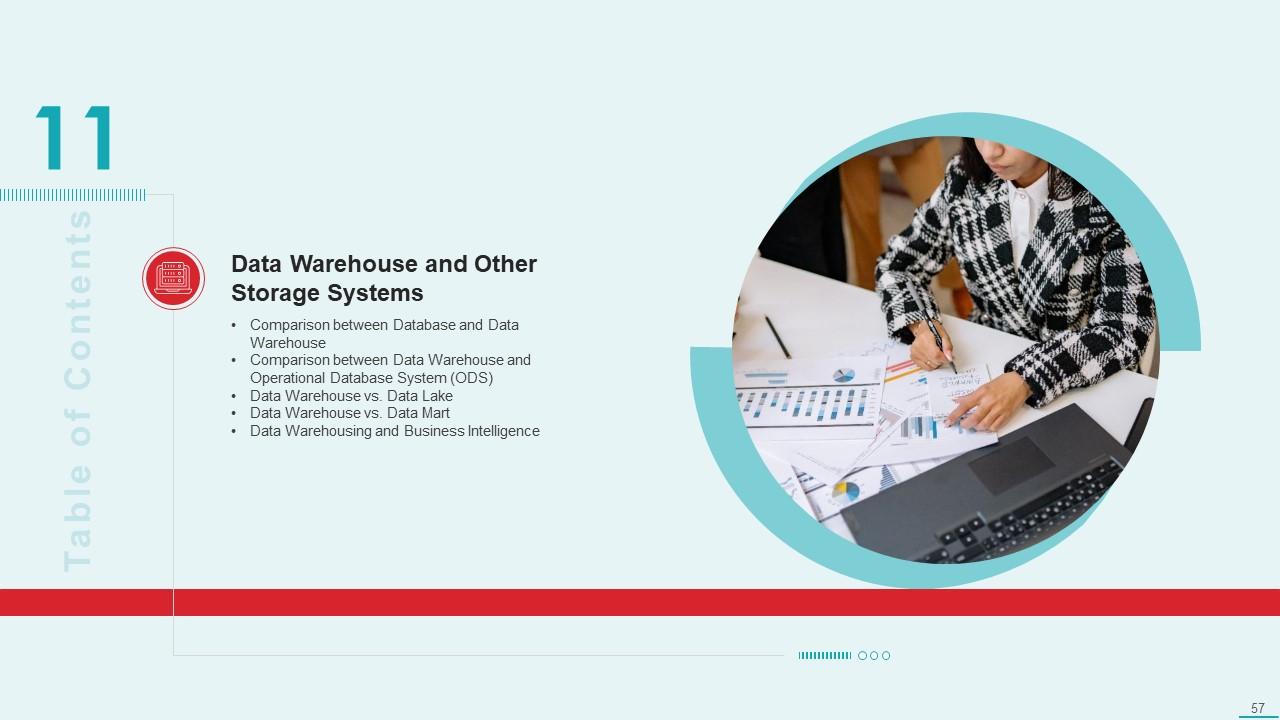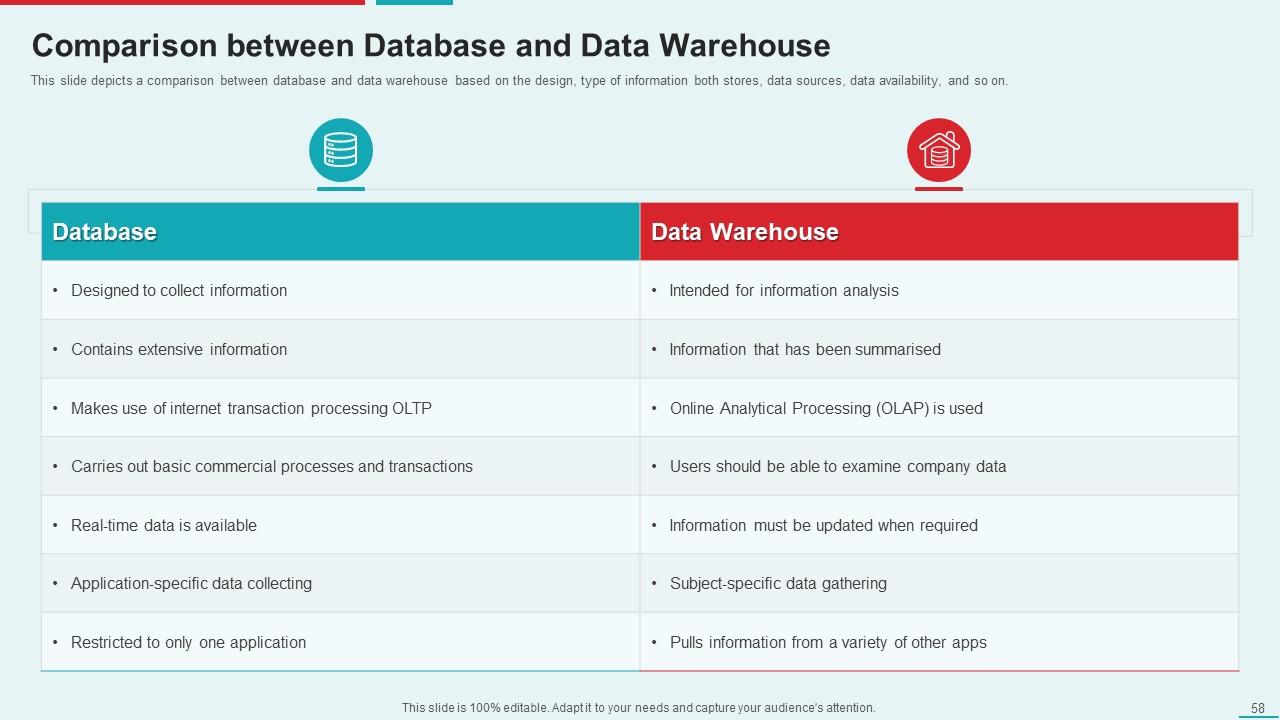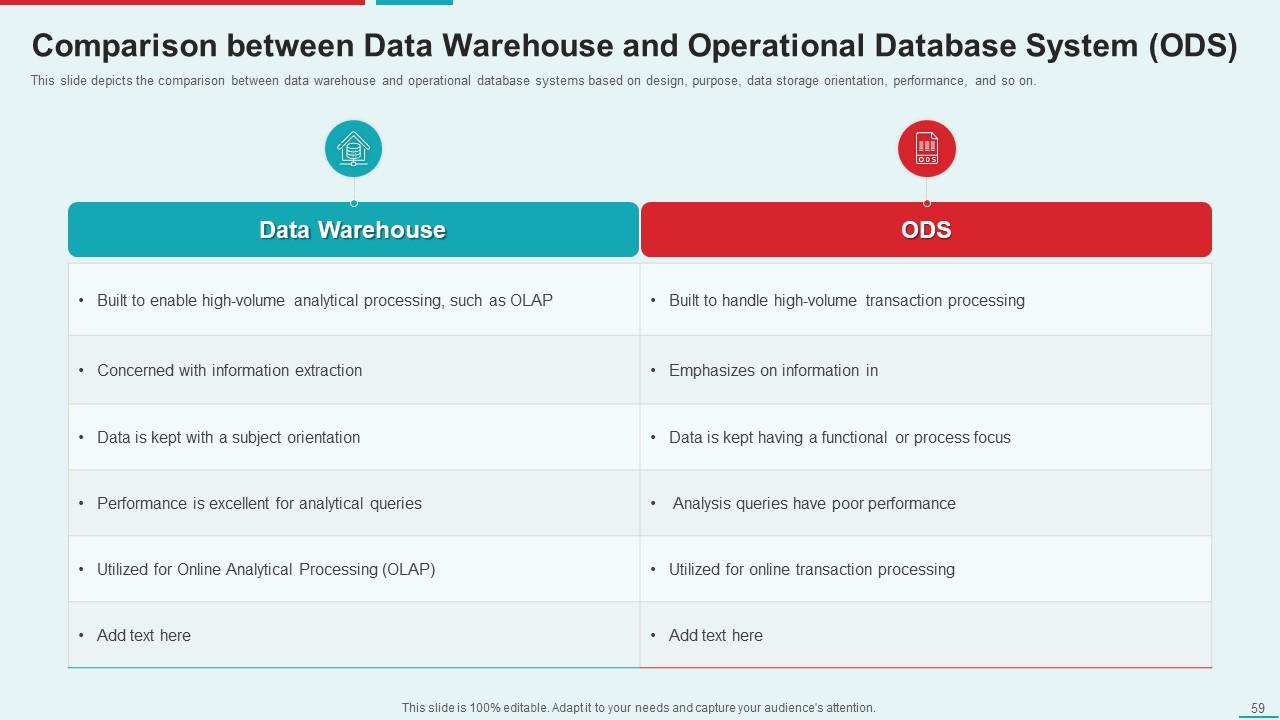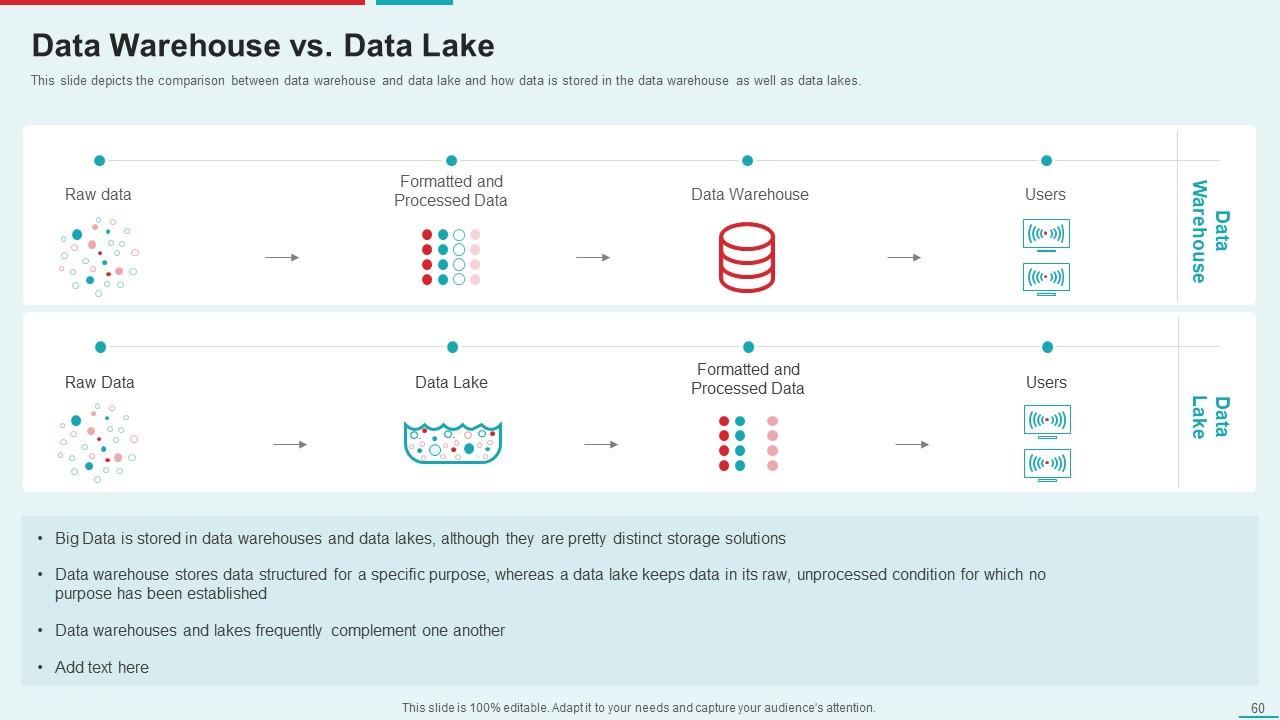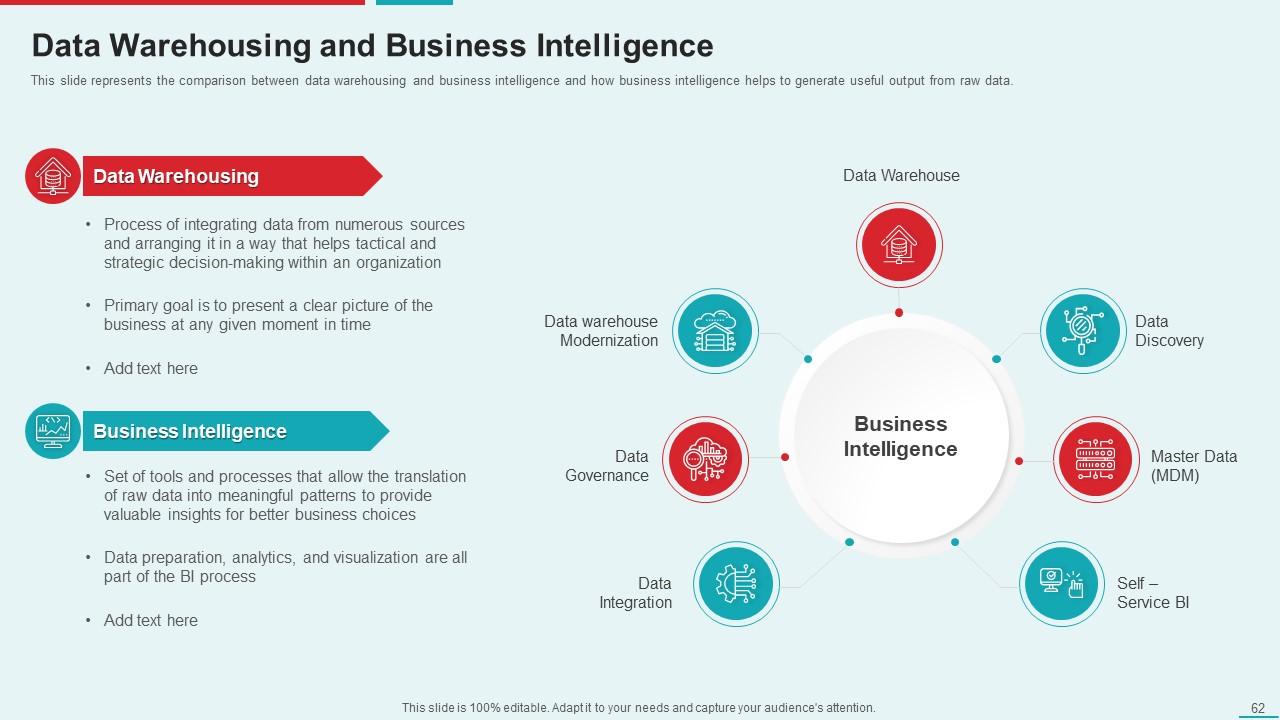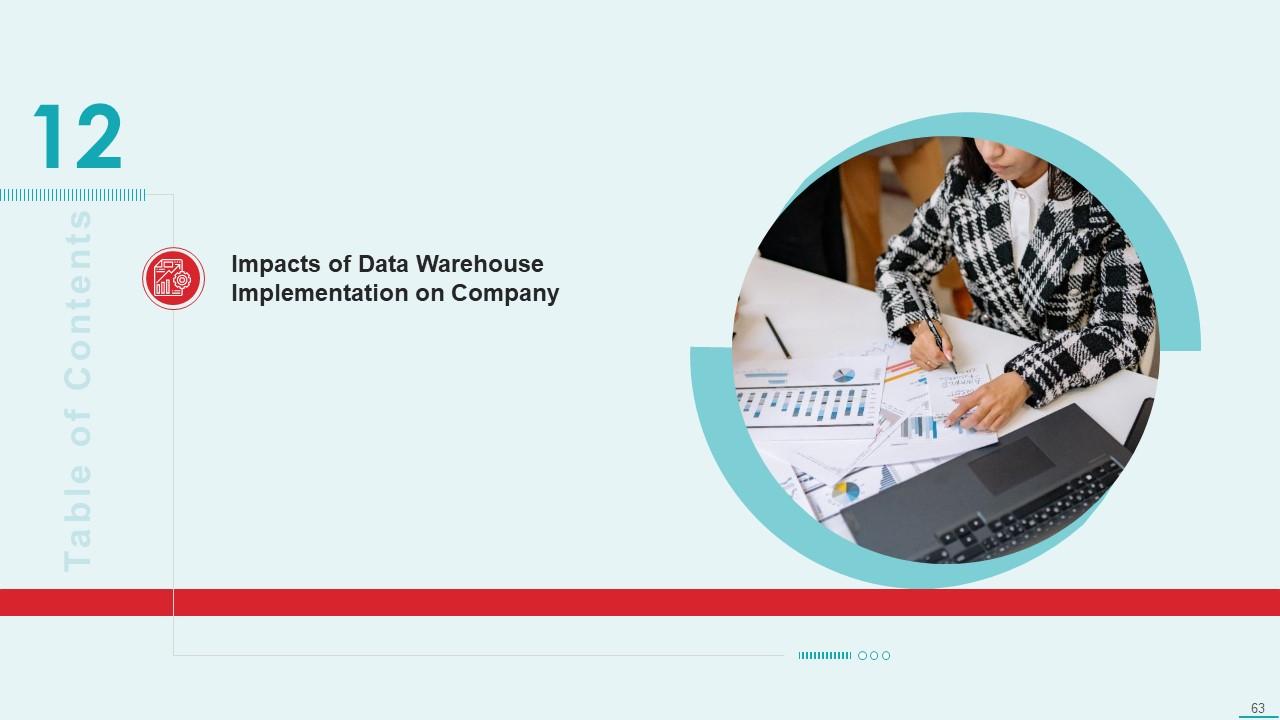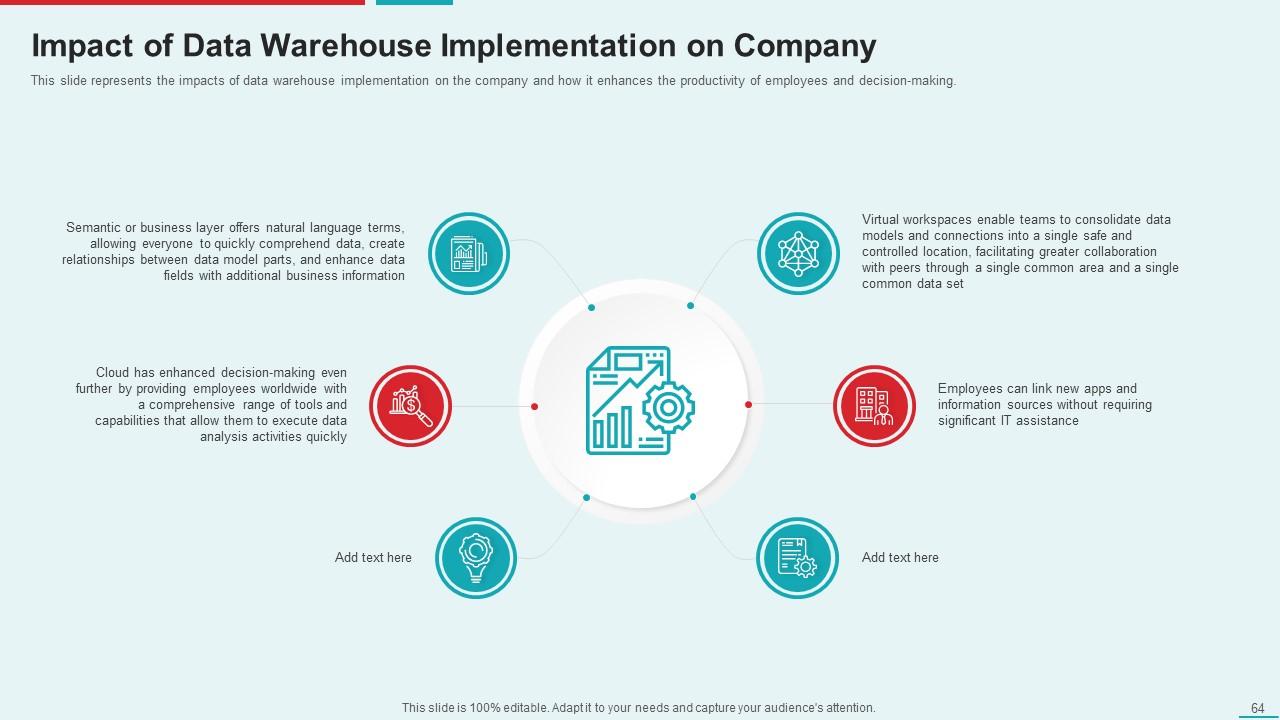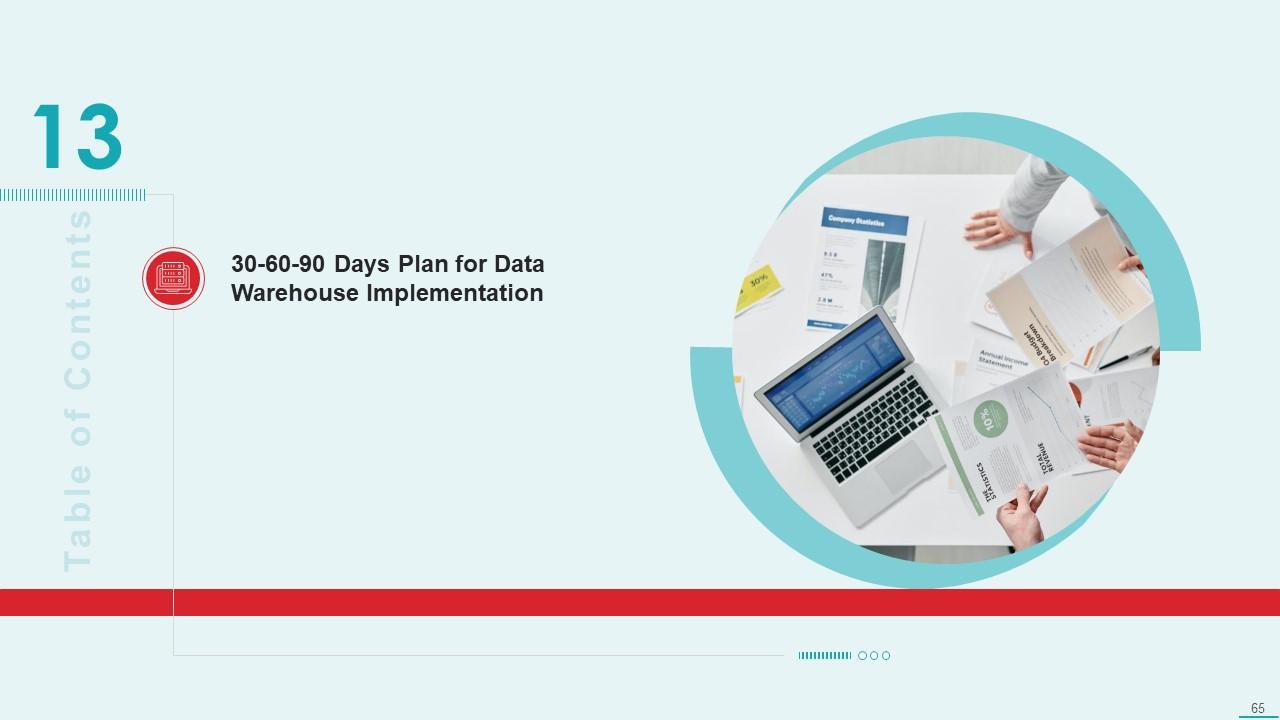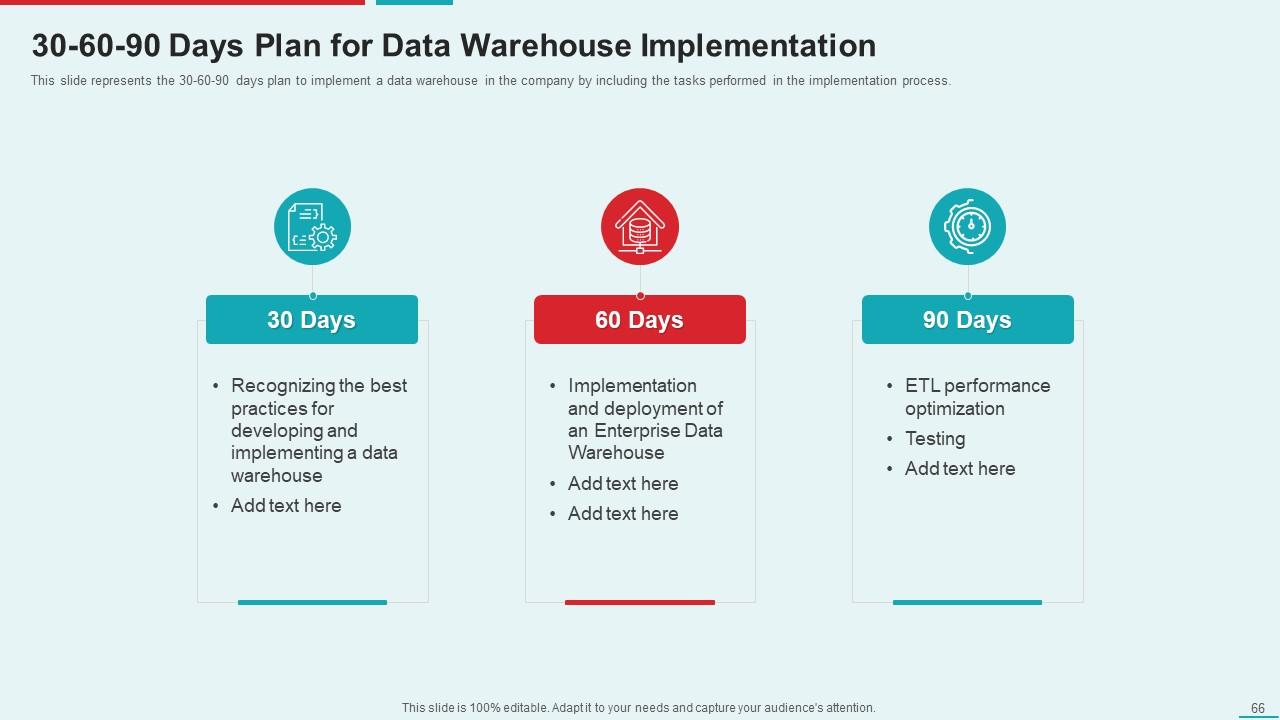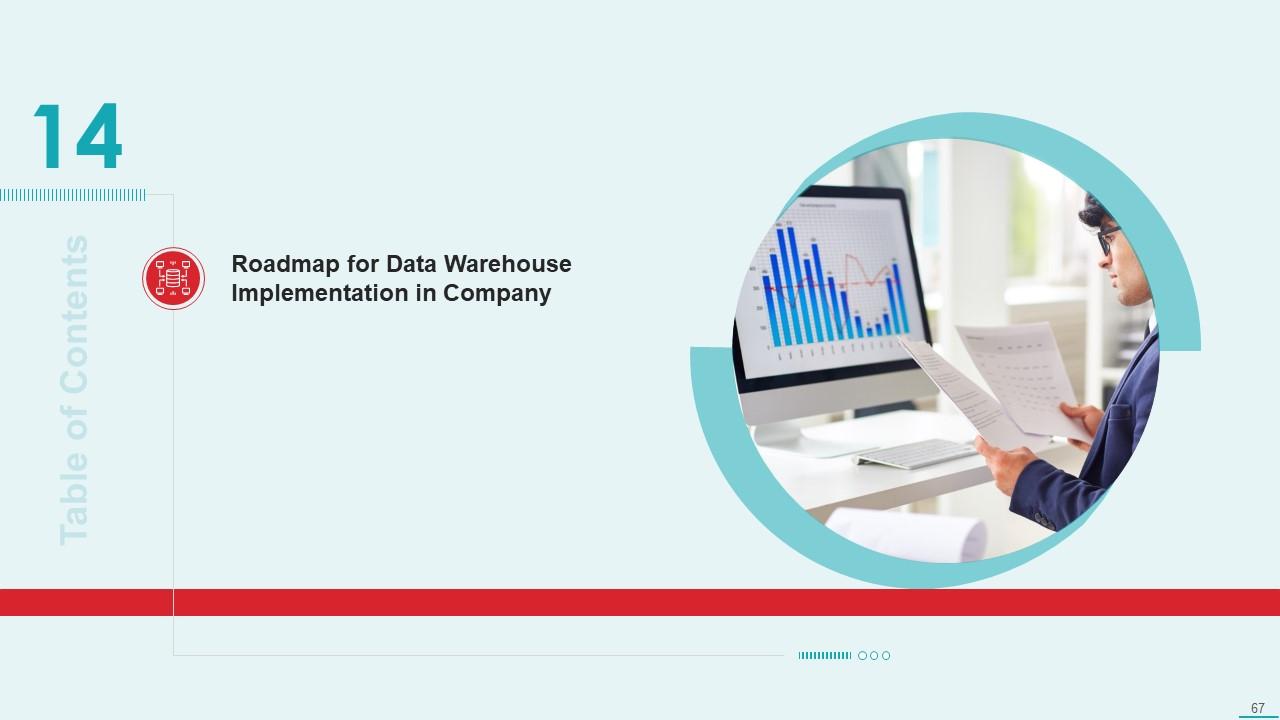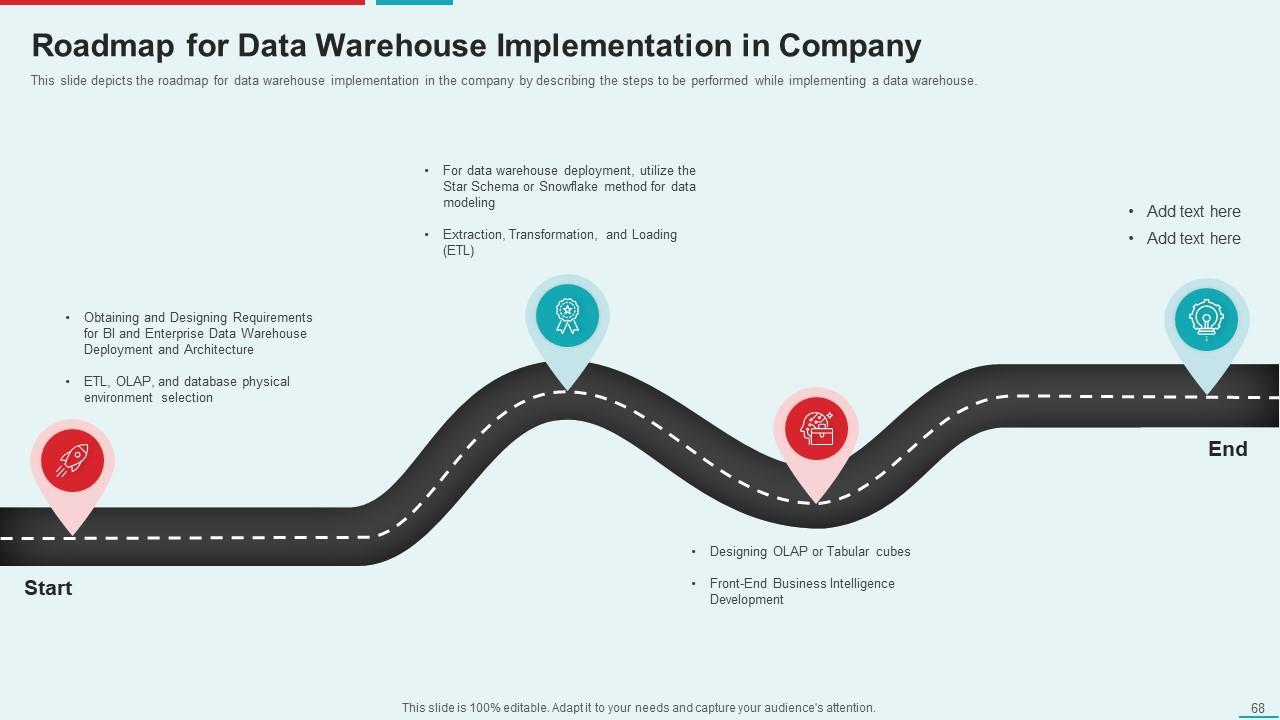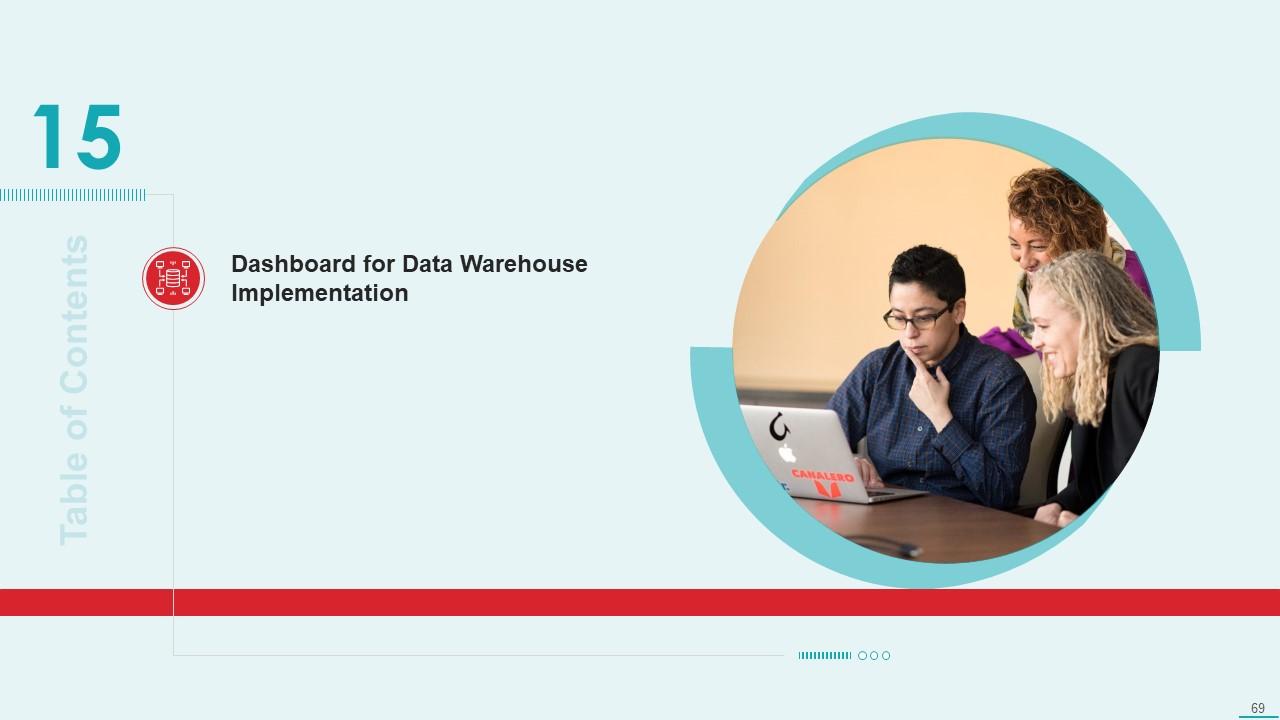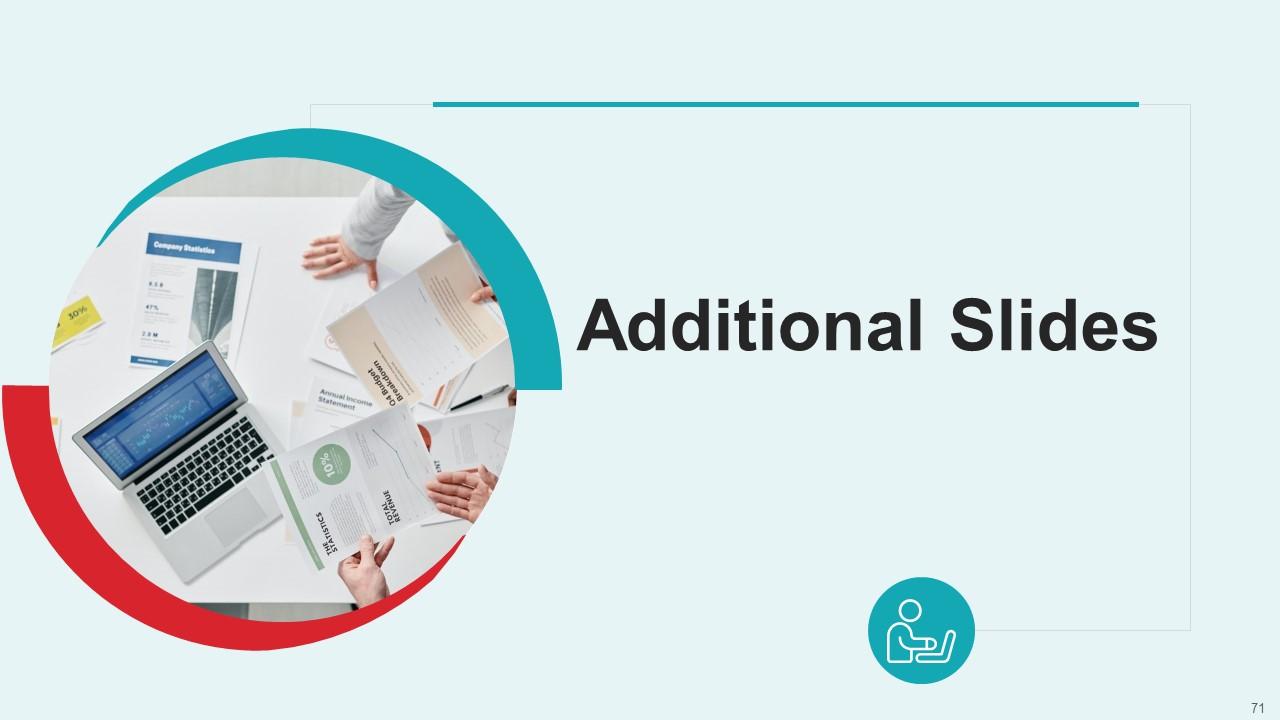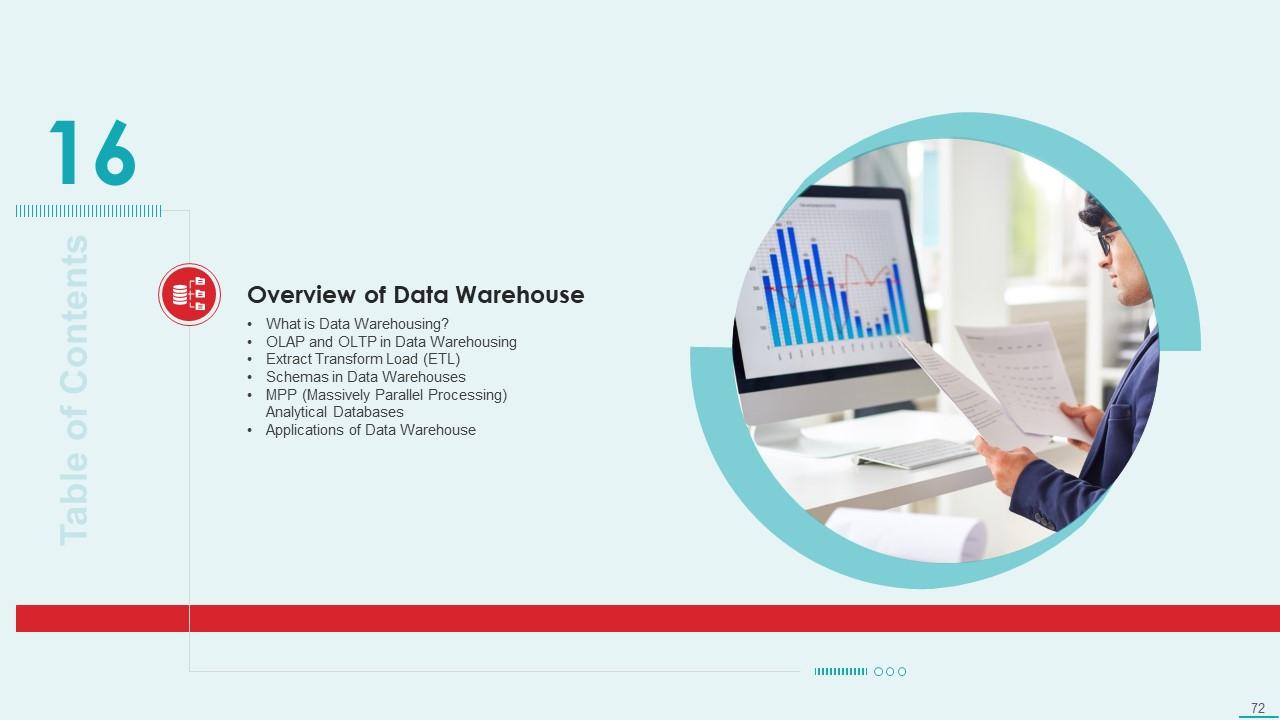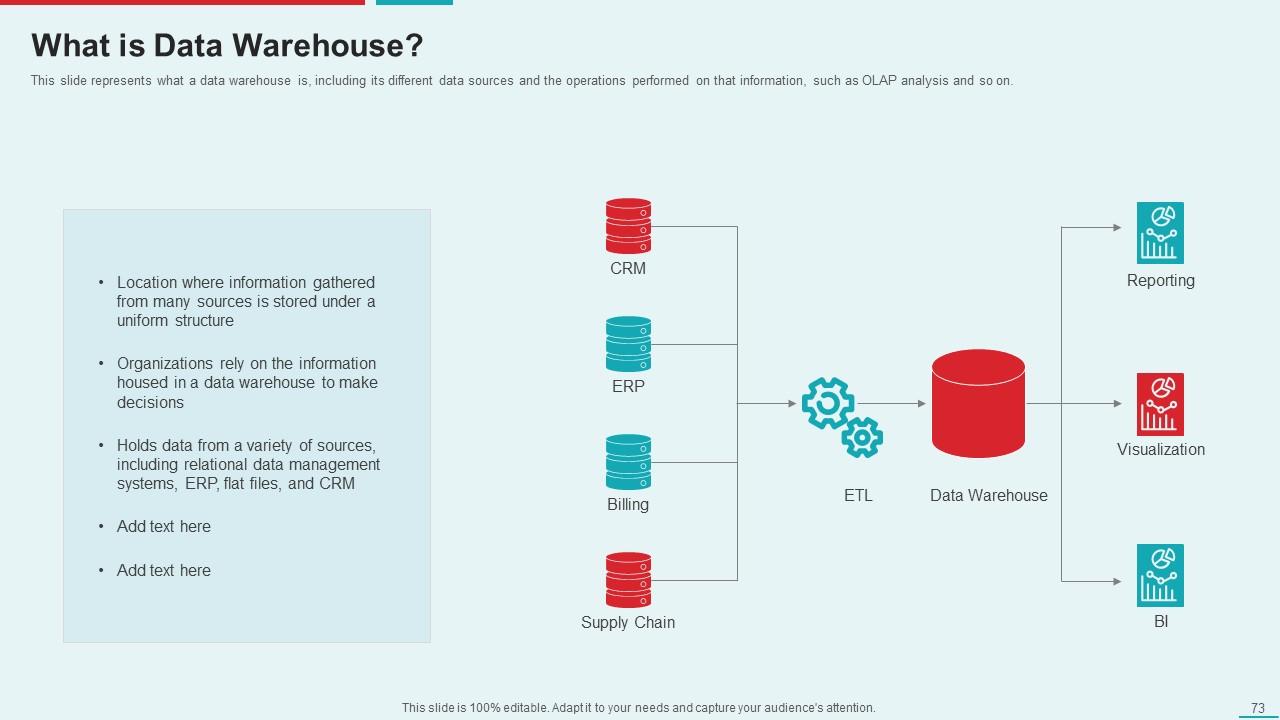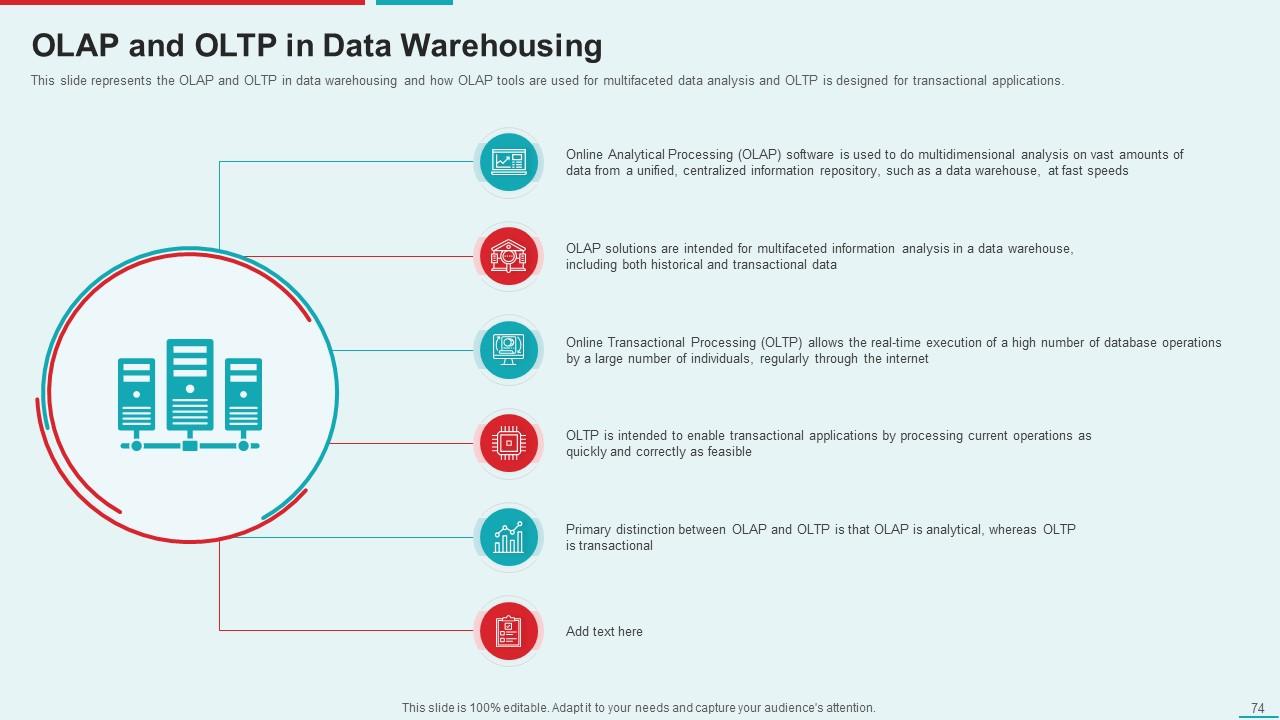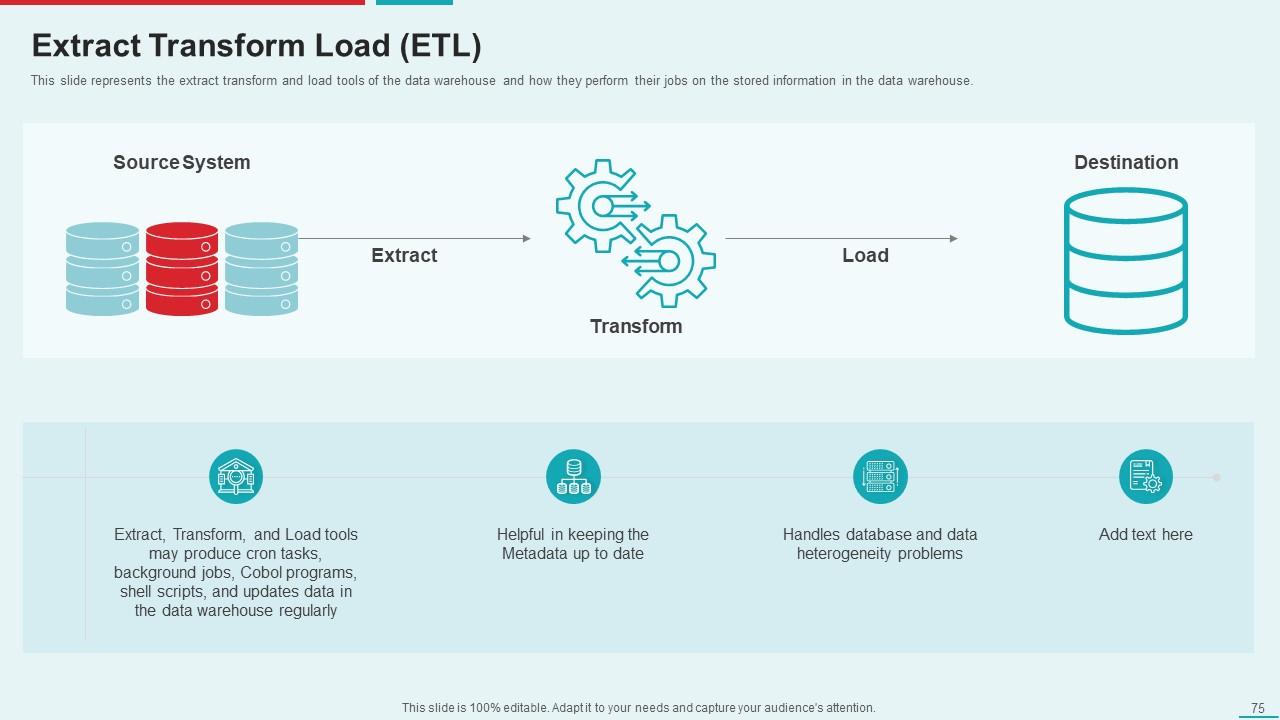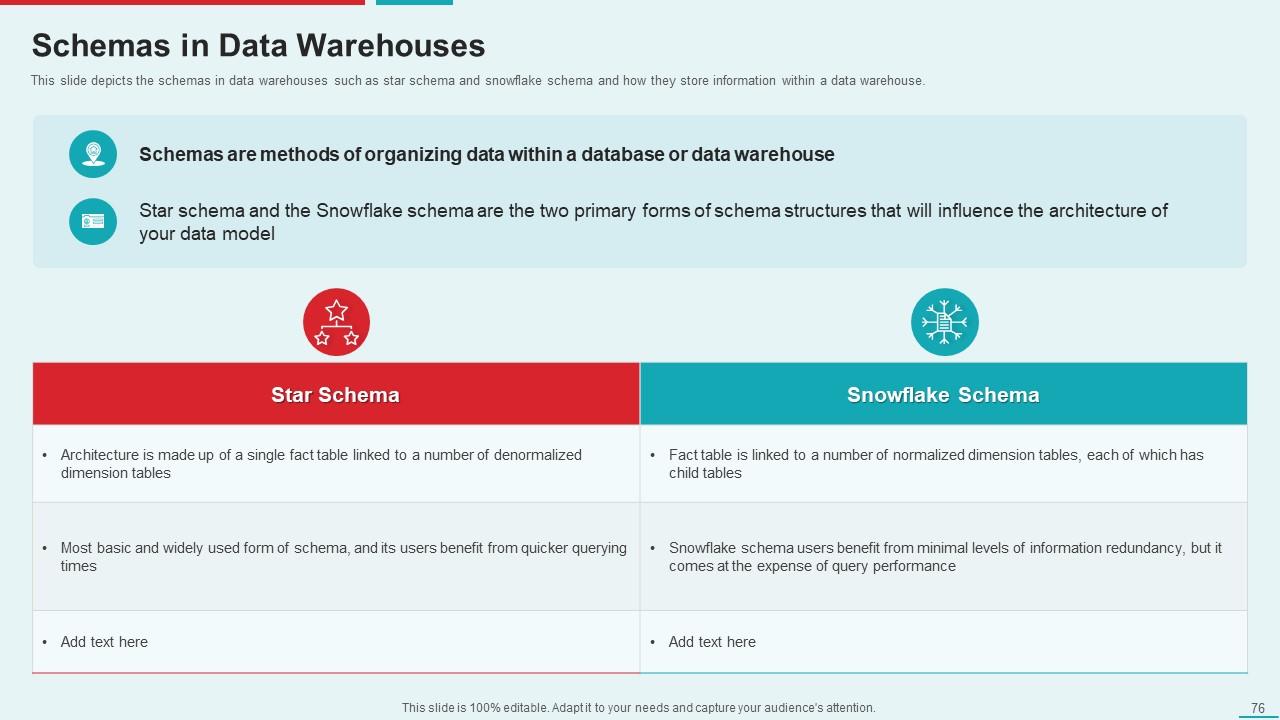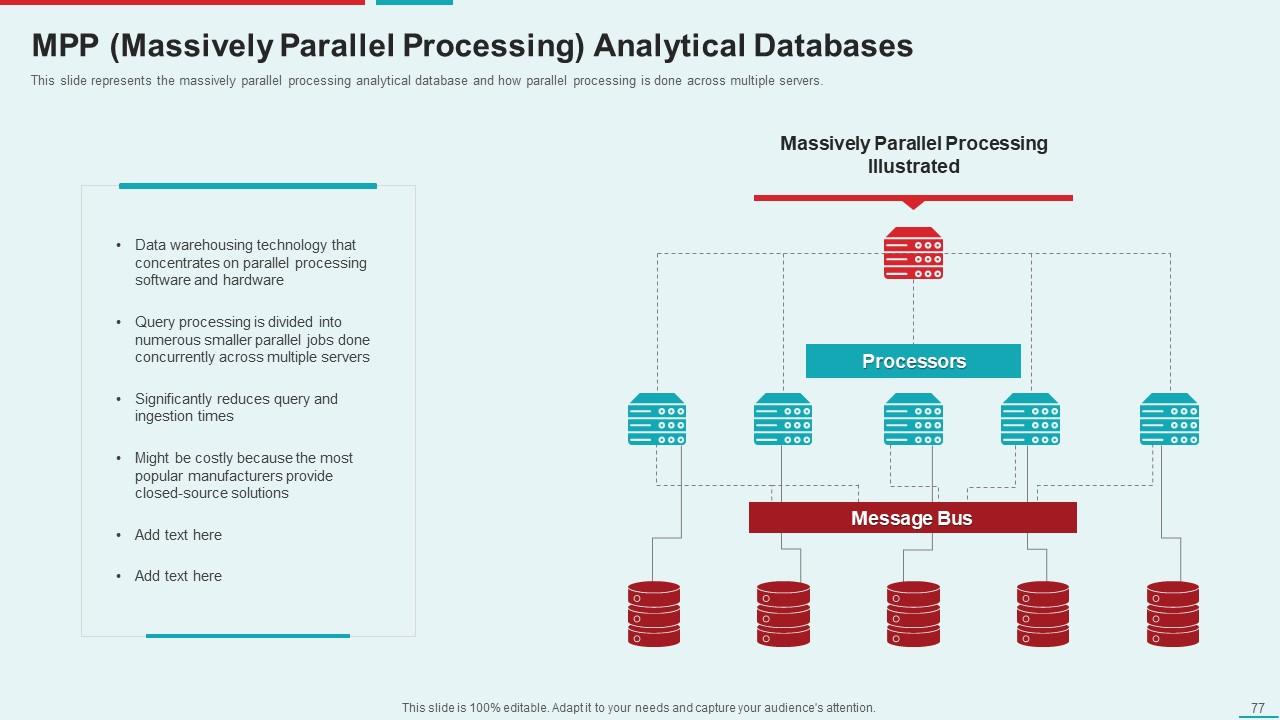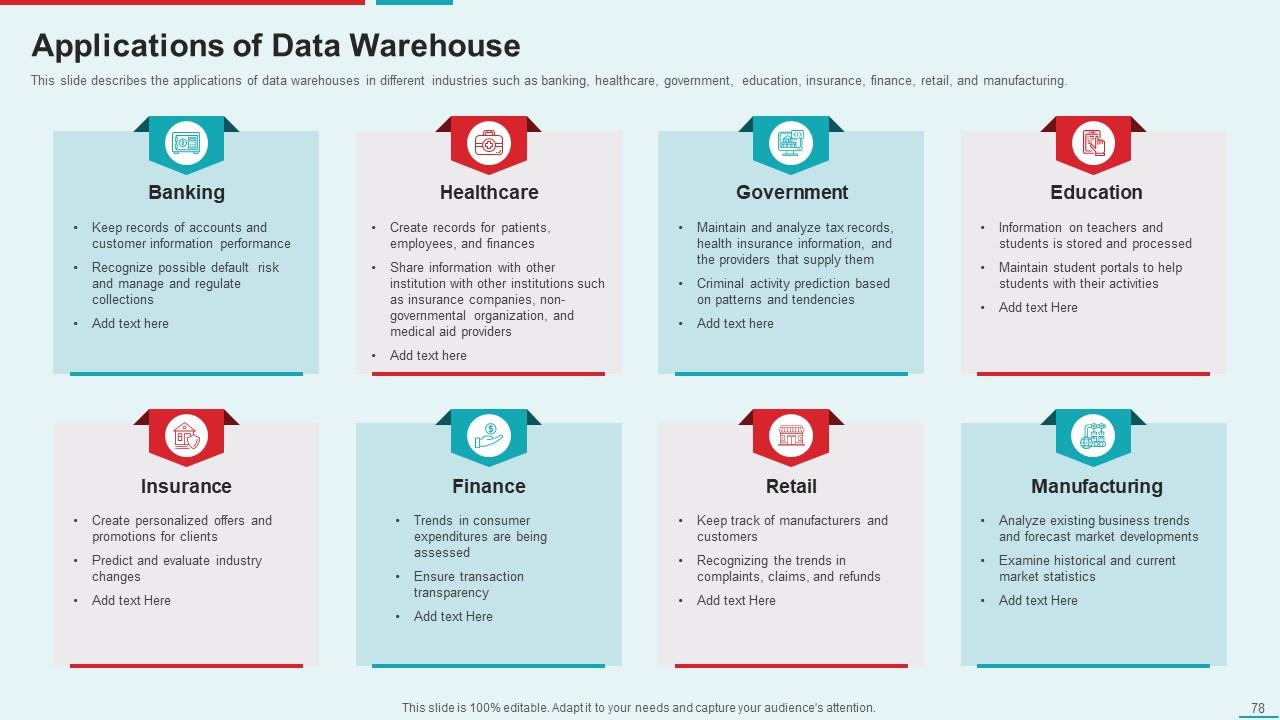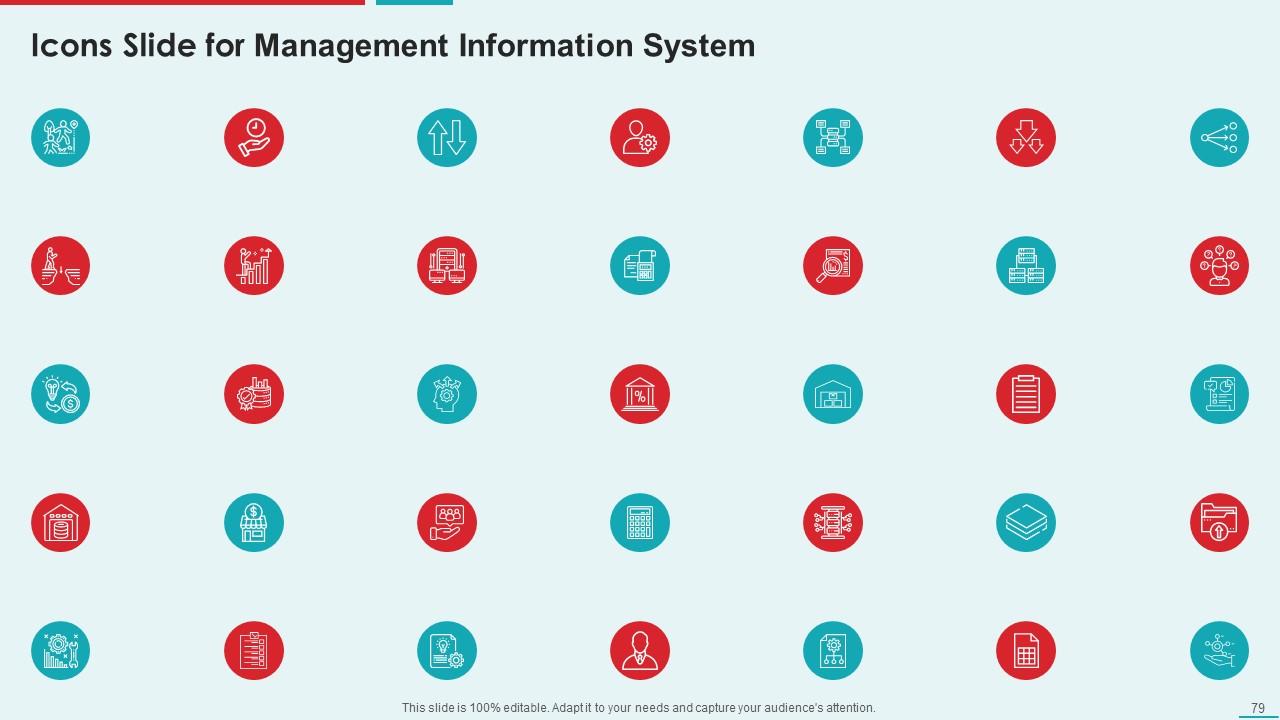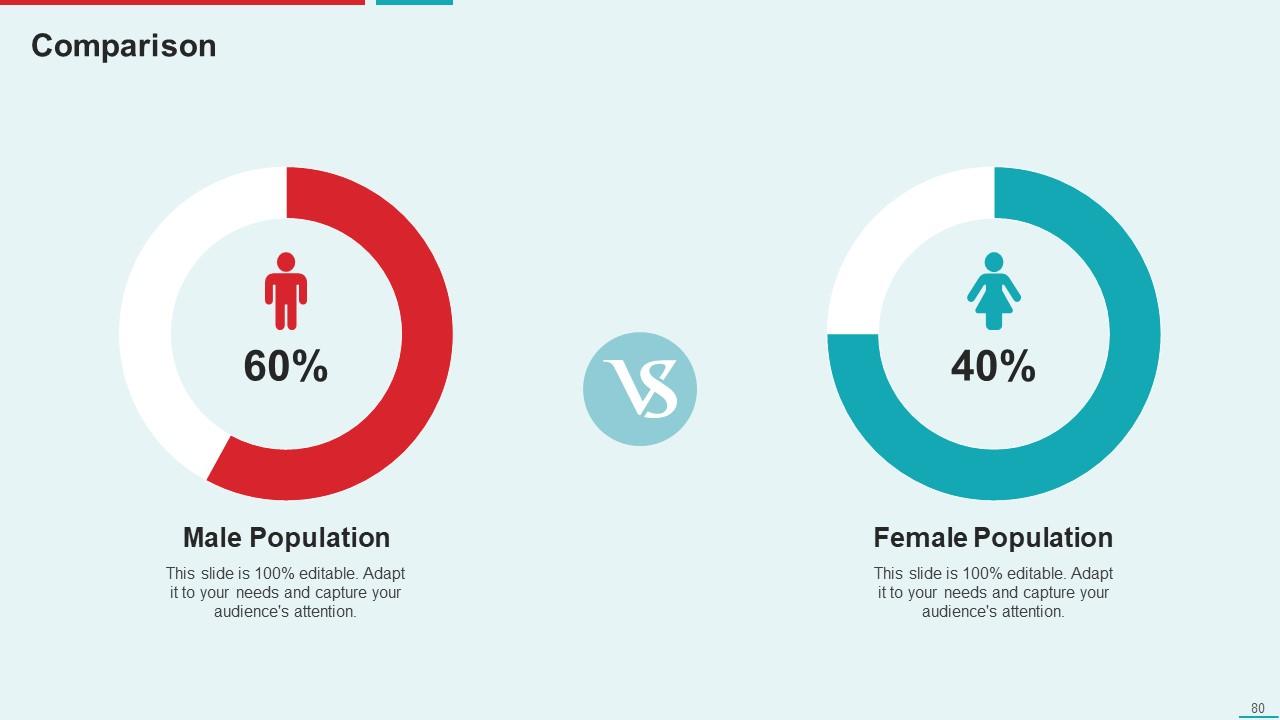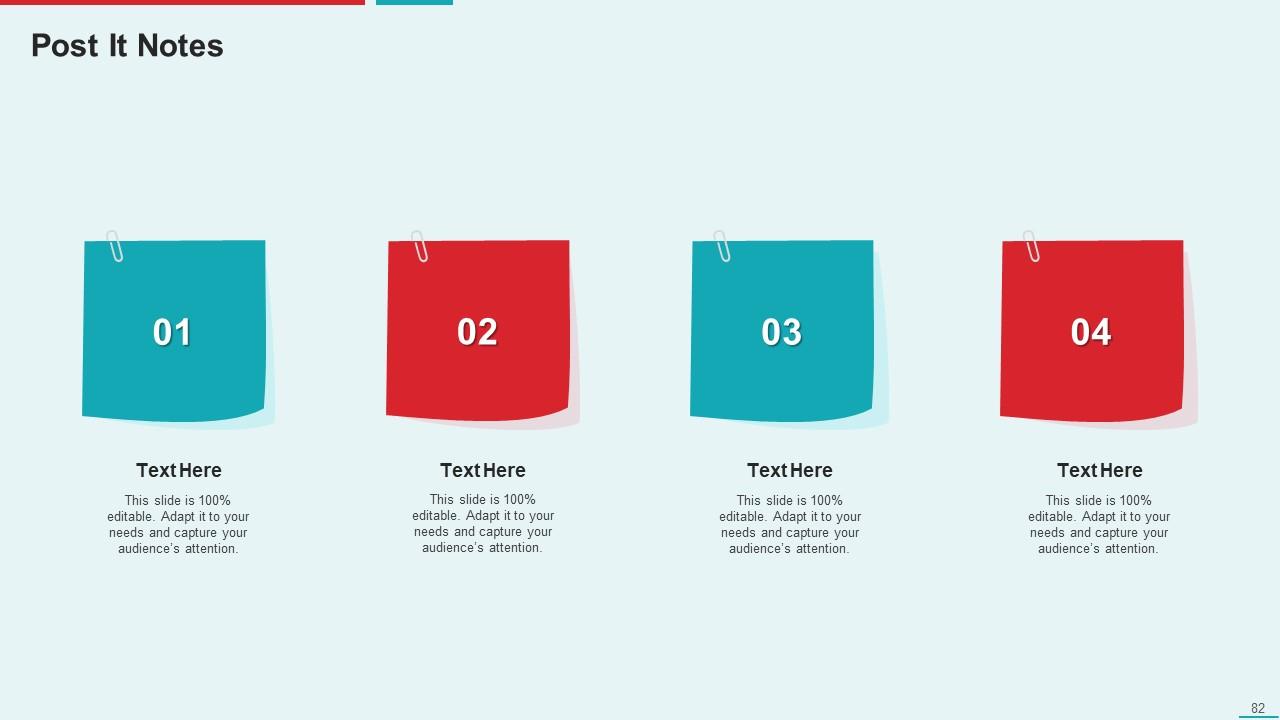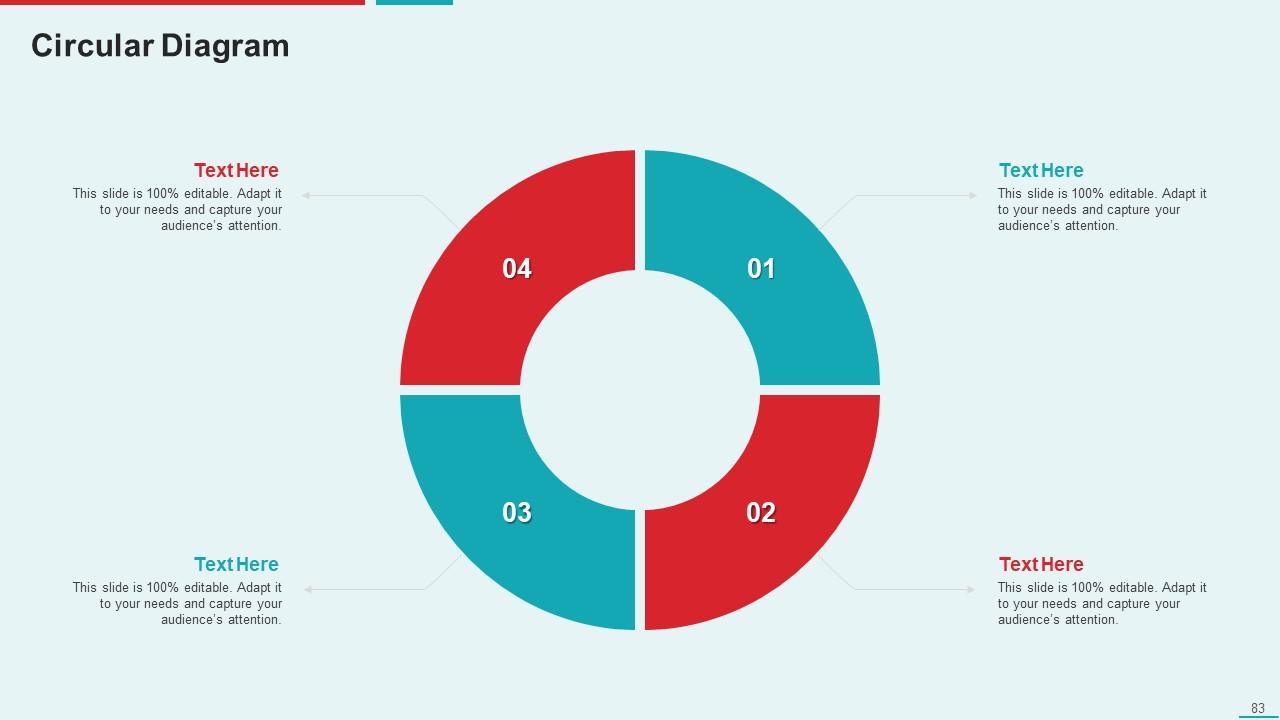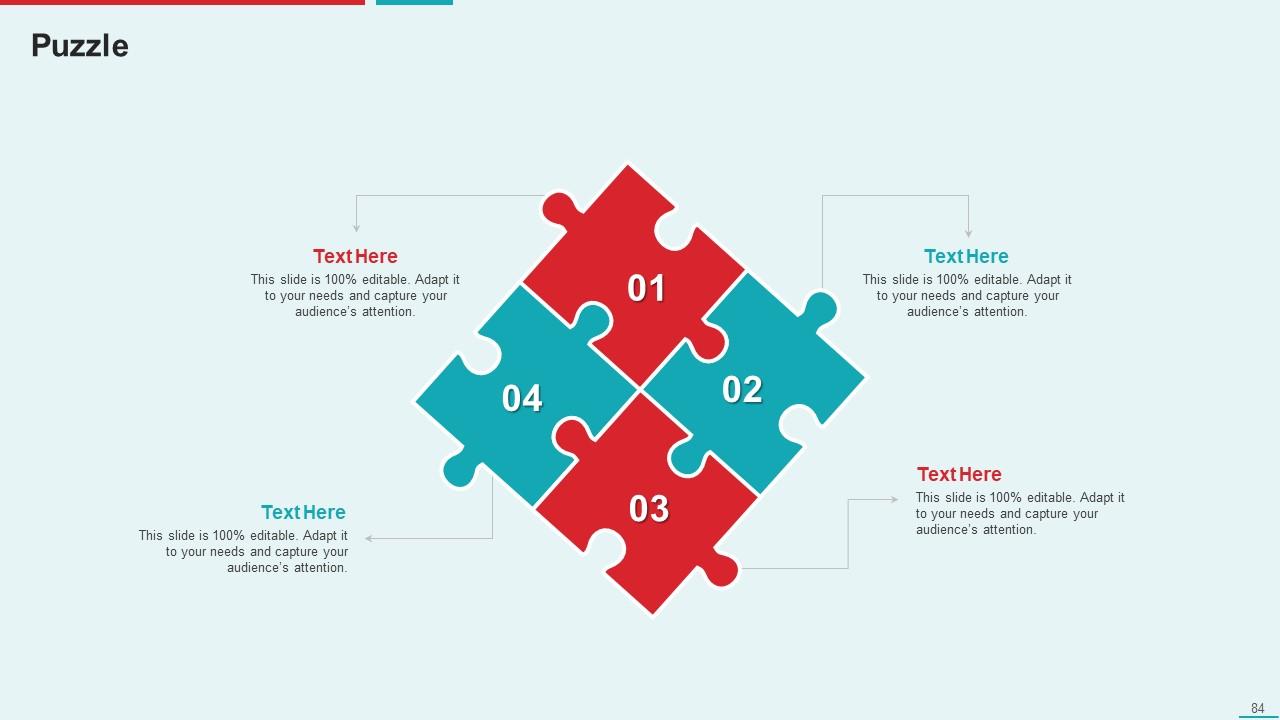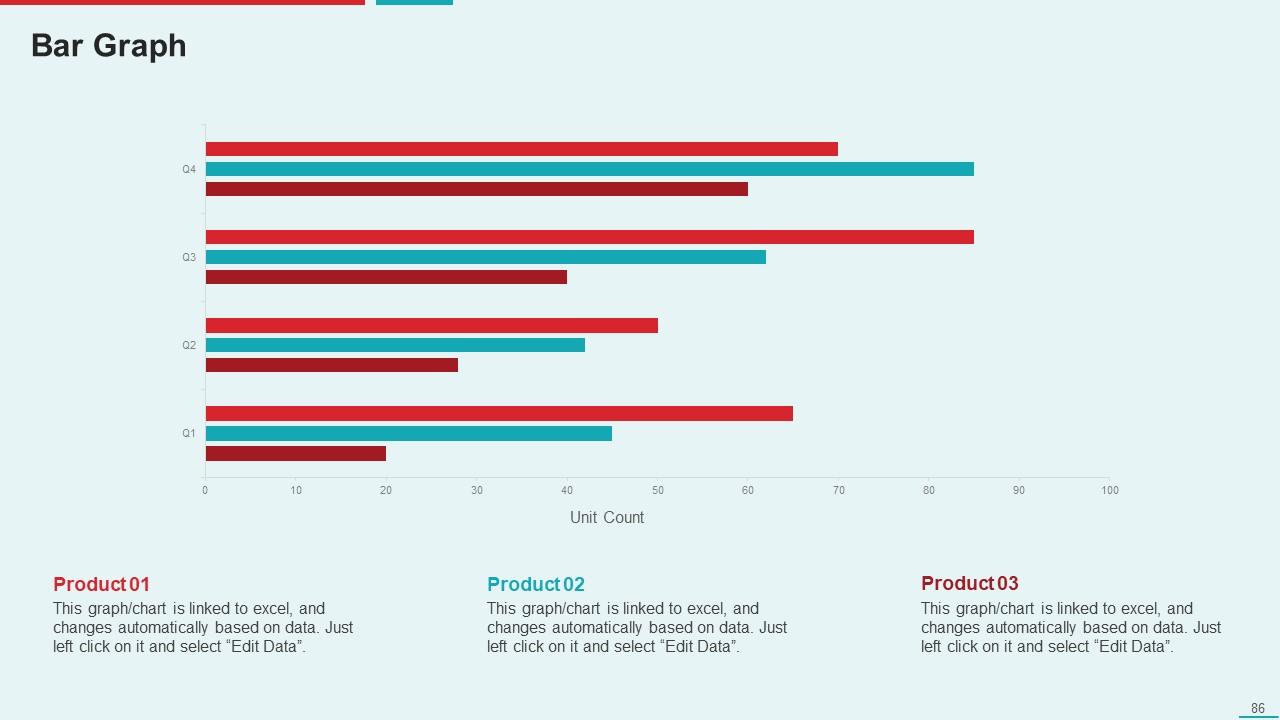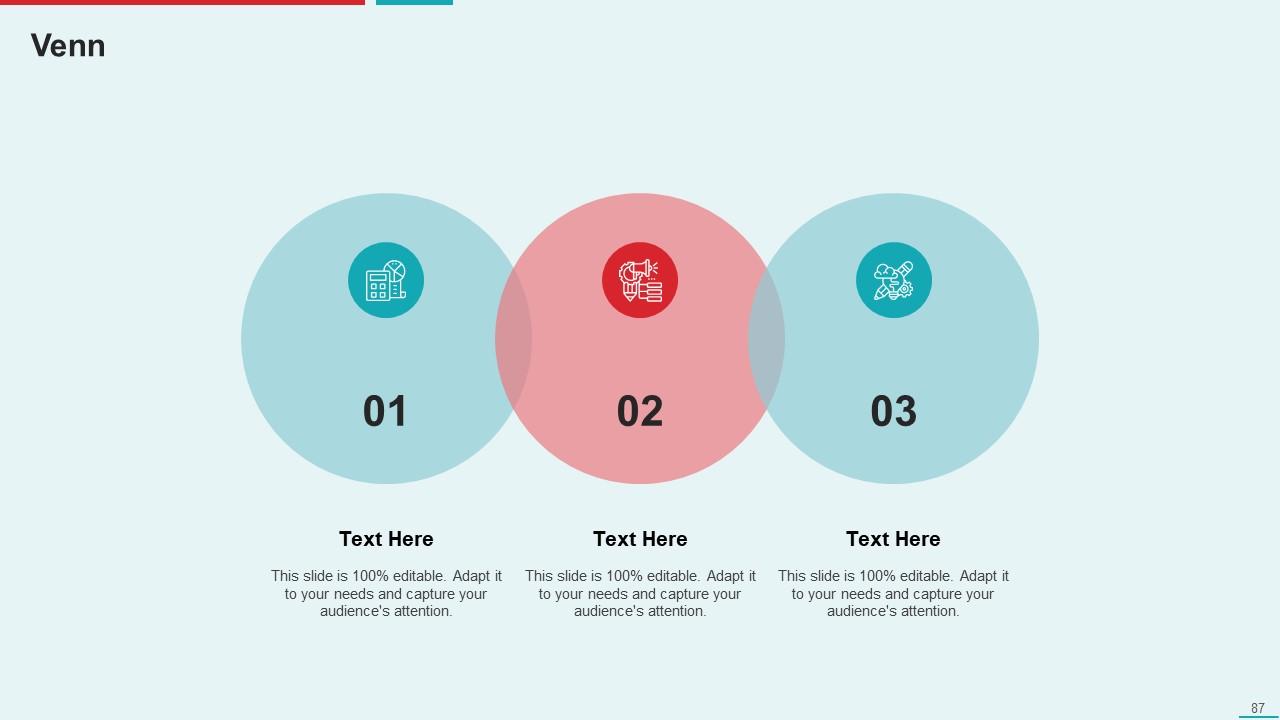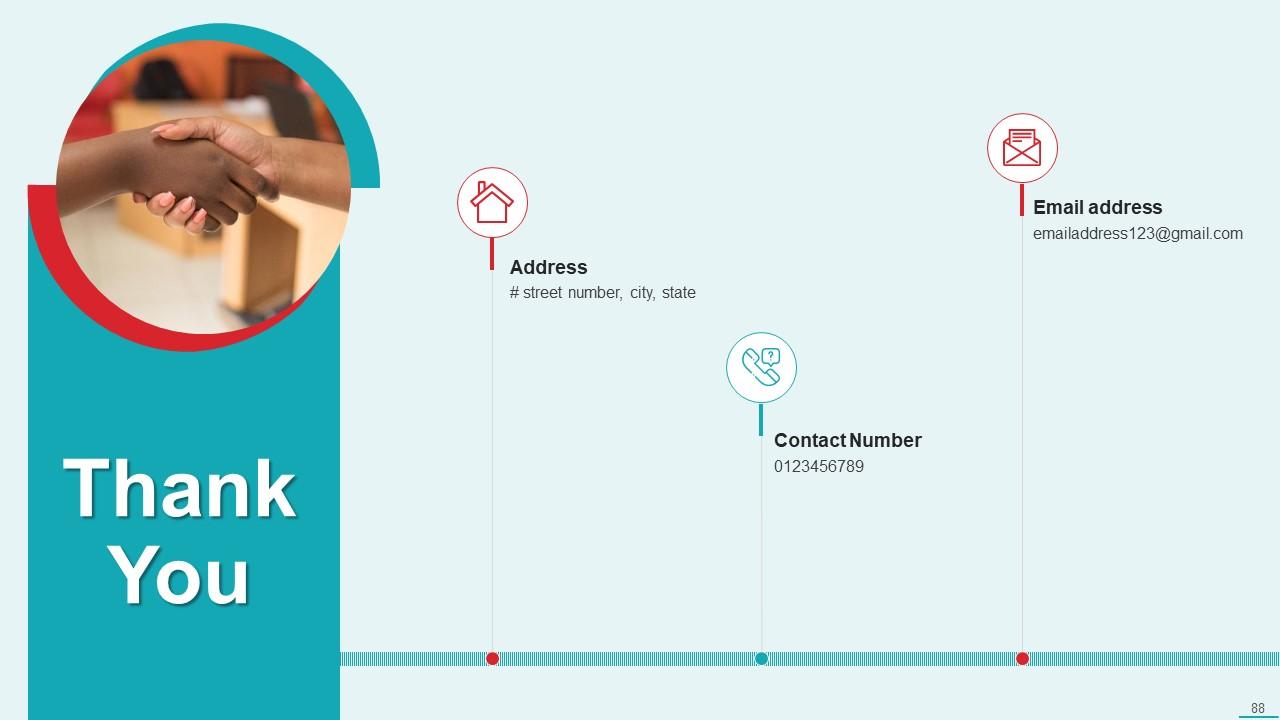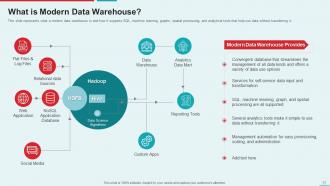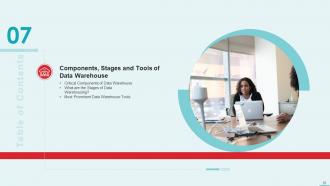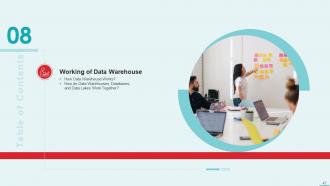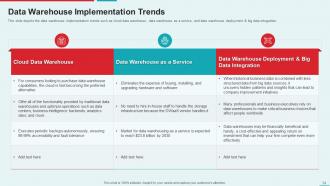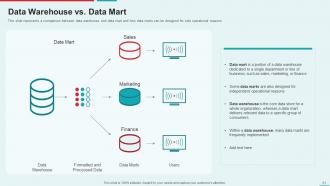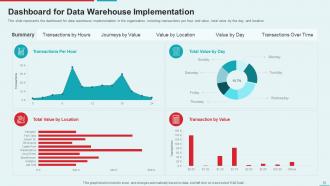Management Information System Powerpoint Presentation Slides
Corporation or other organization MIS is the safest electronic storing of information. The objective of a management information system is to build a treasure mine of historical data that can be accessed and analyzed to offer helpful insight into the business operations. Grab our professionally designed Management Information system MIS template that presents the companys current situation, gap analysis, the need for a data warehouse in the business, OLAP, OLTP, ETL, Schemas, MPP, etc. In this template, we have covered the features of MIS in different architectures such as primary, three tier, etc. Moreover, in this MIS template, we have included various types of data warehouses, cloud and modern data warehouses, components, general stages, etc. In addition, this PPT contains a working management information system, data warehouse design guidelines, approaches such as top down and bottom up, implementation of MIS, etc. Furthermore, this template compares MIS with other storage systems such as databases, operational database systems, Data Lake, and data mart. Lastly, this deck comprises the impacts of MIS implementation on business, a 30 60 90 days plan, a roadmap to implement a management information system, and a dashboard. Download it now.
Corporation or other organization MIS is the safest electronic storing of information. The objective of a management inform..
- Google Slides is a new FREE Presentation software from Google.
- All our content is 100% compatible with Google Slides.
- Just download our designs, and upload them to Google Slides and they will work automatically.
- Amaze your audience with SlideTeam and Google Slides.
-
Want Changes to This PPT Slide? Check out our Presentation Design Services
- WideScreen Aspect ratio is becoming a very popular format. When you download this product, the downloaded ZIP will contain this product in both standard and widescreen format.
-

- Some older products that we have may only be in standard format, but they can easily be converted to widescreen.
- To do this, please open the SlideTeam product in Powerpoint, and go to
- Design ( On the top bar) -> Page Setup -> and select "On-screen Show (16:9)” in the drop down for "Slides Sized for".
- The slide or theme will change to widescreen, and all graphics will adjust automatically. You can similarly convert our content to any other desired screen aspect ratio.
Compatible With Google Slides

Get This In WideScreen
You must be logged in to download this presentation.
PowerPoint presentation slides
Deliver this complete deck to your team members and other collaborators. Encompassed with stylized slides presenting various concepts, this Management Information System Powerpoint Presentation Slides is the best tool you can utilize. Personalize its content and graphics to make it unique and thought-provoking. All the eighty eight slides are editable and modifiable, so feel free to adjust them to your business setting. The font, color, and other components also come in an editable format making this PPT design the best choice for your next presentation. So, download now.
People who downloaded this PowerPoint presentation also viewed the following :
Content of this Powerpoint Presentation
Slide 1: This slide displays title i.e. 'Management Information System' and your Company Name.
Slide 2: This slide presents agenda.
Slide 3: This slide exhibits table of contents.
Slide 4: This slide also shows table of contents.
Slide 5: This slide depicts title for two topics that are to be covered next in the template.
Slide 6: This slide depicts the current situation of our company by displaying the ratio of unstructured and structured data stored in the database.
Slide 7: This slide describes the gap in the organization by showing how big data is causing challenges and how a data warehouse will help provide solutions.
Slide 8: This slide depicts title for three topics that are to be covered next in the template.
Slide 9: This slide represents the need for a data warehouse in the organization, such as data quality, single point for all data for all users, etc.
Slide 10: This slide describes the need for a data warehouse based on business users, storage for historical data, make strategic decisions, etc.
Slide 11: This slide depicts the data warehouse benefits for organizations such as time-saving, improved business intelligence, improved data quality, etc.
Slide 12: This slide depicts title for five topics that are to be covered next in the template.
Slide 13: This slide represents the characteristics of data warehouses such as subject-oriented, integrated, time-variant, and non-volatile.
Slide 14: This slide represents the subject-oriented feature of data warehouse and various operational applications and data warehouse subjects sales, product, etc.
Slide 15: This slide depicts the integrated feature of the data warehouse and how different subjects are stored within one place in the data warehouse.
Slide 16: This slide describes the time-variant feature of data warehouses and how they can store years-old information, and users can easily access that information.
Slide 17: This slide illustrates the non-volatile feature of the data warehouse, and it doesn’t support operational data changes such as update, insert and delete.
Slide 18: This slide depicts title for six topics that are to be covered next in the template.
Slide 19: This slide depicts the basic architecture of a data warehouse and how information is processed and stored in this architecture through metadata, etc.
Slide 20: This slide depicts the three-tier data warehouse architecture, including functions performed at the bottom tier, middle tier tasks, tools used at the top tier.
Slide 21: This slide describes a data warehouse architecture with a staging area and how staging helps clean and process the information.
Slide 22: This slide depicts a data warehouse architecture with a staging area and data marts and how it can be used for different groups within an organization.
Slide 23: This slide describes the data warehouse bus architecture and how it decides the flow of the data in the data warehouse, such as inflow, outflow, etc.
Slide 24: This slide describes the different views of data warehouses, such as top-down view, data source view, data warehouse view, and business query view.
Slide 25: This slide depicts title for eight topics that are to be covered next in the template.
Slide 26: This slide depicts the various types of data warehouses, such as enterprise data warehouses, operational data stores, and data marts.
Slide 27: This slide describes the enterprise data warehouse (EDW) and its architecture, including the data source layer, staging area, data storage layer, etc.
Slide 28: This slide represents the types of enterprise data warehouses such as on-premises data warehouses, cloud-hosted data warehouses, and hybrid data warehouses.
Slide 29: This slide illustrates the operational data store and its architecture, including data sources such as unstructured and structured, ETL operations, and applications.
Slide 30: This slide depicts the data mart type of data warehouse, its architecture, and how a single department manages it in an organization.
Slide 31: This slide depicts the dependent data mart and how it can be established in two ways, such as access to both data warehouse and data mart, etc.
Slide 32: This slide represents the independent data mart and has no connection with the central data warehouse, and is best suited for small groups or departments.
Slide 33: This slide depicts the hybrid data mart and how data is integrated into this type of data mart other than data warehouse and valuable for ad hoc integration.
Slide 34: This slide depicts title for three topics that are to be covered next in the template.
Slide 35: This slide depicts what a cloud data warehouse is and how it can store data from many data sources and is scalable as per the organizational needs.
Slide 36: This slide shows the benefits of cloud data warehouses, such as cost reduction, data security, 99.99% reliability, etc.
Slide 37: This slide represents what a modern data warehouse is and how it supports SQL, machine learning, graphs, spatial processing, etc.
Slide 38: This slide depicts title for three topics that are to be covered next in the template.
Slide 39: This slide represents the critical components of a data warehouse, such as load manager, warehouse manager, query manager, and end-user access tools.
Slide 40: This slide represents the stages of data warehouse such as operational database, offline data warehouse, real-time data warehouse, and integrated data warehouse.
Slide 41: This slide represents the most prominent data warehouse solutions such as MarkLogic, Amazon RedShift, and Oracle, along with their characteristics.
Slide 42: This slide depicts title for two topics that are to be covered next in the template.
Slide 43: This slide depicts how the data warehouse works, including how operations such as extraction, transformation, and loading are performed on data in the data warehouse.
Slide 44: This slide represents how data warehouses, databases, and data lakes work together to process the data and carry out beneficial outputs.
Slide 45: This slide depicts title for three topics that are to be covered next in the template.
Slide 46: This slide represents the guidelines for data warehouse design, such as describing the business requirements, development of conceptual design, etc.
Slide 47: This slide represents the top-down design approach of the data warehouse, including its features such as time-variant, non-volatile, subject-oriented, etc.
Slide 48: This slide depicts the bottom-up design approach of the data warehouse and how data mart is built firstly in this approach.
Slide 49: This slide depicts title for seven topics that are to be covered next in the template.
Slide 50: This slide depicts the business best practices to implement a data warehouse, including describing the required data, team building, etc.
Slide 51: This slide describes the IT best practices for implementing a data warehouse, including tracking performance & security, etc.
Slide 52: This slide describes the checklist to implement a data warehouse in the company, including strategies to assess data, organization of data, etc.
Slide 53: This slide represents the steps to implement a data warehouse in the organization, including enterprise strategies, phased delivery, and iterative prototyping.
Slide 54: This slide depicts the data warehouse implementation trends such as cloud data warehouse, data warehouse as a service, and data warehouse deployment.
Slide 55: This slide represents the autonomous data warehouse with zero complexity deployment and how it will automate the routine and monotonous tasks.
Slide 56: This slide describes the budget for data warehouse implementation, including storage on the cloud, storage on-premise, BI and ETL tools, HR, etc.
Slide 57: This slide depicts title for five topics that are to be covered next in the template.
Slide 58: This slide depicts a comparison between database and data warehouse based on the design, type of information both stores, data sources, data availability, etc.
Slide 59: This slide depicts the comparison between data warehouse and operational database systems based on design, purpose, data storage orientation, performance, etc.
Slide 60: This slide depicts the comparison between data warehouse and data lake and how data is stored in the data warehouse as well as data lakes.
Slide 61: This slide represents a comparison between data warehouse and data mart and how data marts can be designed for sole operational reasons.
Slide 62: This slide represents the comparison between data warehousing and business intelligence and how business intelligence helps to generate useful output from raw data.
Slide 63: This slide depicts title for the topic that is to be covered next in the template.
Slide 64: This slide represents the impacts of data warehouse implementation on the company and how it enhances the productivity of employees and decision-making.
Slide 65: This slide depicts title for the topic that is to be covered next in the template.
Slide 66: This slide represents the 30-60-90 days plan to implement a data warehouse in the company by including the tasks performed in the implementation process.
Slide 67: This slide depicts title for the topic that is to be covered next in the template.
Slide 68: This slide depicts the roadmap for data warehouse implementation in the company by describing the steps to be performed while implementing a data warehouse.
Slide 69: This slide depicts title for the topic that is to be covered next in the template.
Slide 70: This slide represents the dashboard for data warehouse implementation in the organization, including transactions per hour and value, total value by the day, etc.
Slide 71: This slide presents title for additional slides.
Slide 72: This slide depicts title for six topics that are to be covered next in the template.
Slide 73: This slide represents what a data warehouse is, including its different data sources and the operations performed on that information.
Slide 74: This slide represents the OLAP and OLTP in data warehousing and how OLAP tools are used for multifaceted data analysis.
Slide 75: This slide represents the extract transform and load tools of the data warehouse and how they perform their jobs on the stored information in the data warehouse.
Slide 76: This slide depicts the schemas in data warehouses such as star schema and snowflake schema and how they store information within a data warehouse.
Slide 77: This slide represents the massively parallel processing analytical database and how parallel processing is done across multiple servers.
Slide 78: This slide describes the applications of data warehouses in different industries such as banking, healthcare, government, education, insurance, etc.
Slide 79: This is the icons slide.
Slide 80: This slide highlights comparison of products based on selects.
Slide 81: This slide shows about your company, target audience and its client's values.
Slide 82: This slide depicts posts for past experiences of clients.
Slide 83: This slide presents circular diagram.
Slide 84: This slide displays puzzle.
Slide 85: This slide highlights SWOT of the company.
Slide 86: This slide exhibits quarterly bar graph for different products. The charts are linked to Excel.
Slide 87: This slide displays Venn.
Slide 88: This is thank you slide & contains contact details of company like office address, phone no., etc.
Management Information System Powerpoint Presentation Slides with all 93 slides:
Use our Management Information System Powerpoint Presentation Slides to effectively help you save your valuable time. They are readymade to fit into any presentation structure.
FAQs
A data warehouse is a central repository for all data in an organization, which is designed to support business intelligence activities. It is needed to improve data quality, provide a single point for all data for all users, and make strategic decisions easier.
Data warehouses are subject-oriented, integrated, time-variant, and non-volatile, whereas operational databases are transaction-oriented, not integrated, and volatile. Data warehouses store historical data, while operational databases store real-time data.
A cloud data warehouse is a type of data warehouse that stores data from many sources and is scalable as per organizational needs. Its benefits include cost reduction, data security, high reliability, and scalability.
A data warehouse is a central repository for structured data, whereas a data lake is a central repository for both structured and unstructured data. A data warehouse is designed for business intelligence, while a data lake is designed for big data processing.
The critical components of a data warehouse include load manager, warehouse manager, query manager, and end-user access tools. The load manager is responsible for extracting, transforming, and loading data into the warehouse. The warehouse manager is responsible for storing and managing the data in the warehouse. The query manager is responsible for retrieving data from the warehouse, and end-user access tools are used by end-users to access the data stored in the warehouse.
-
Thank you for offering such helpful pre-designed templates. They are really beneficial to me in my job.
-
Appreciate the research and its presentable format.



